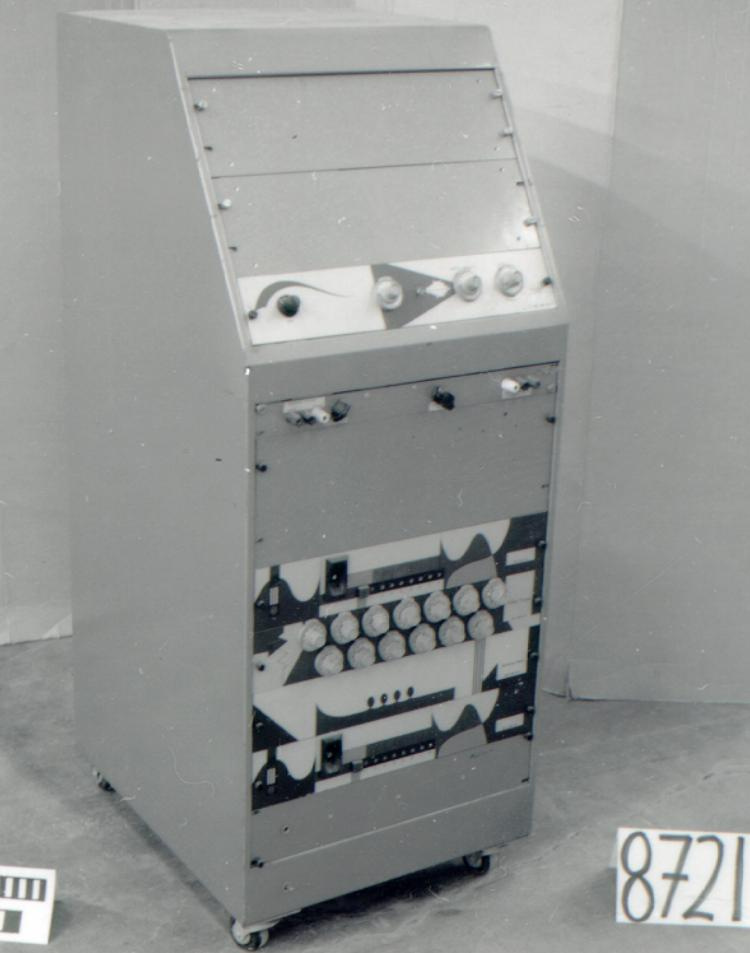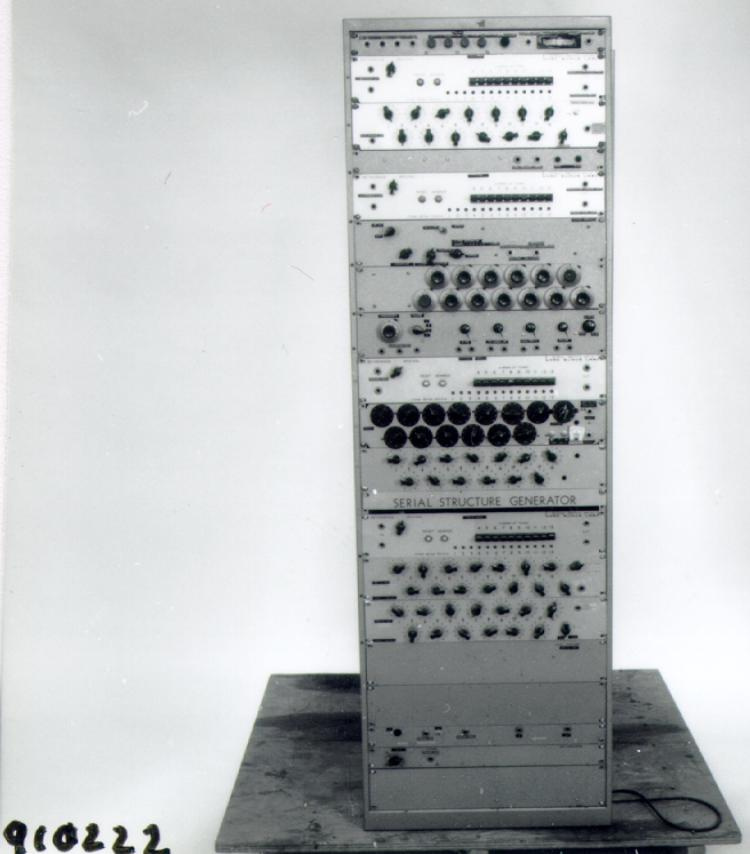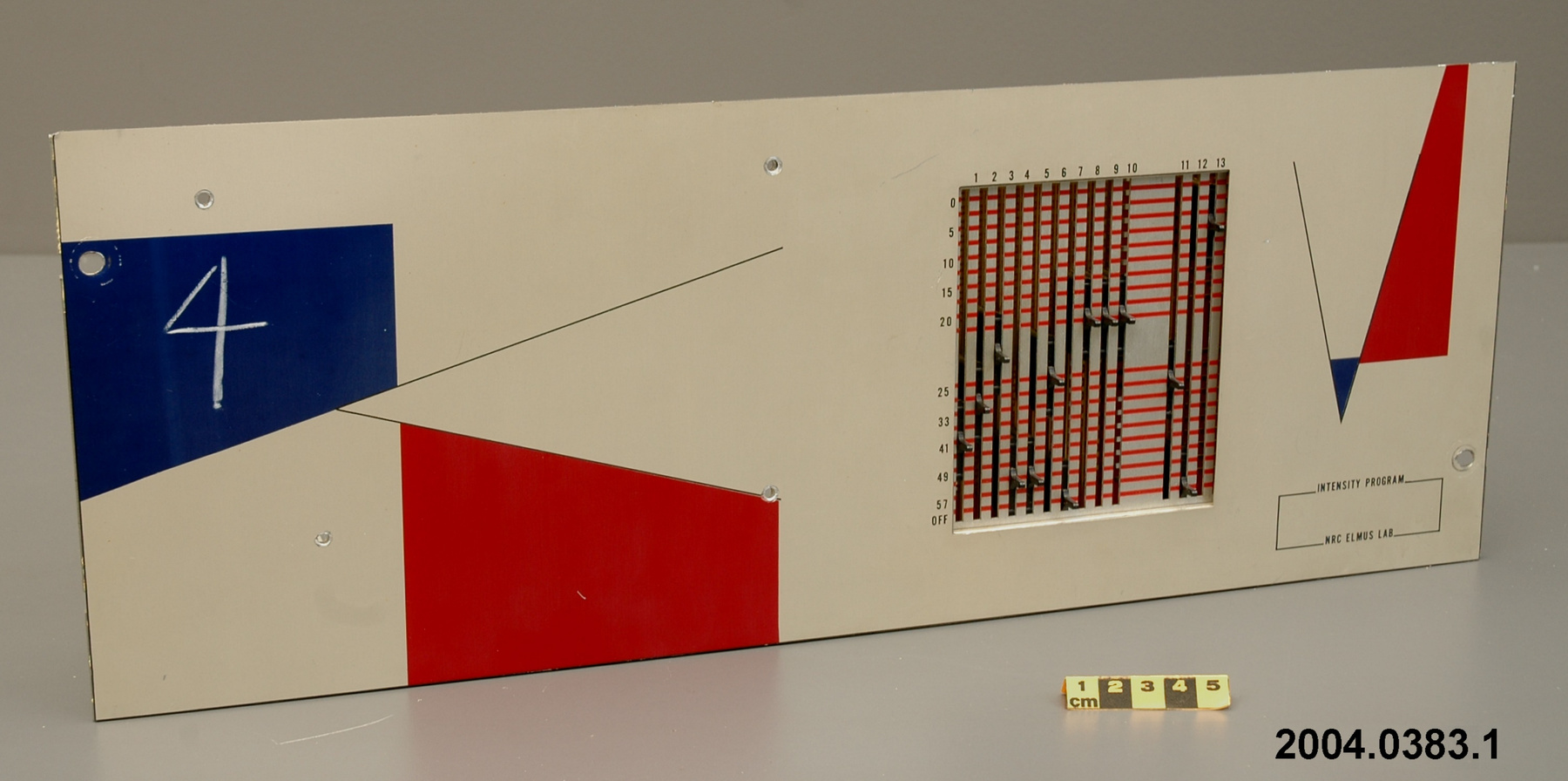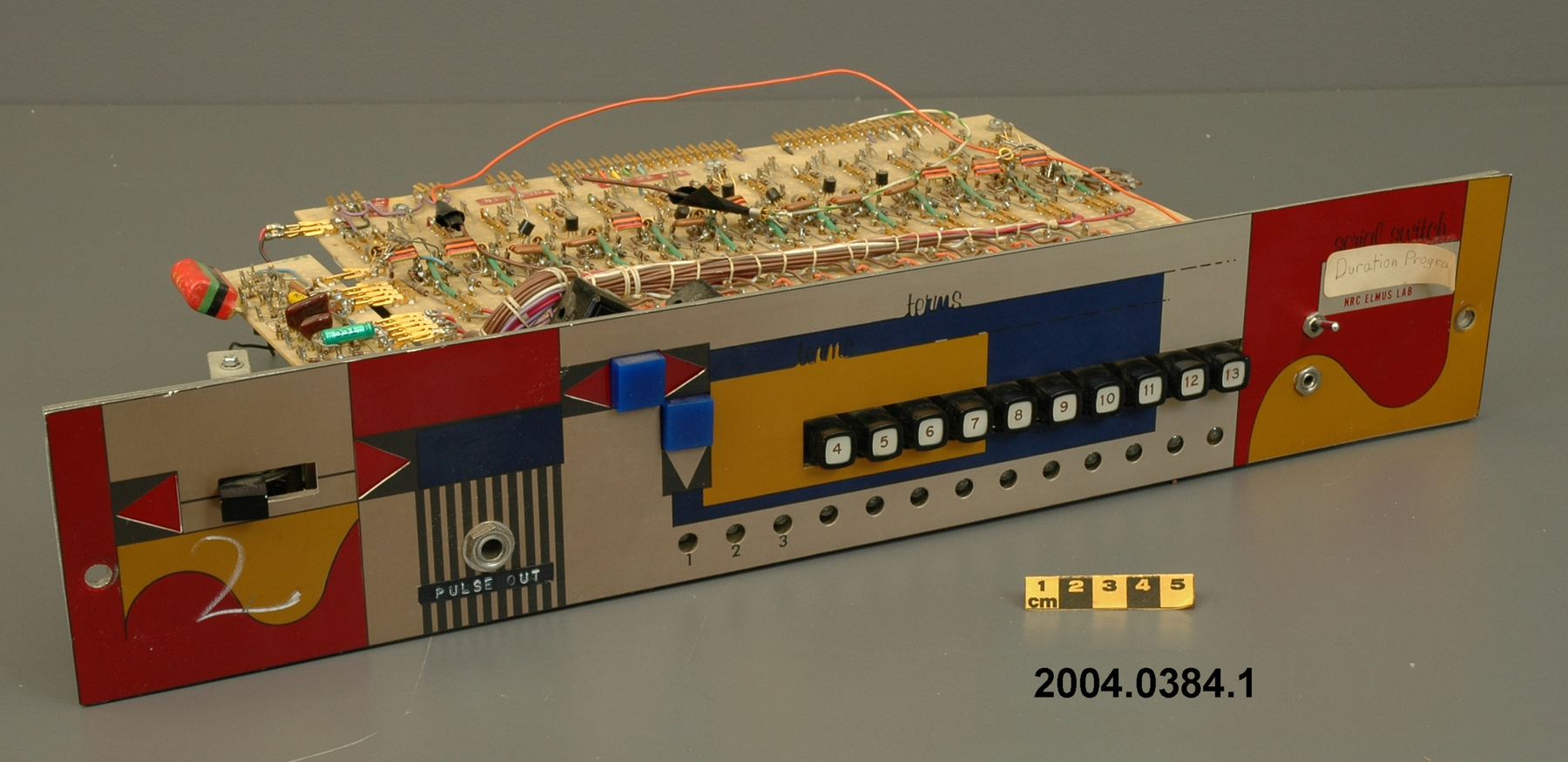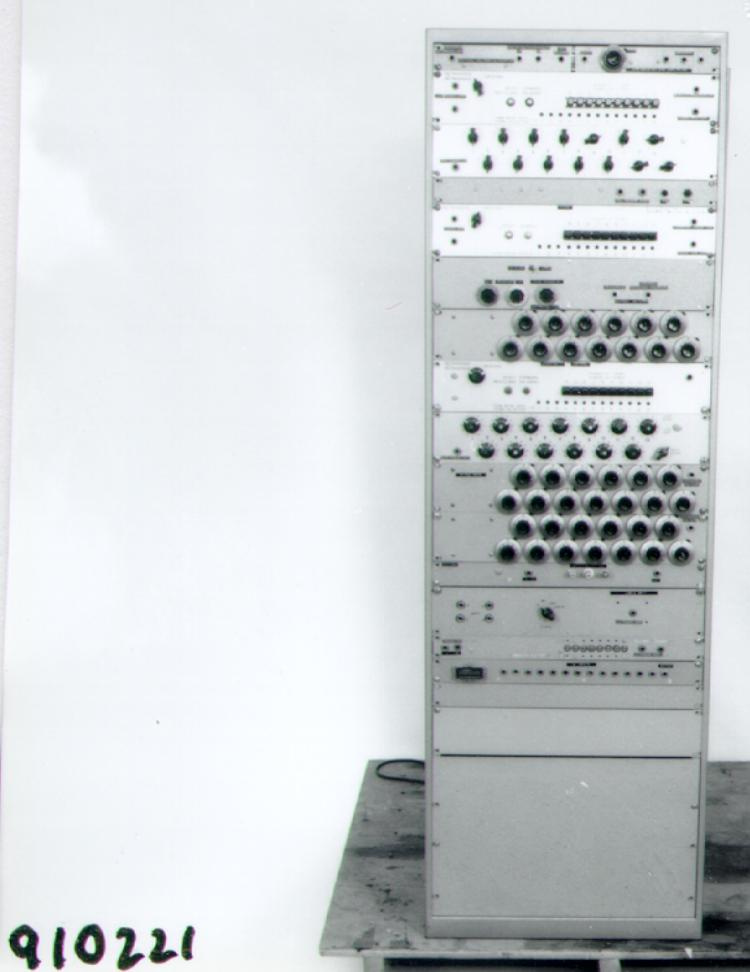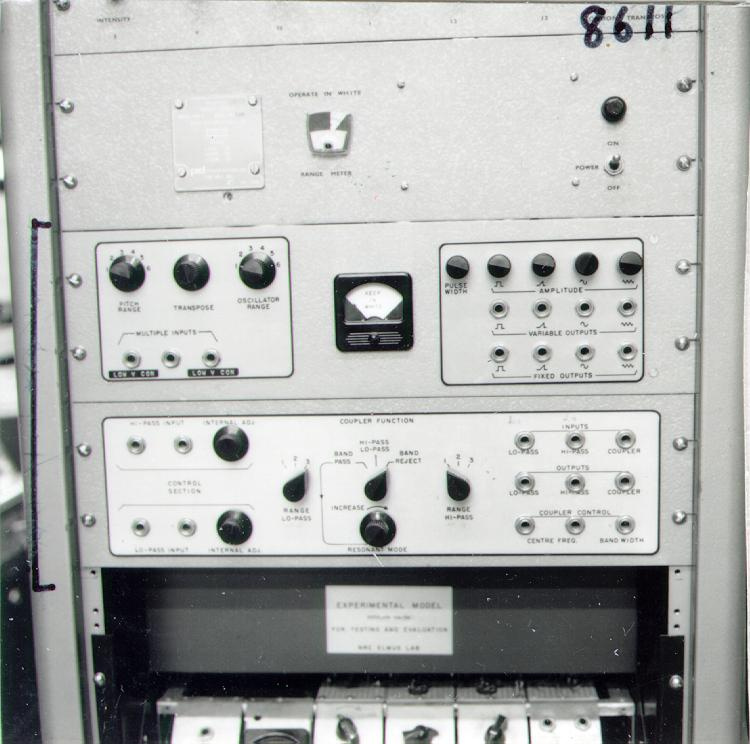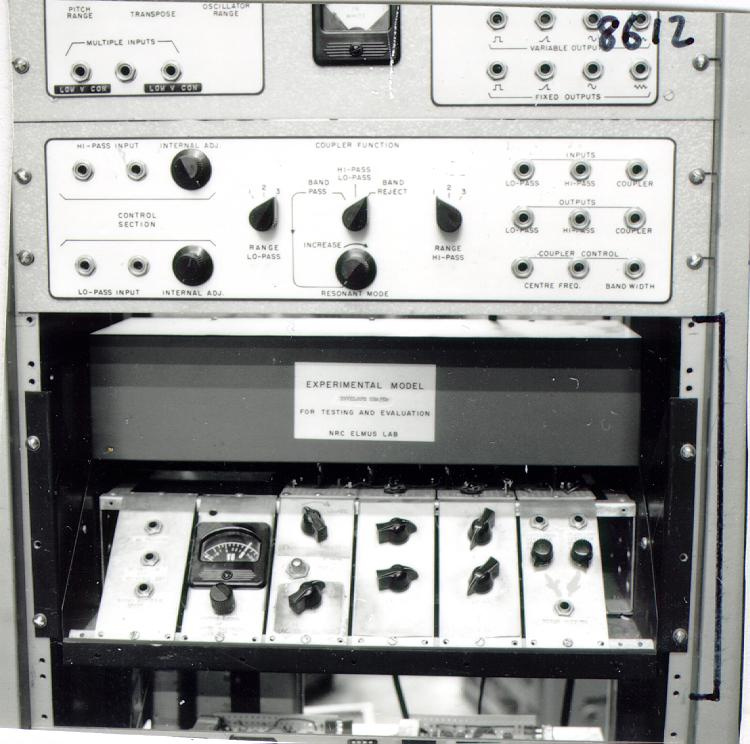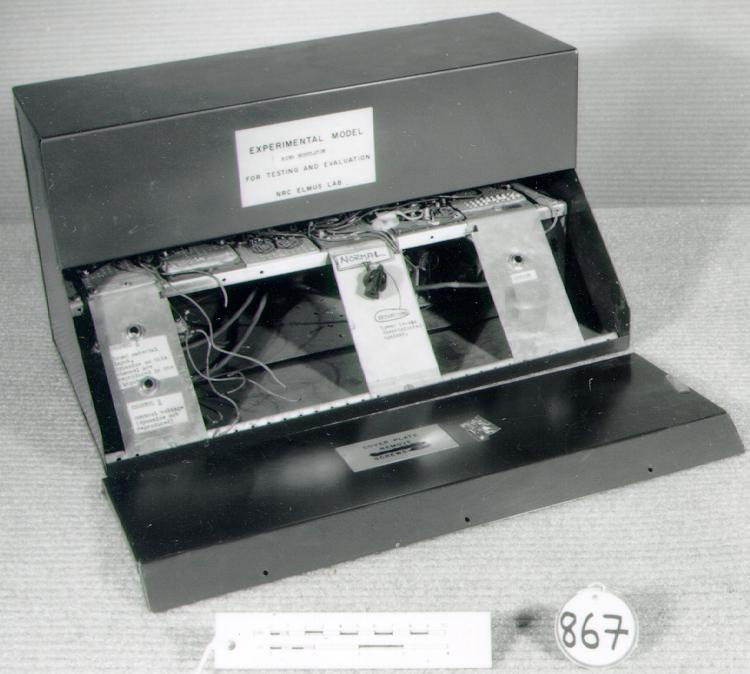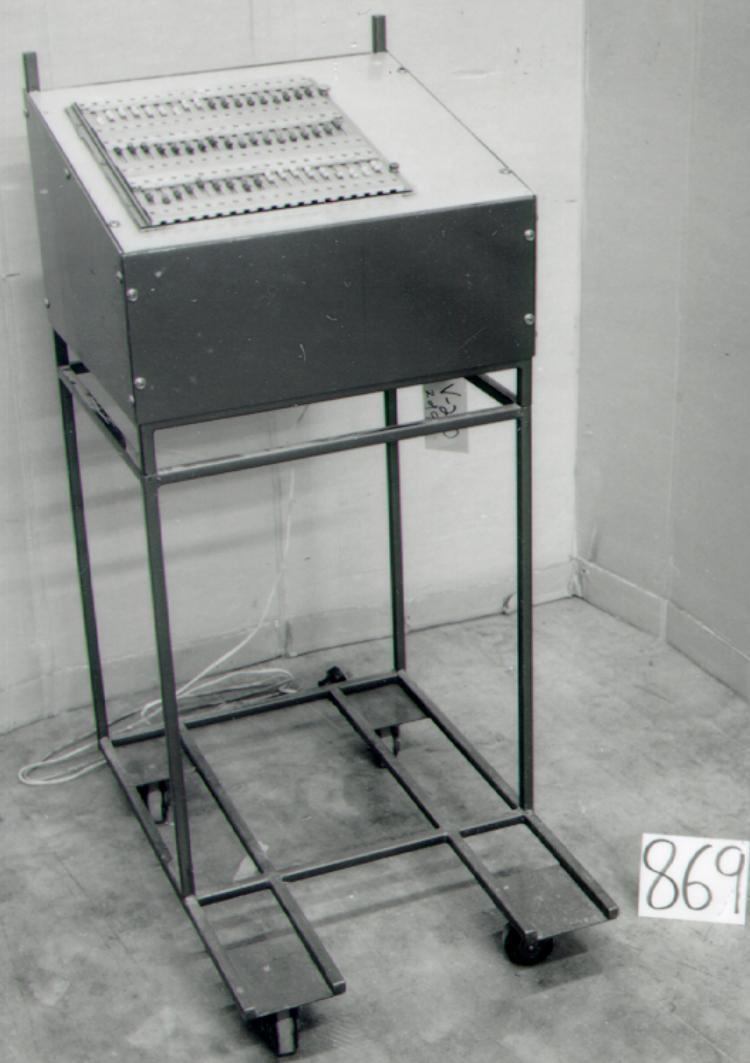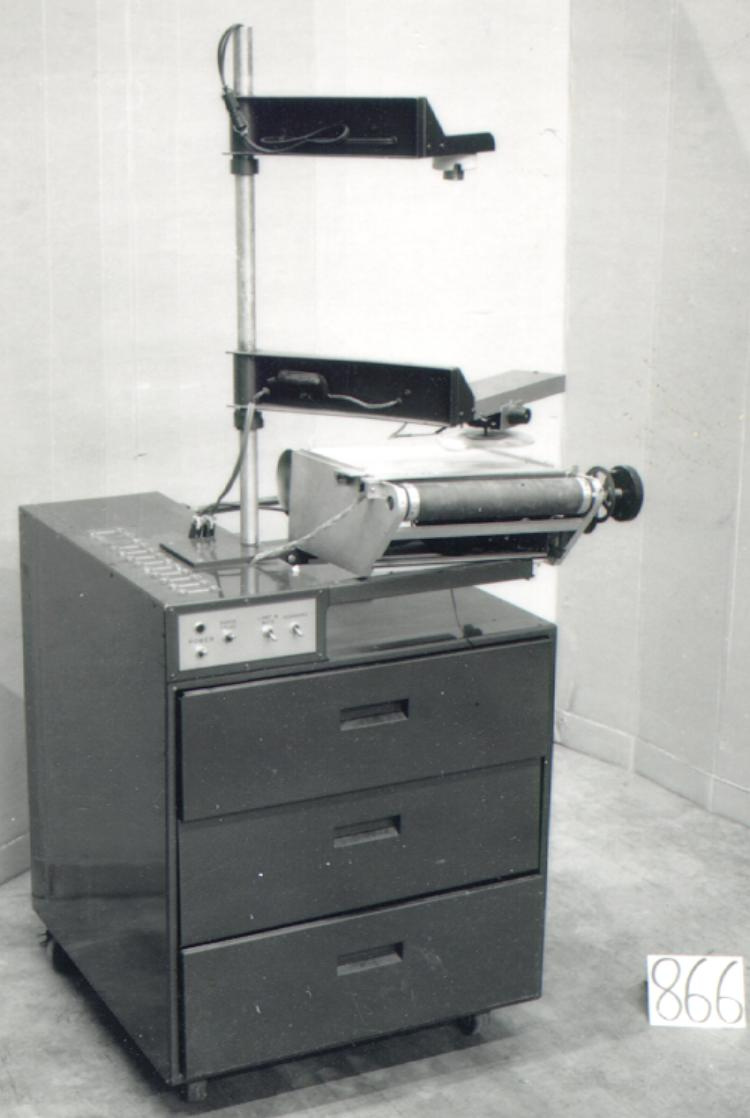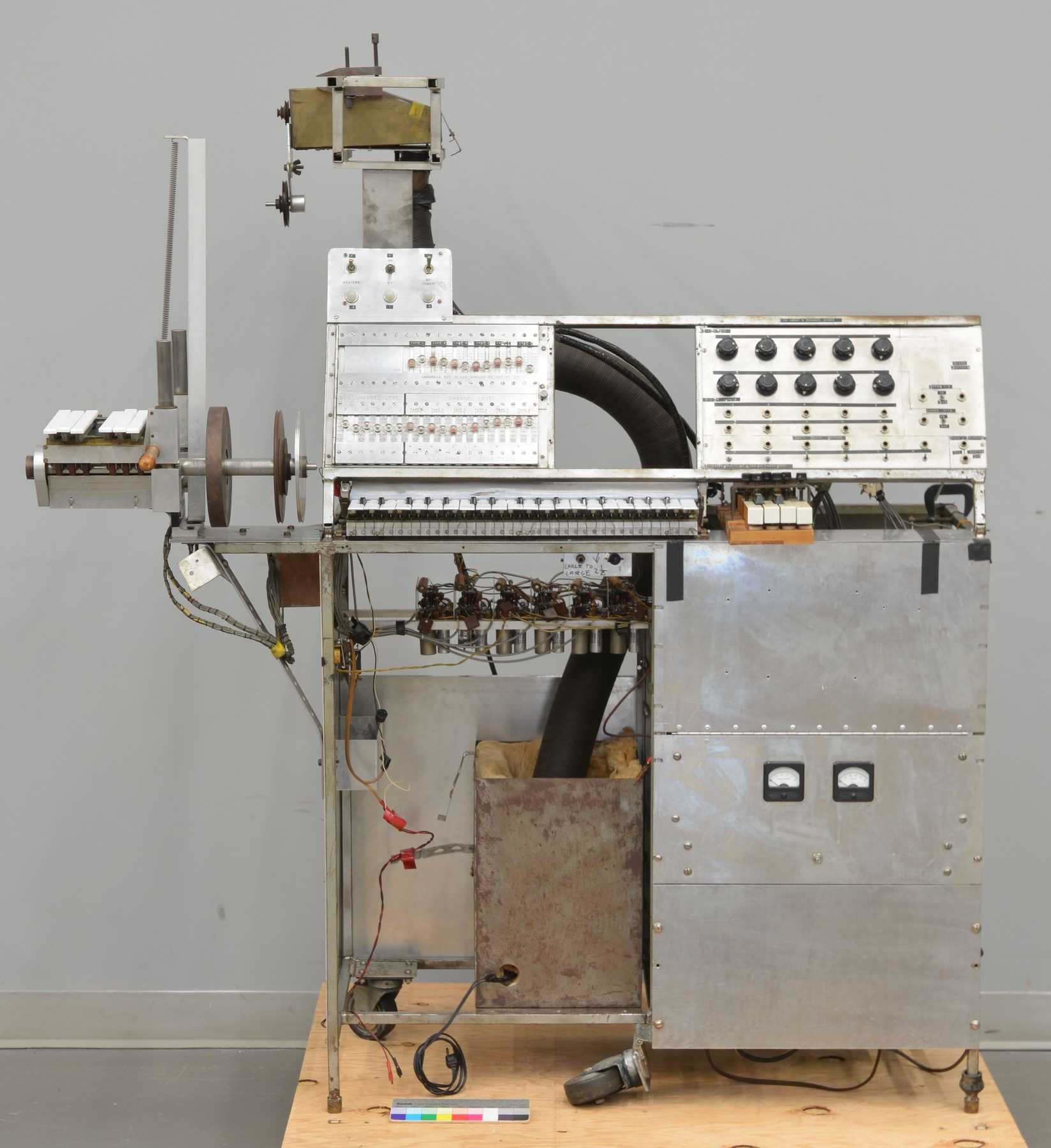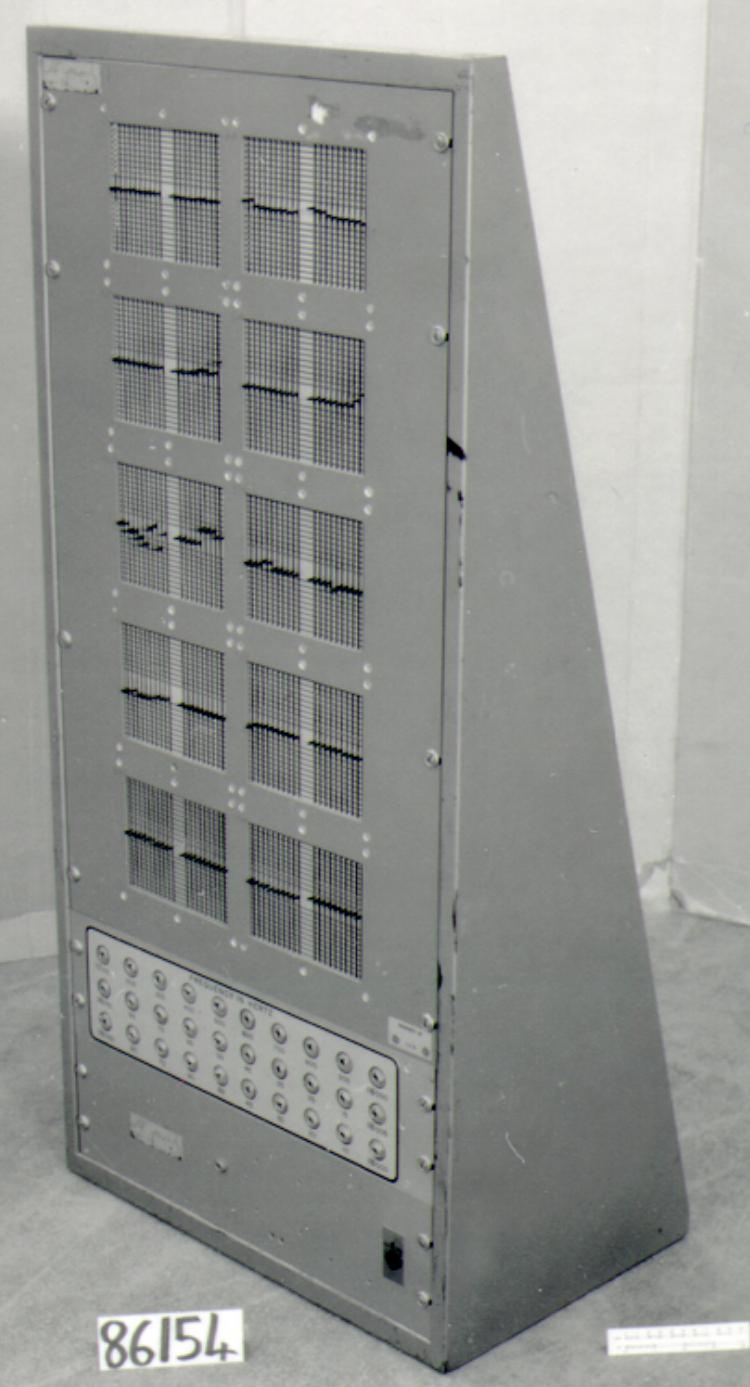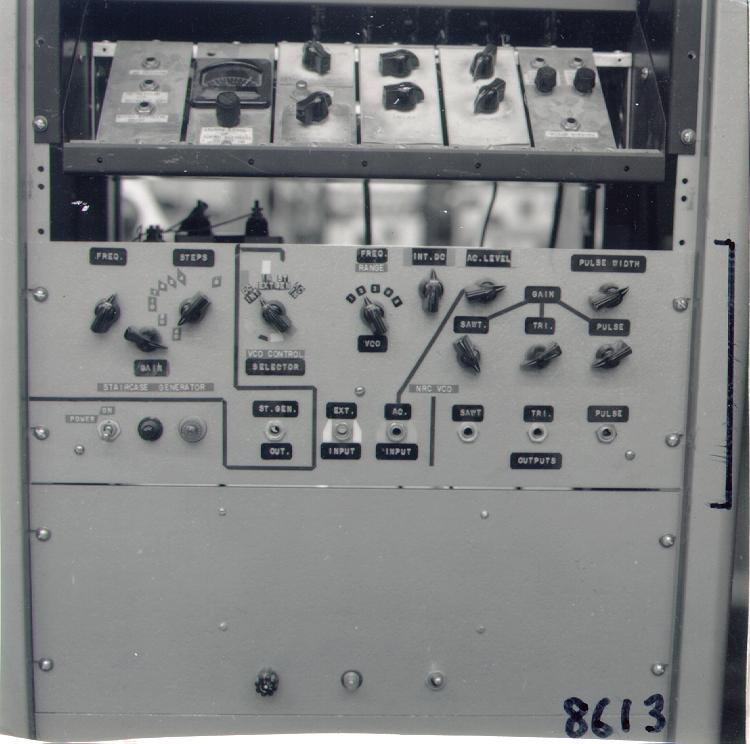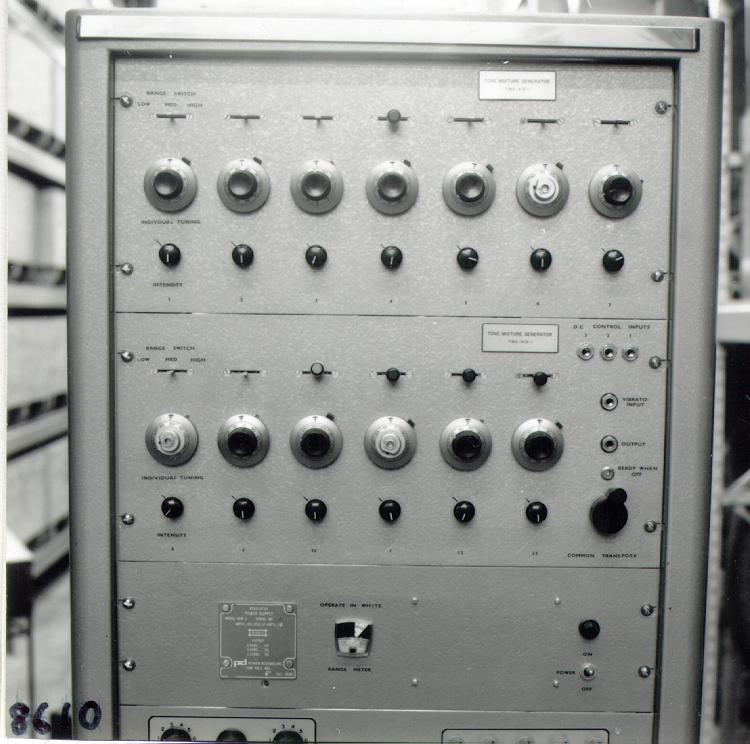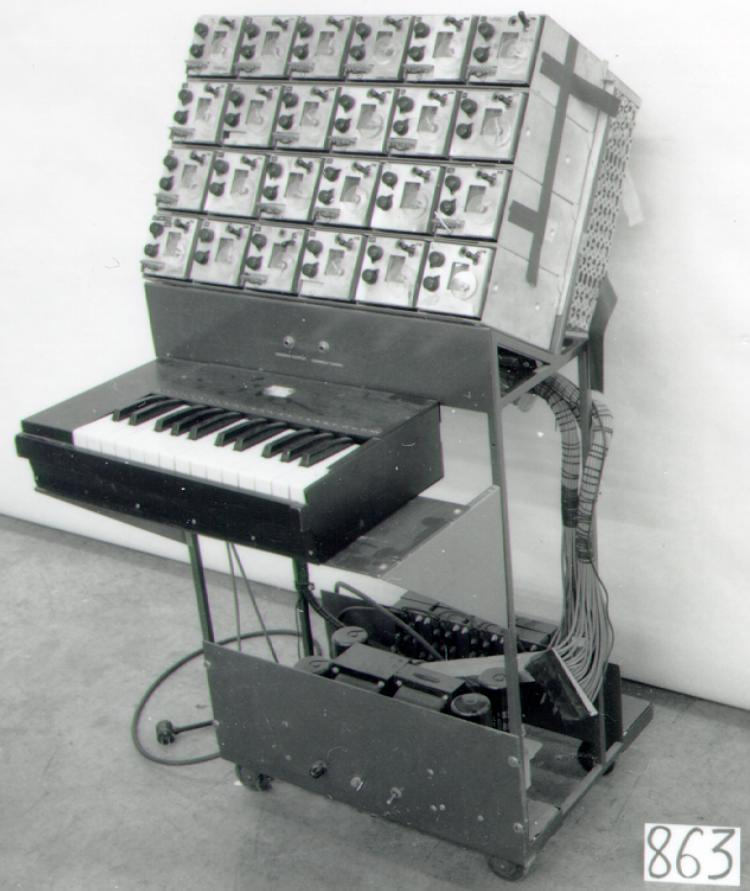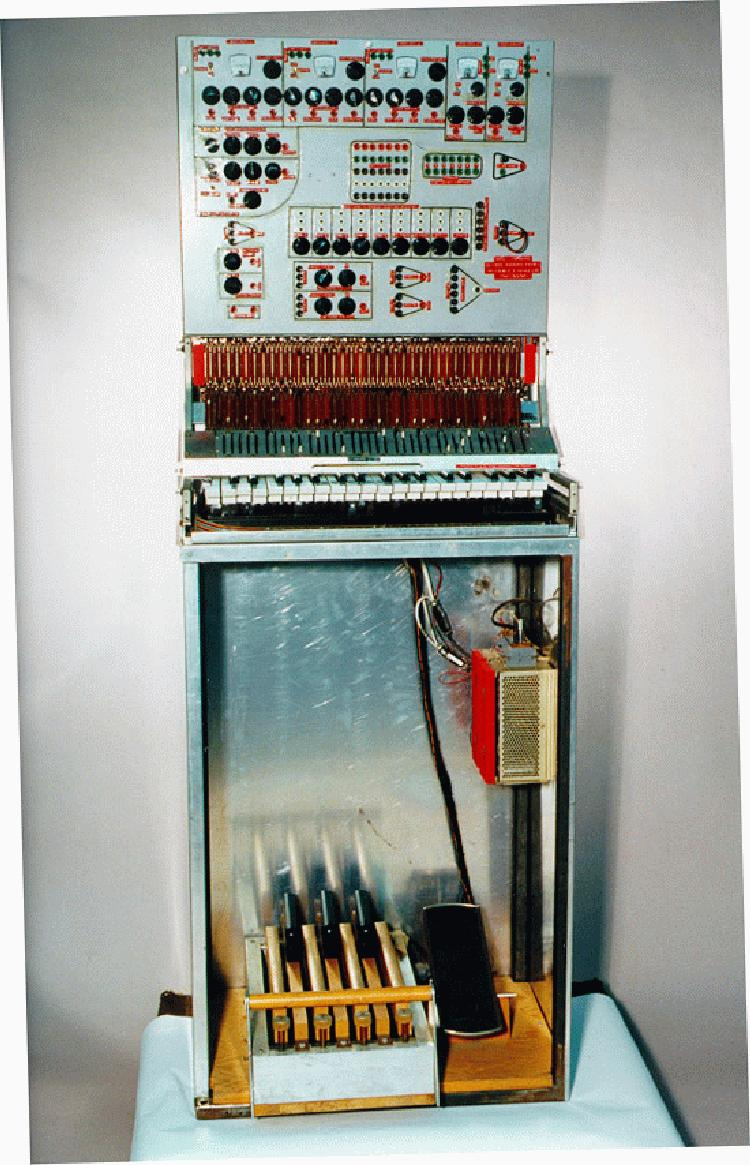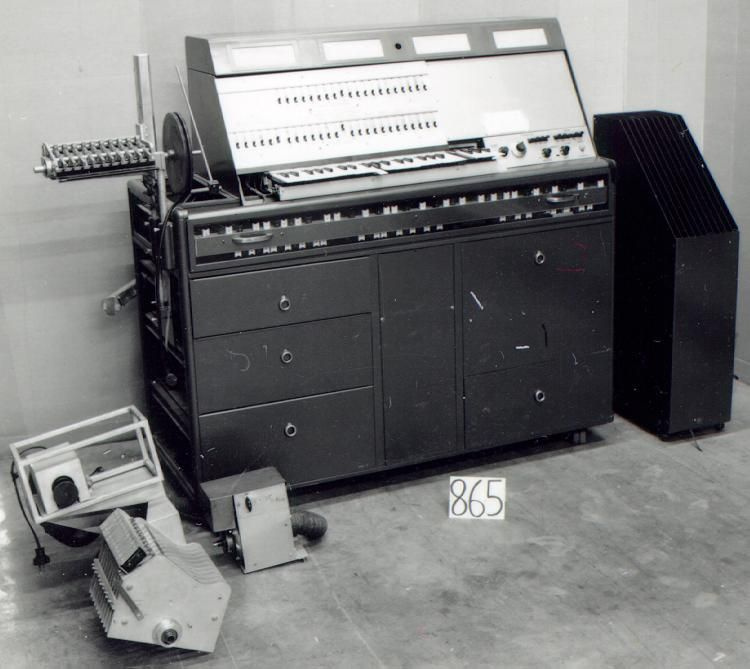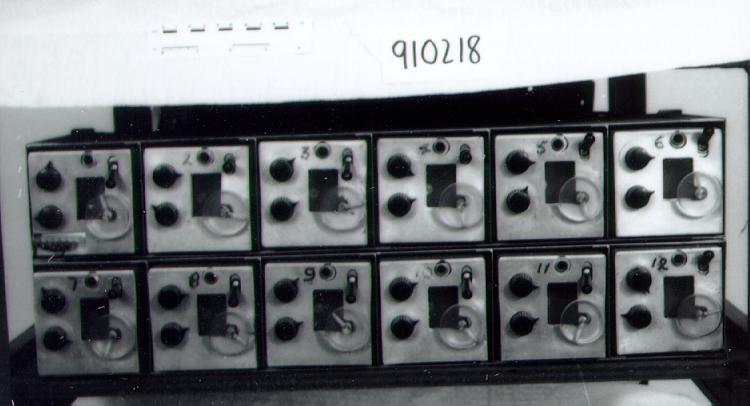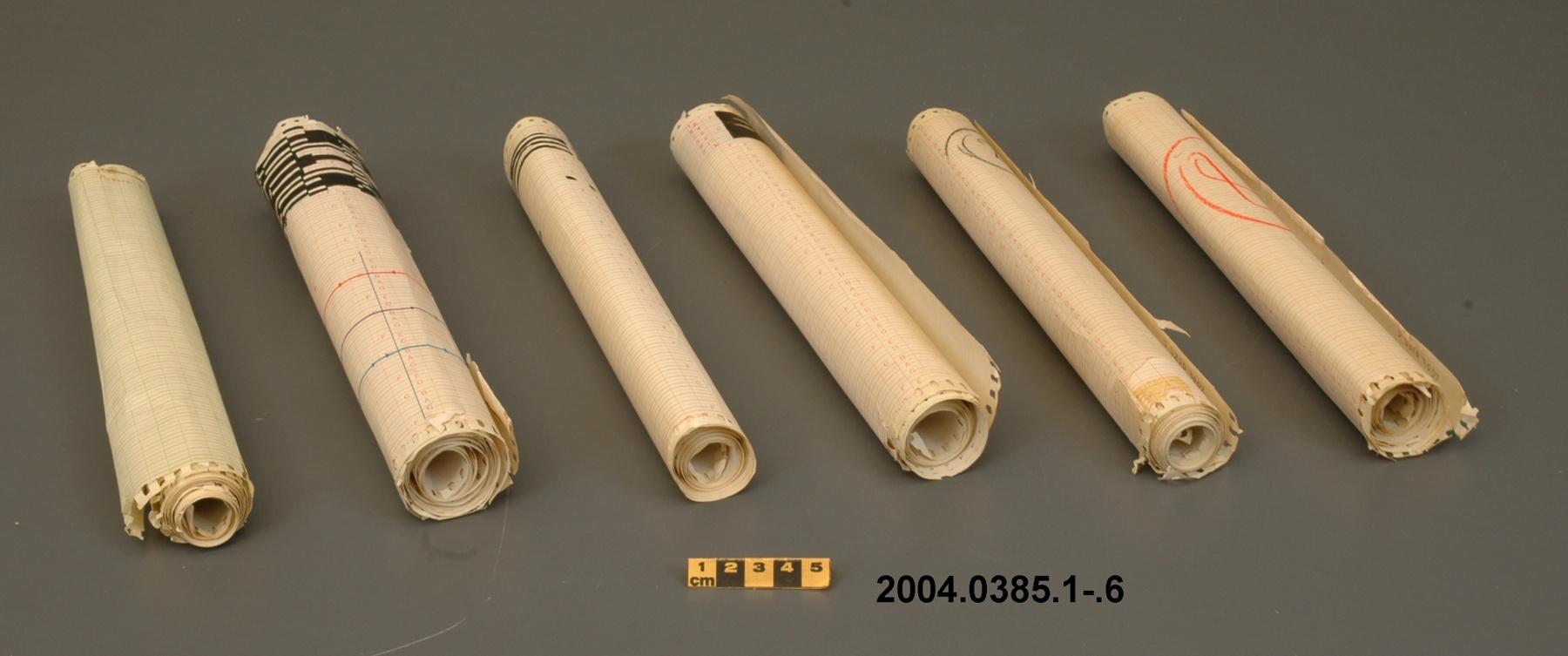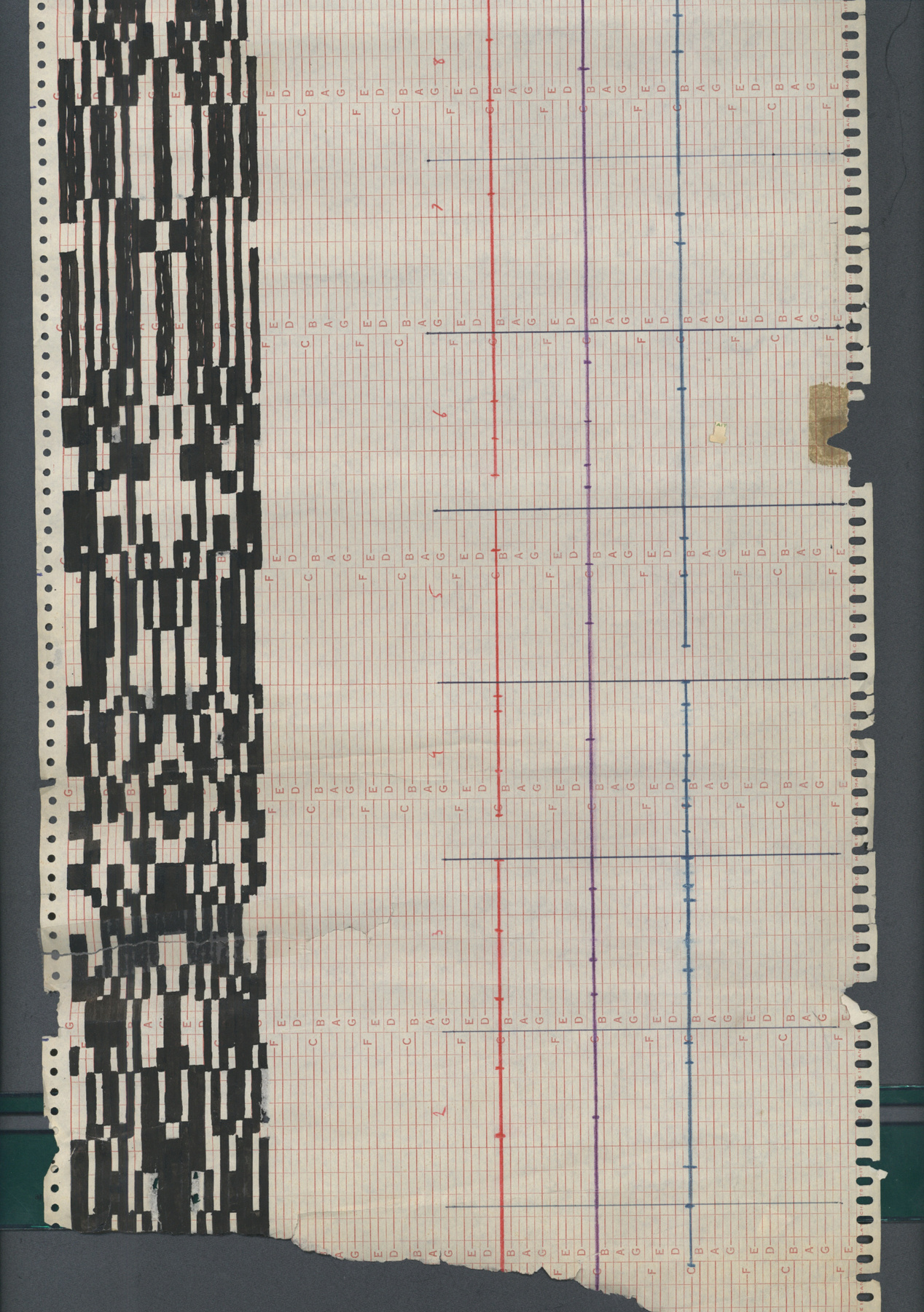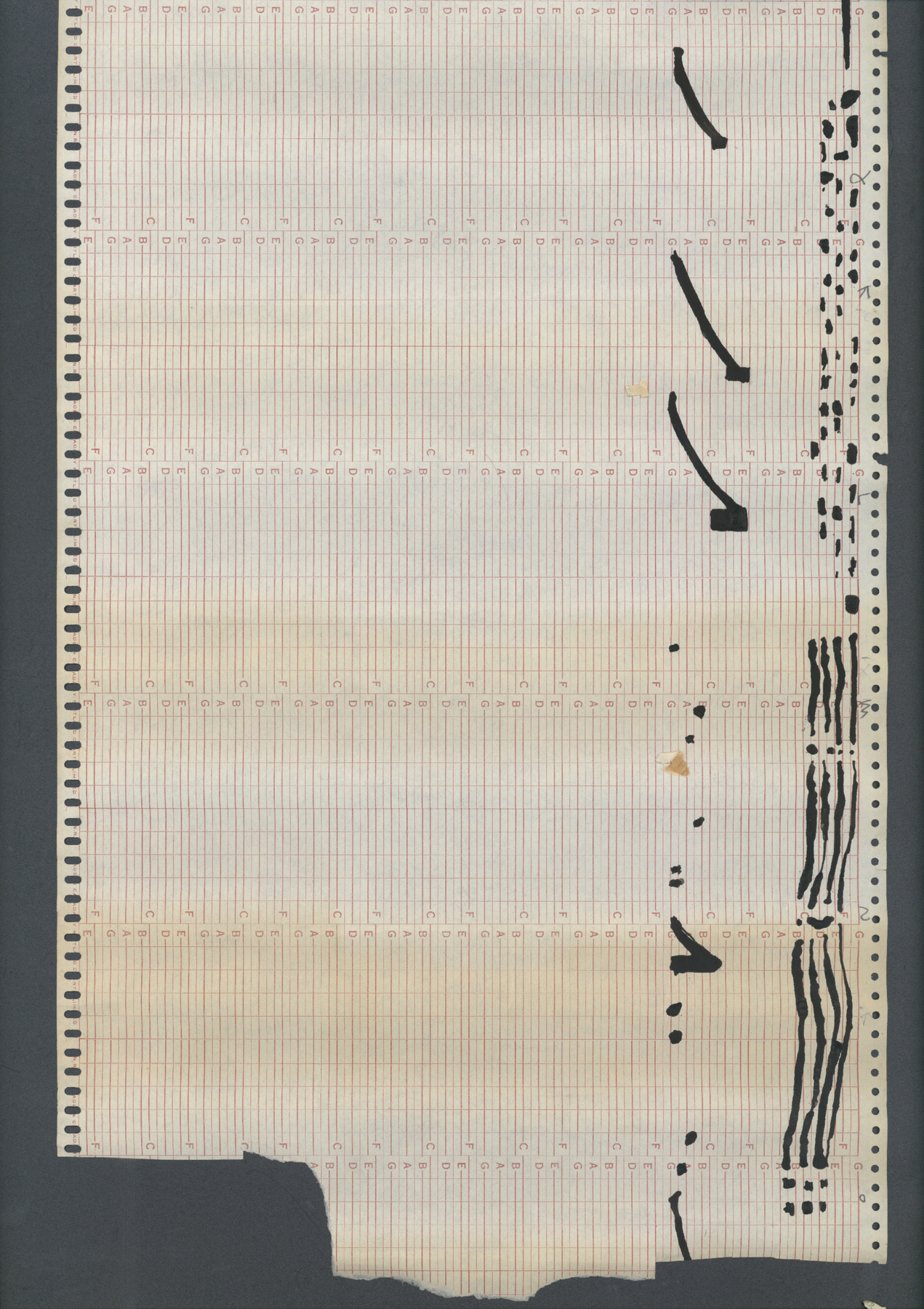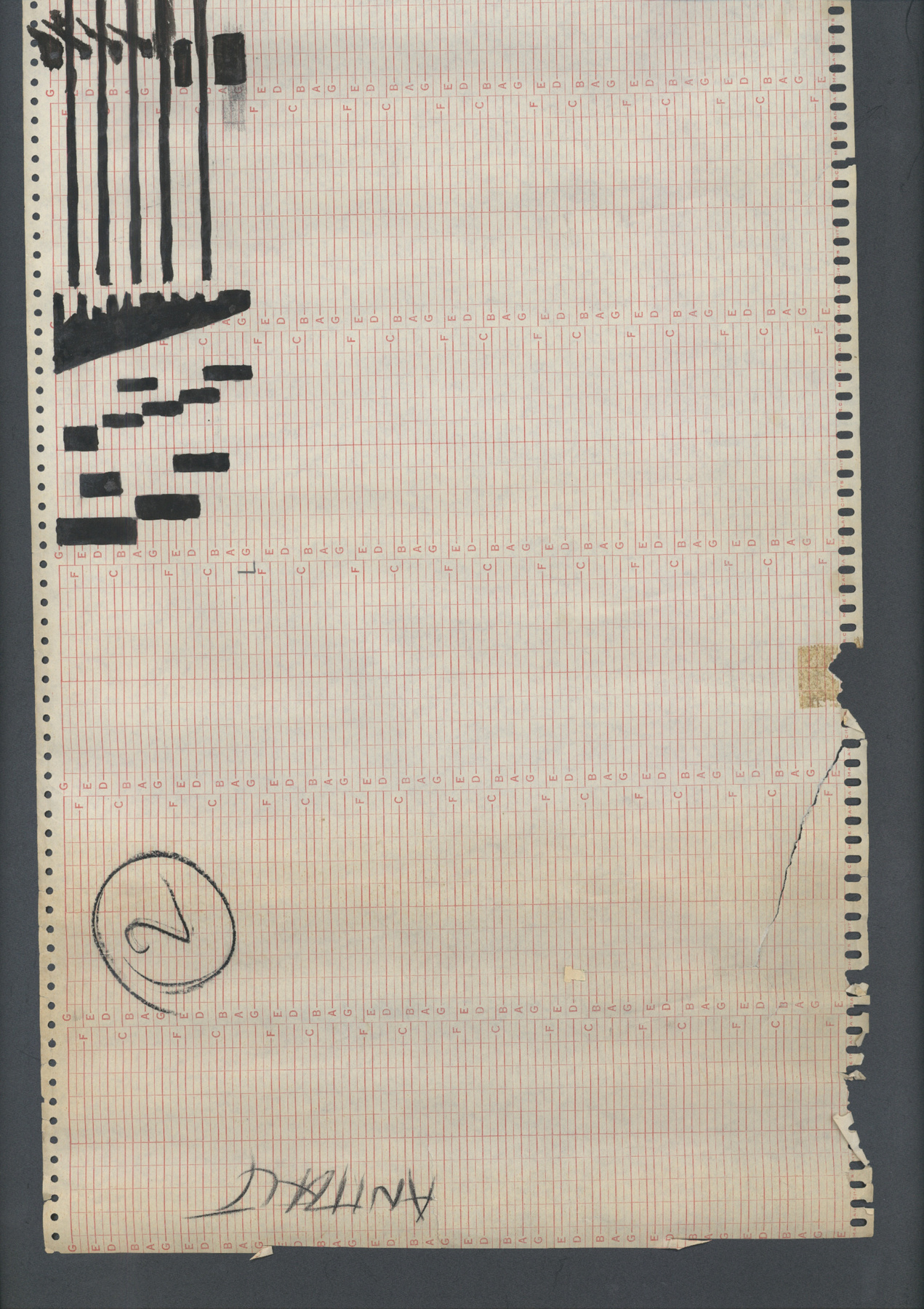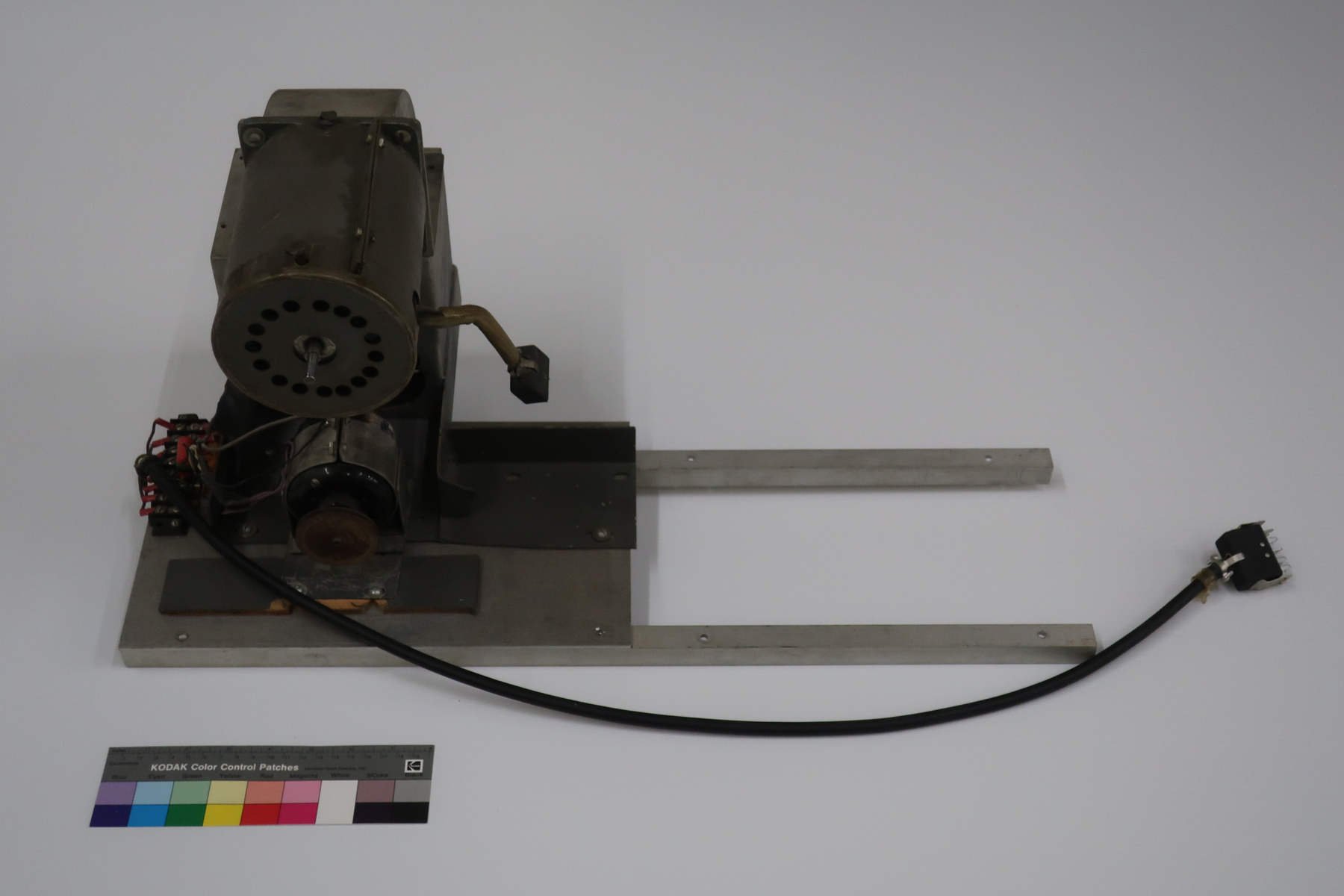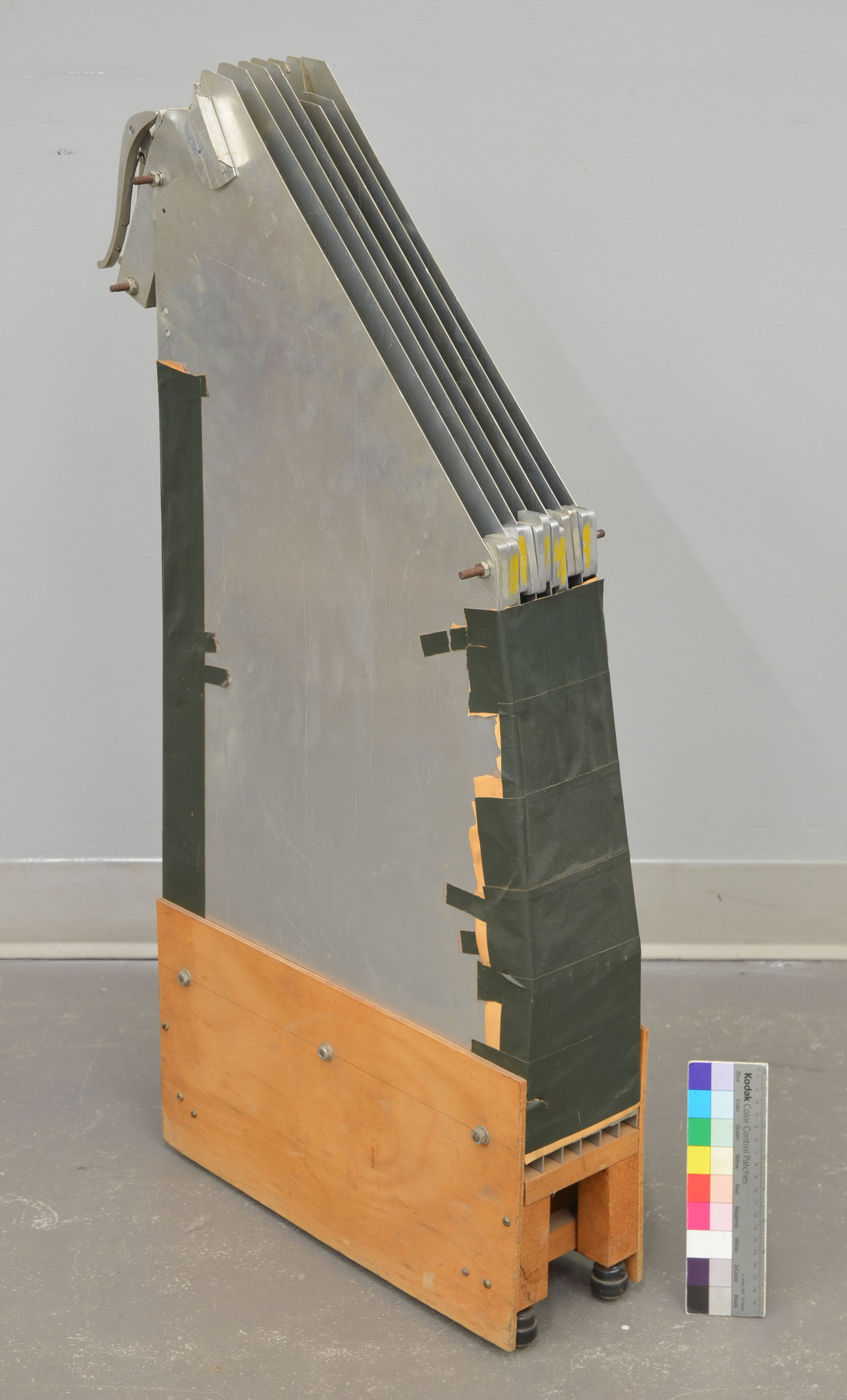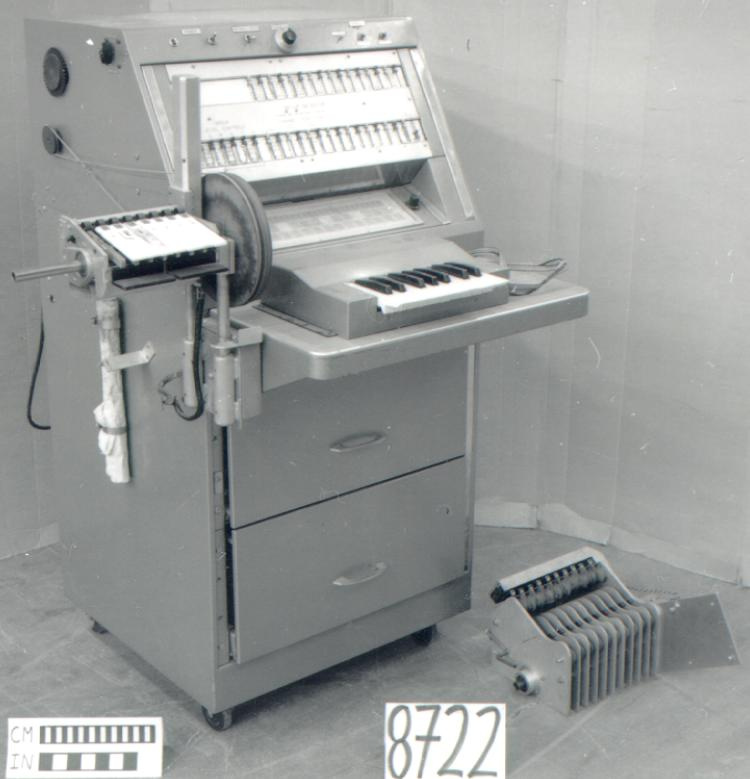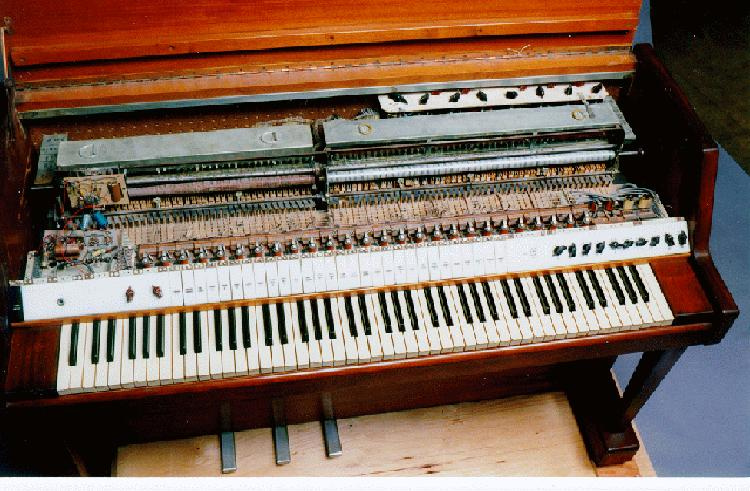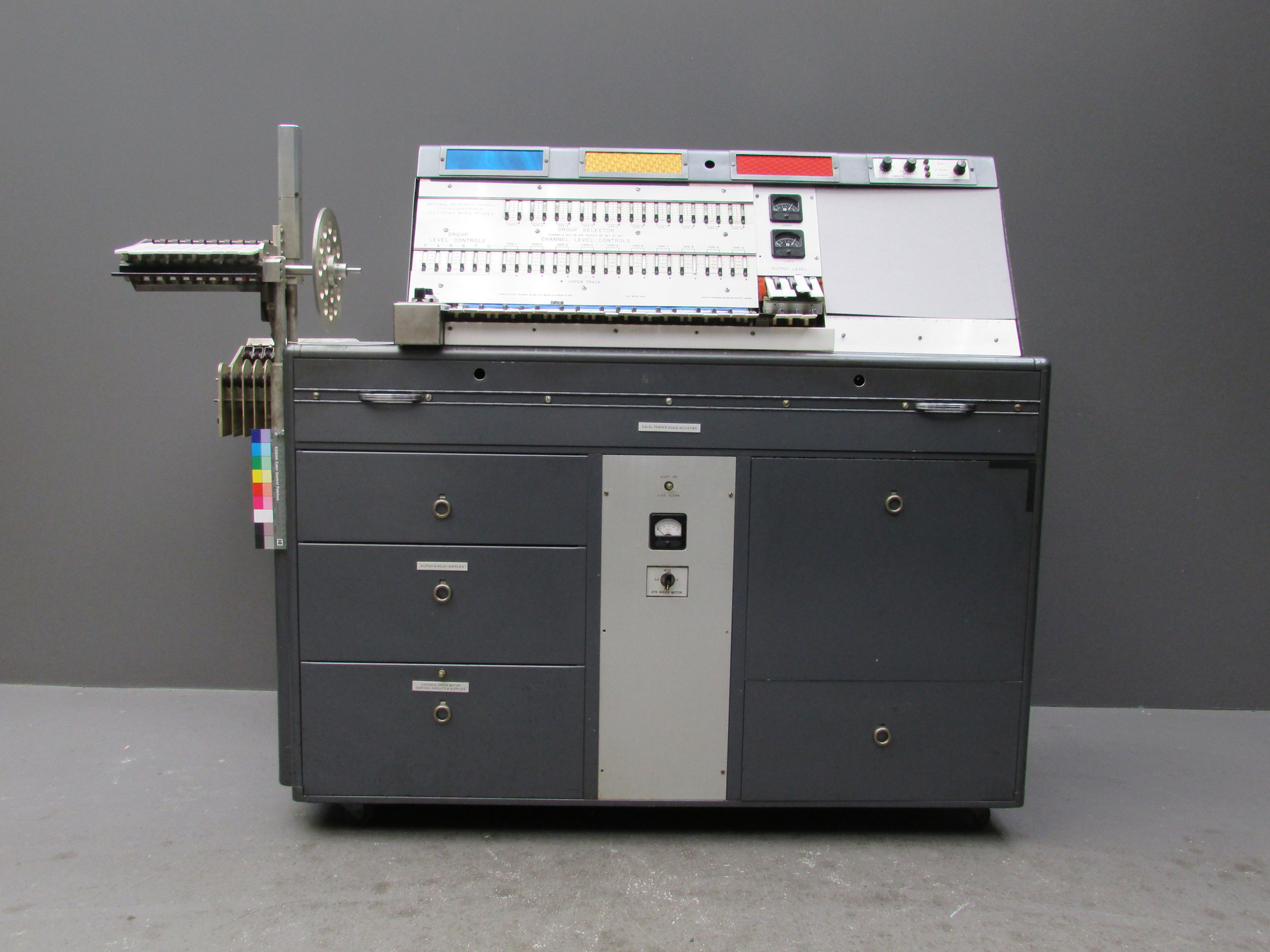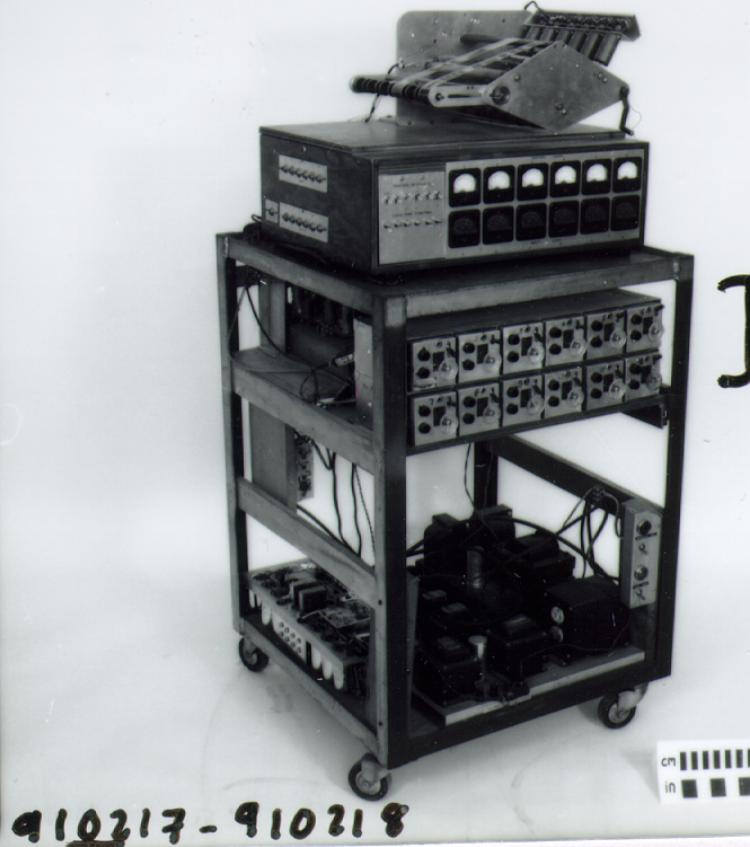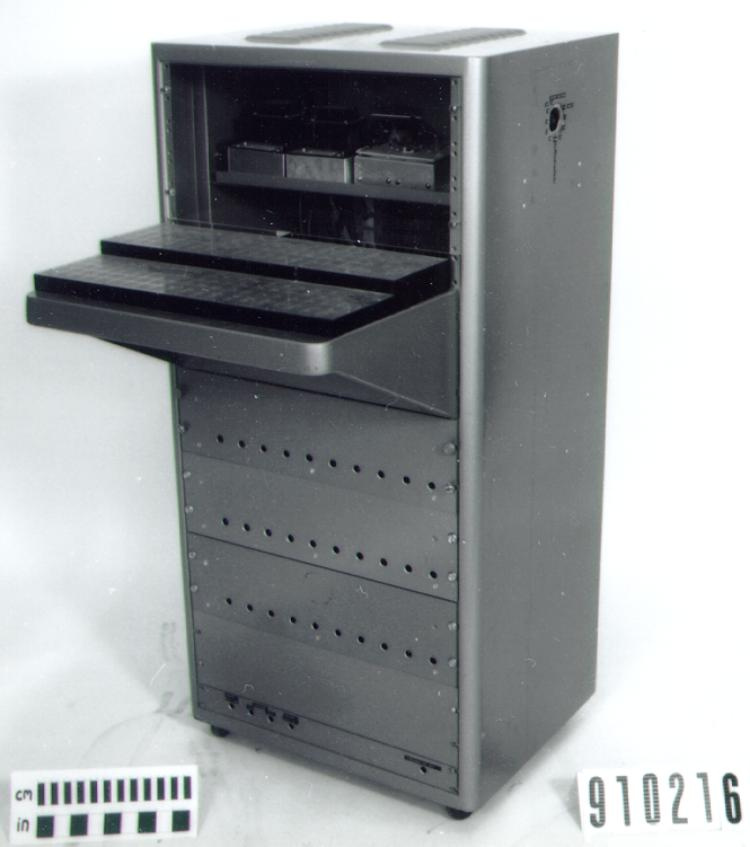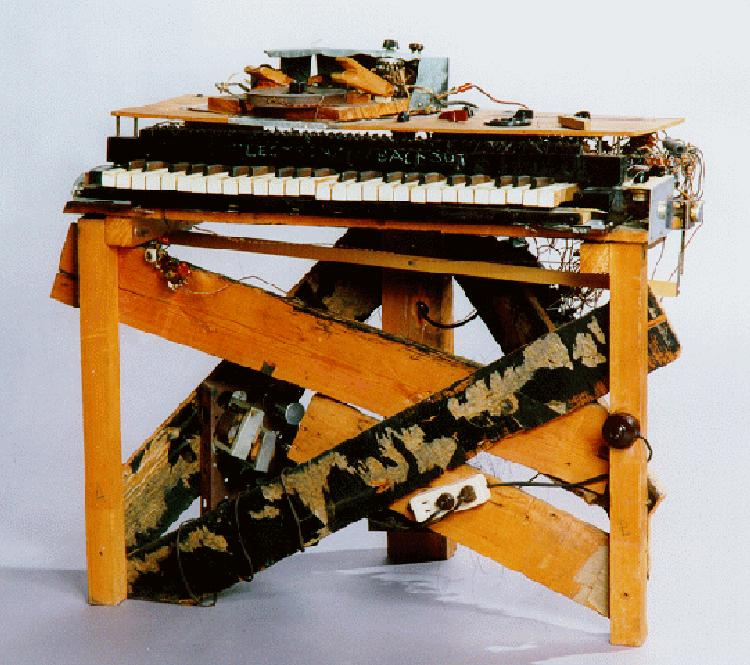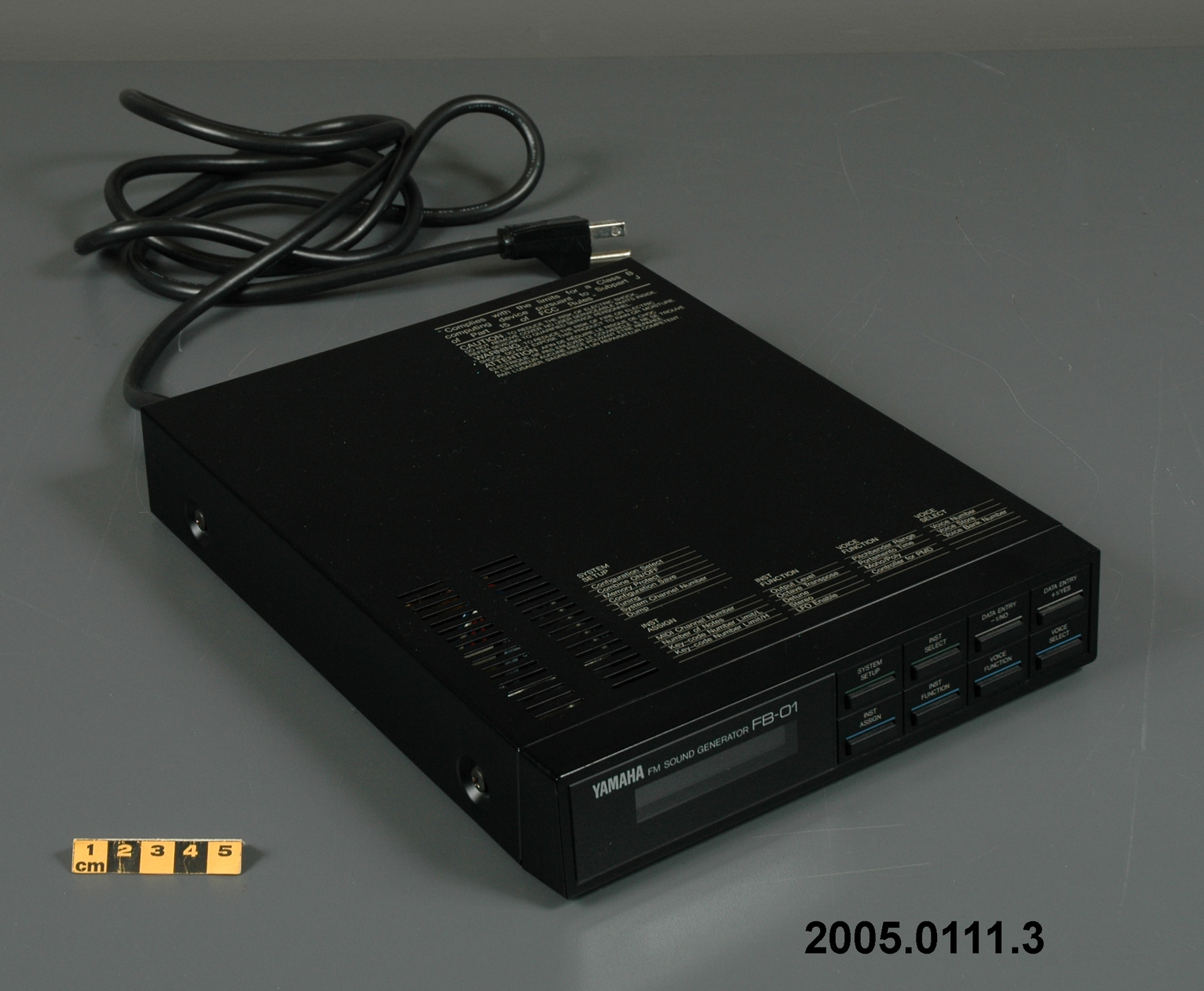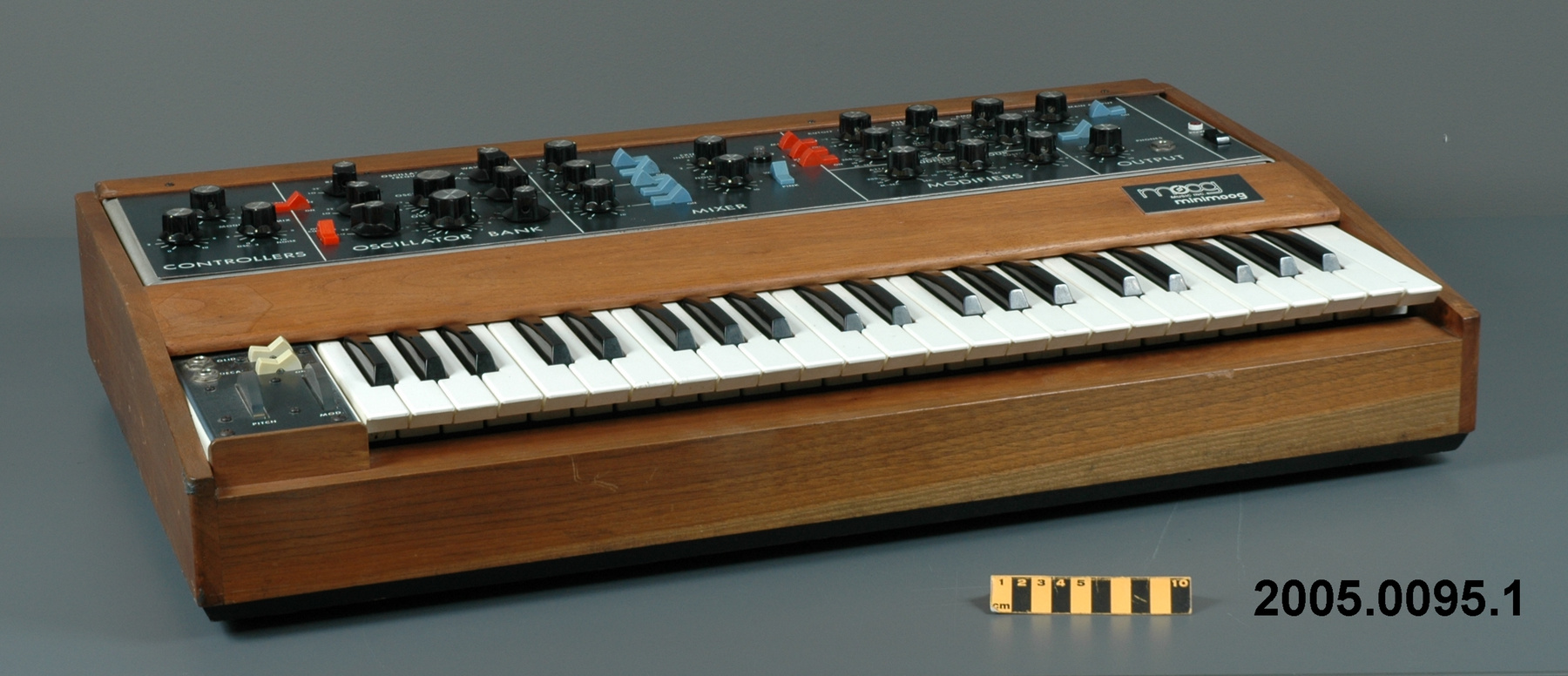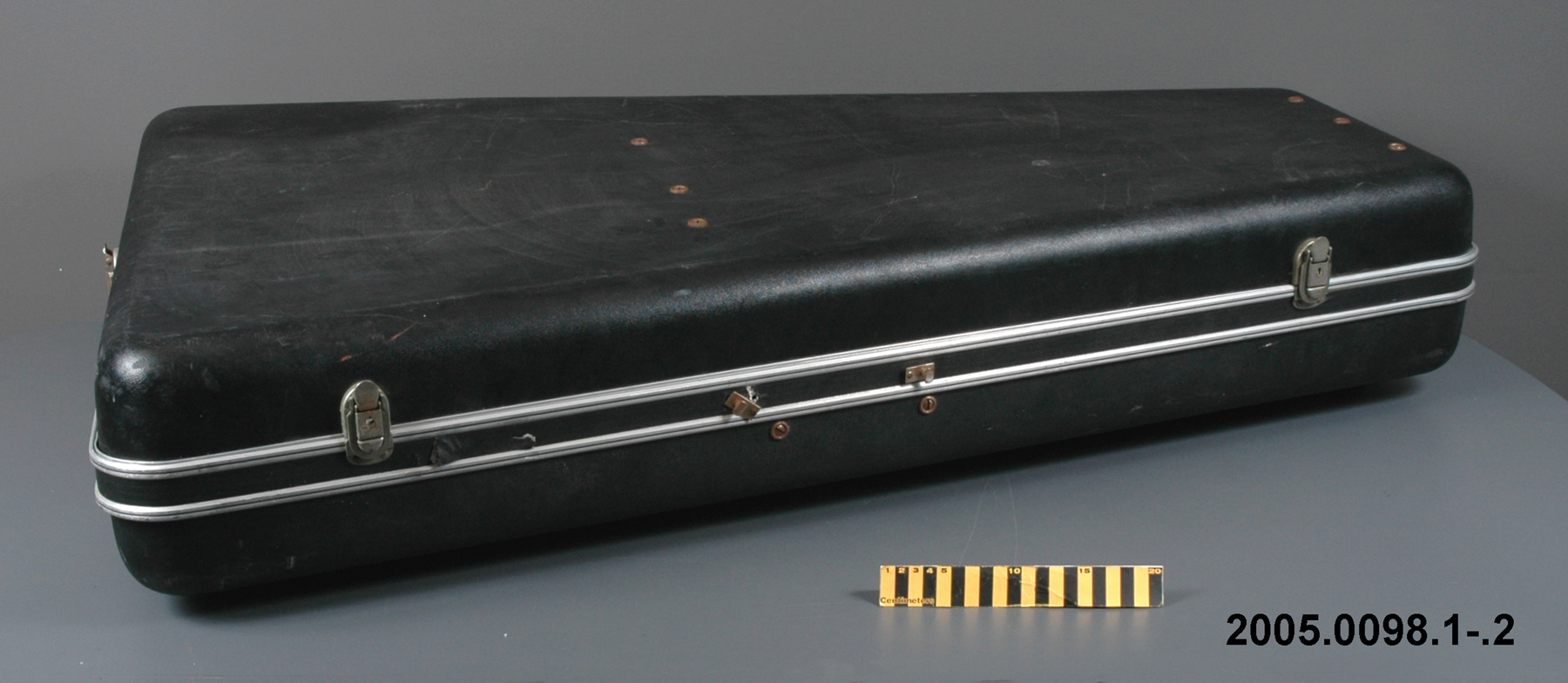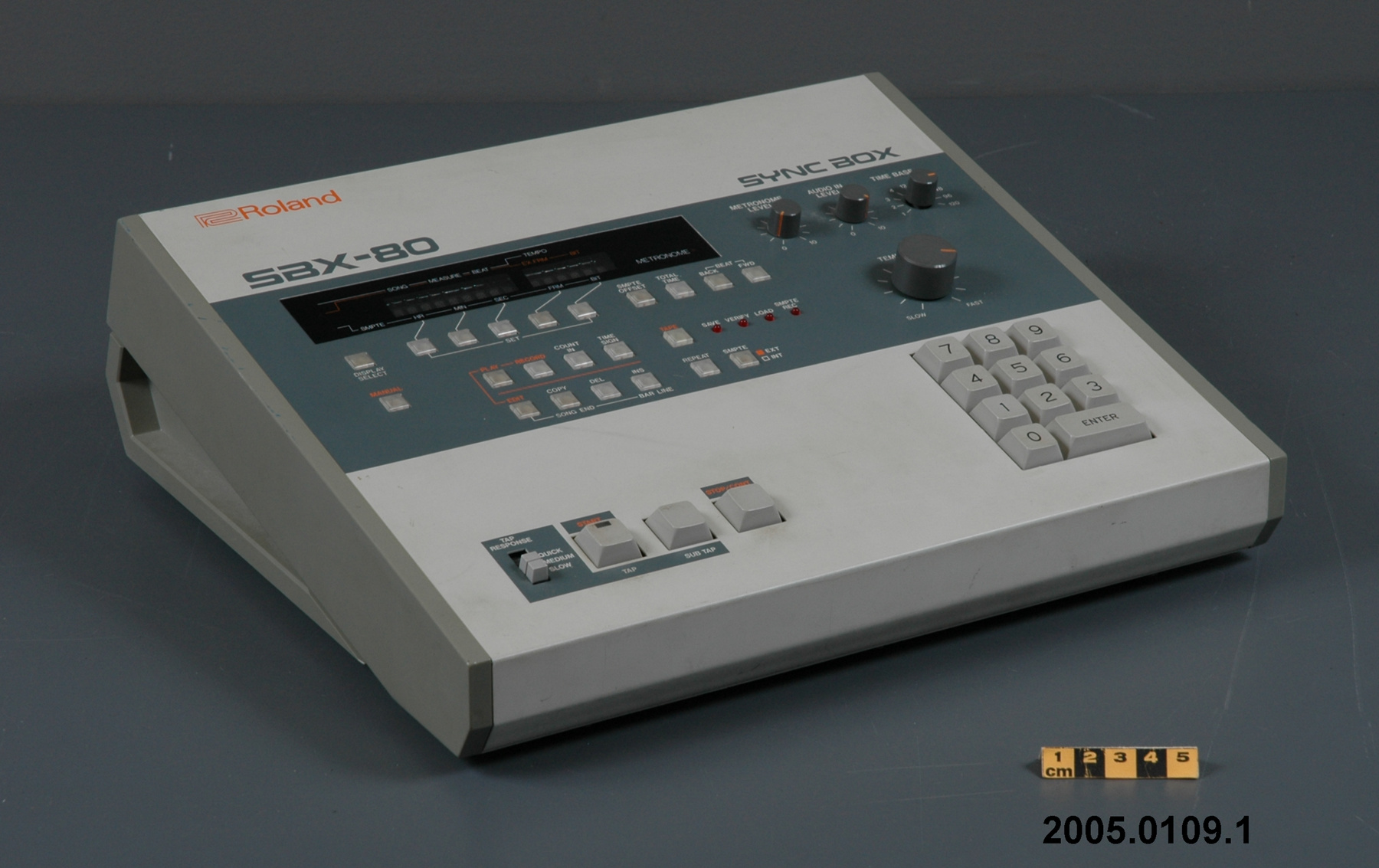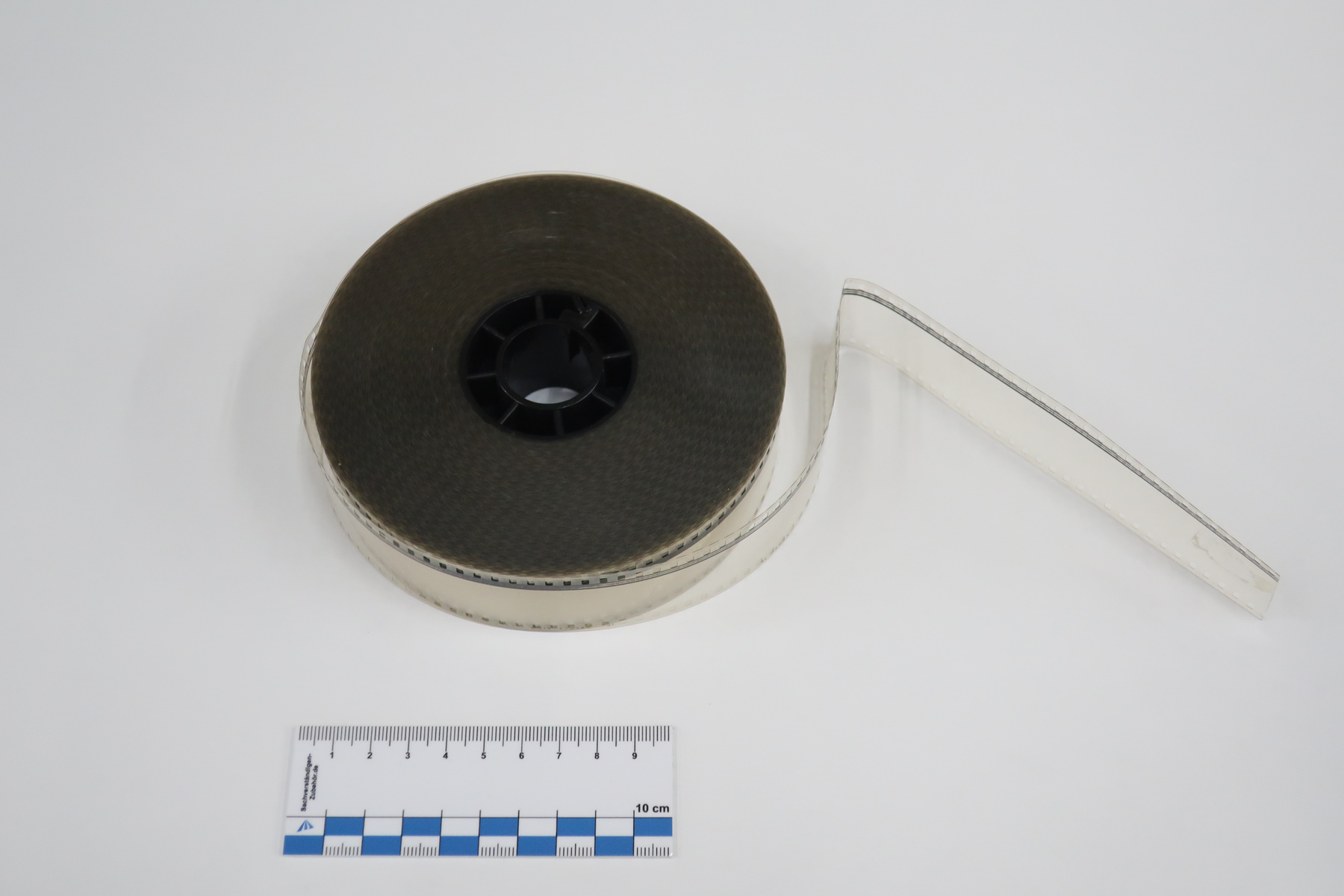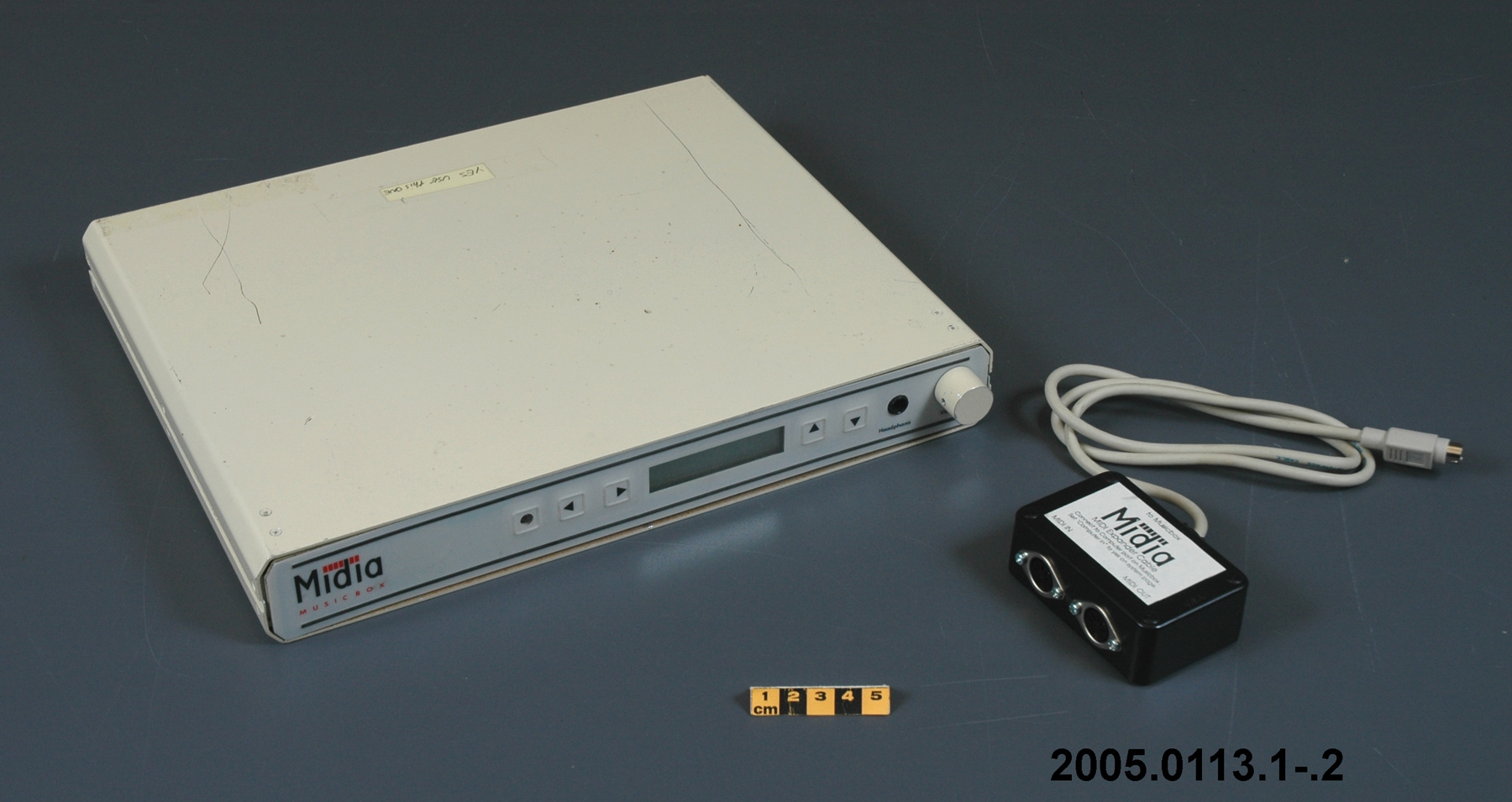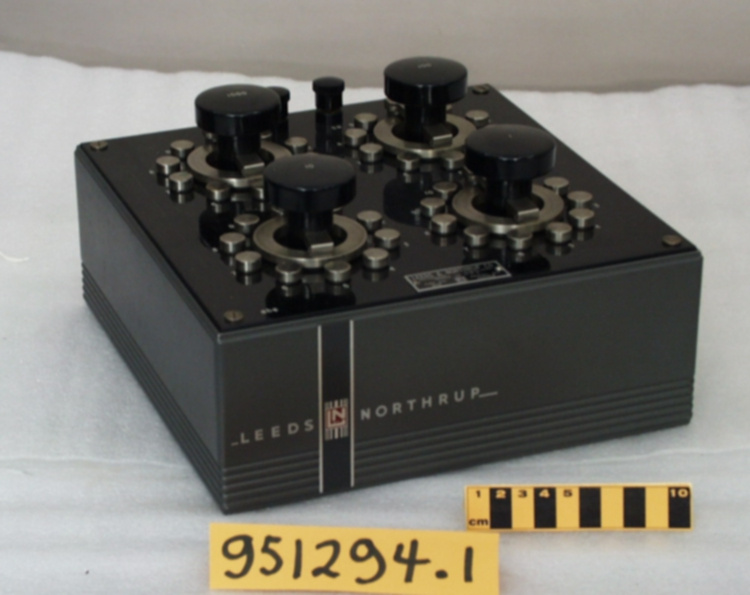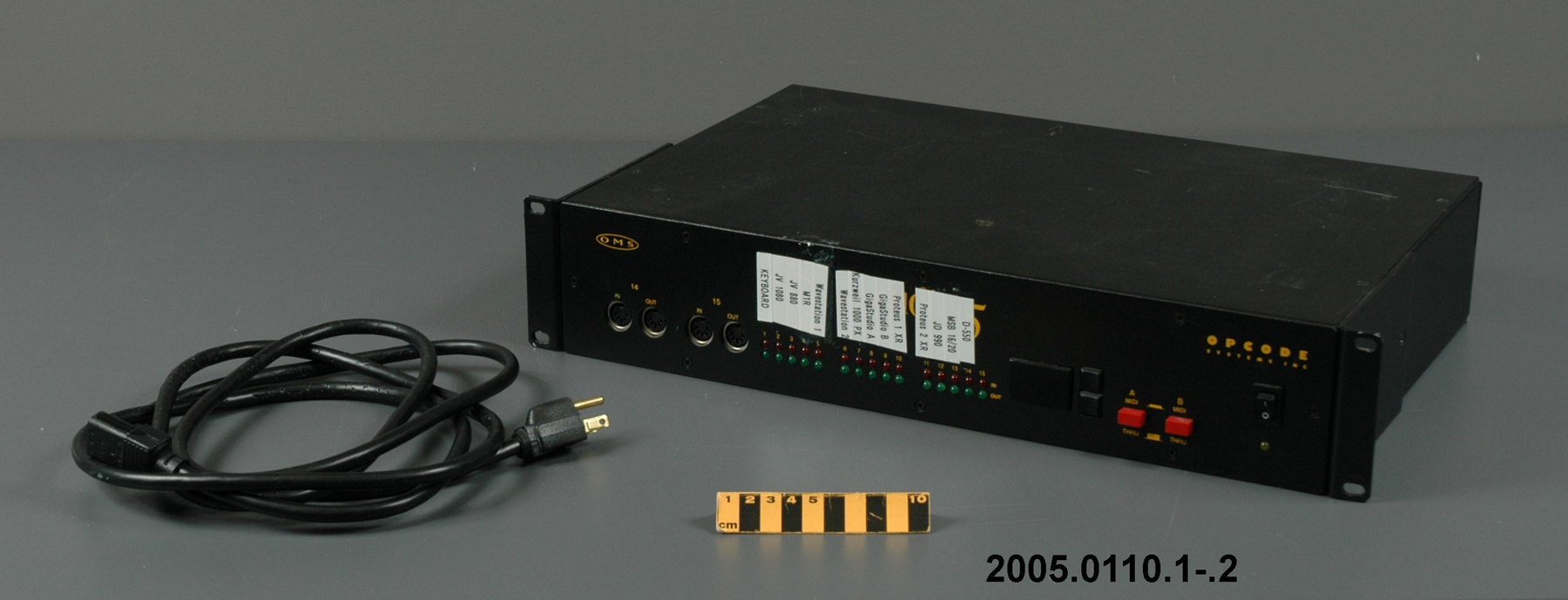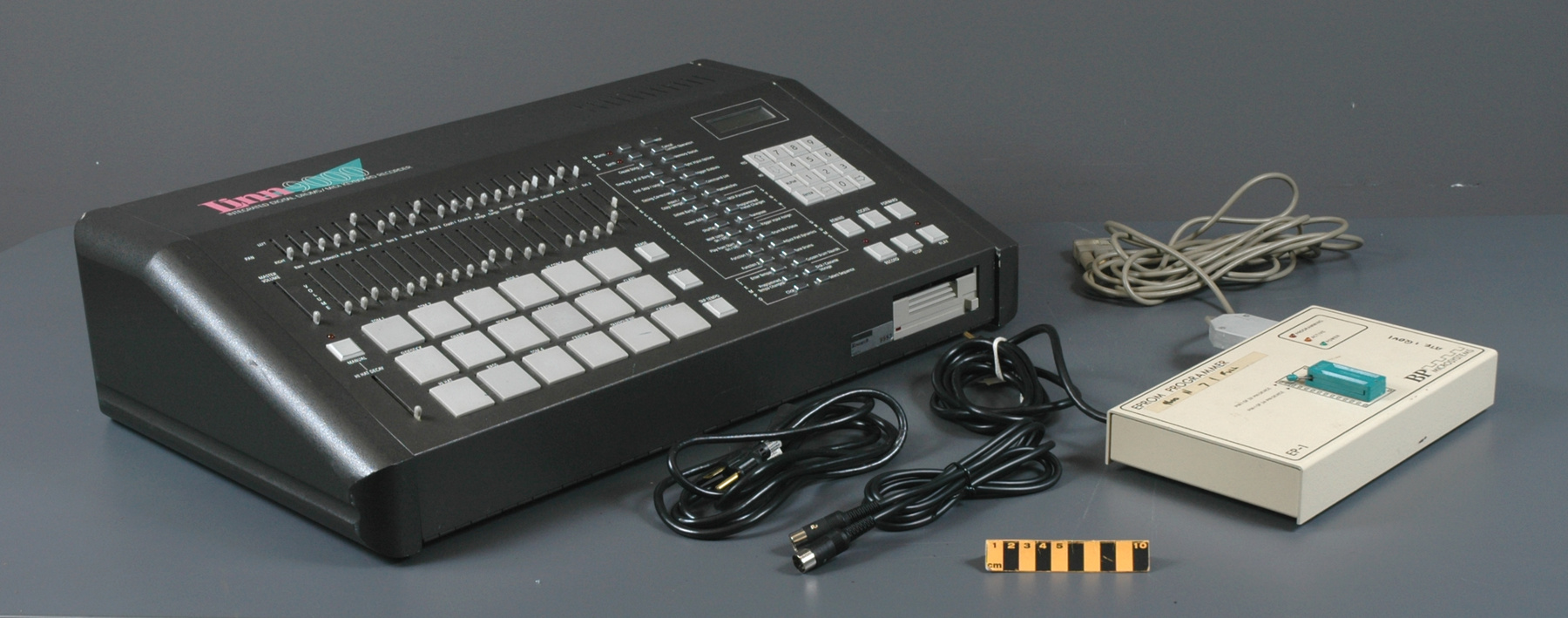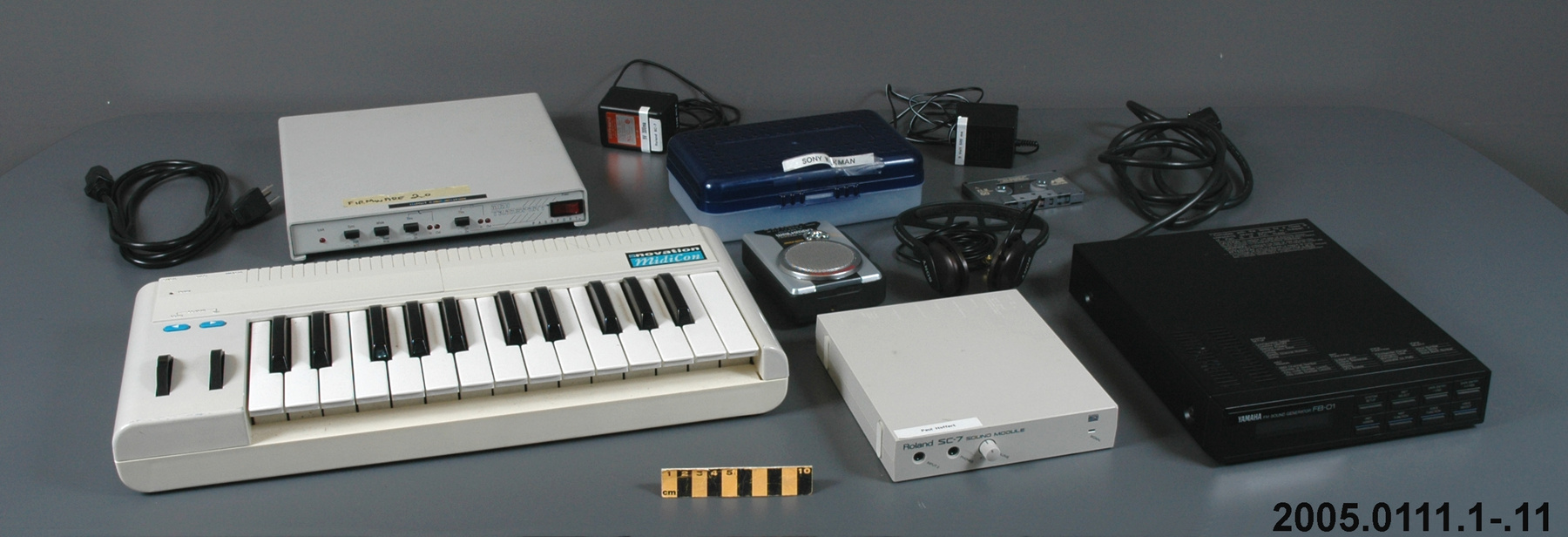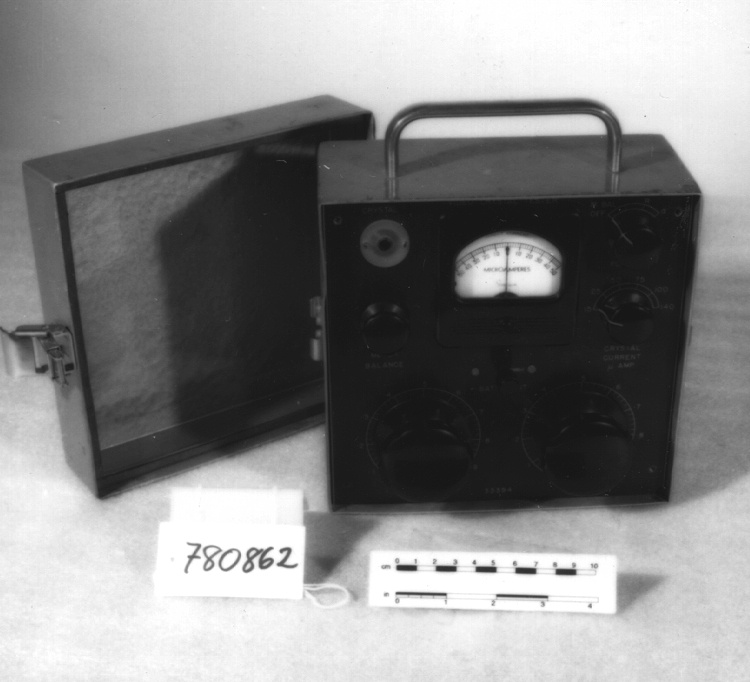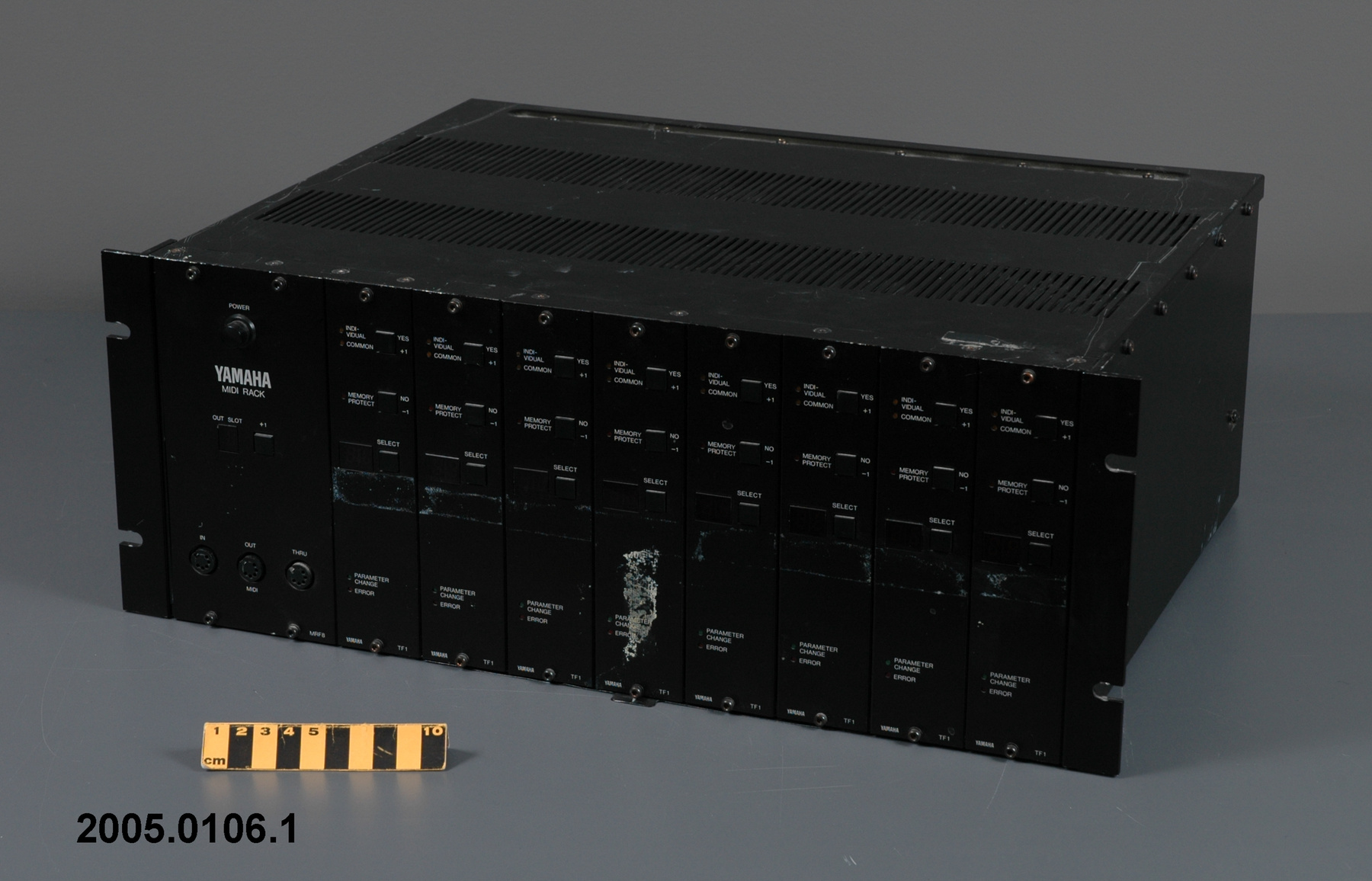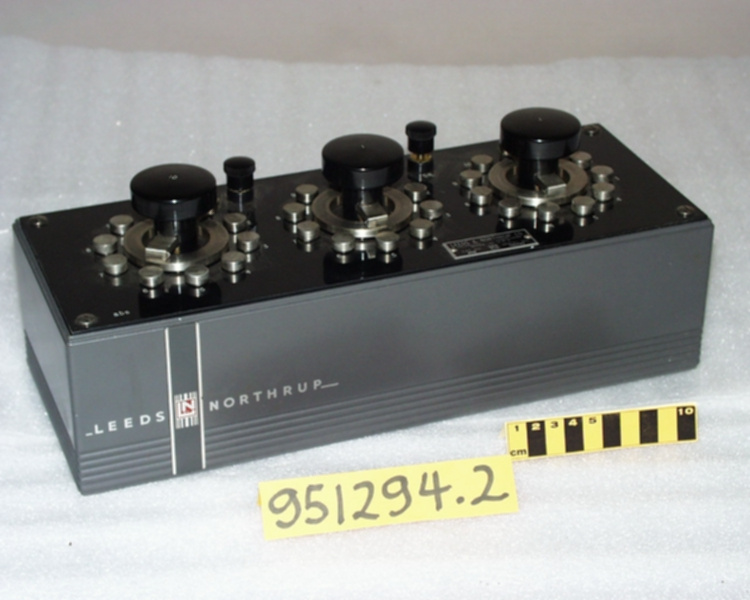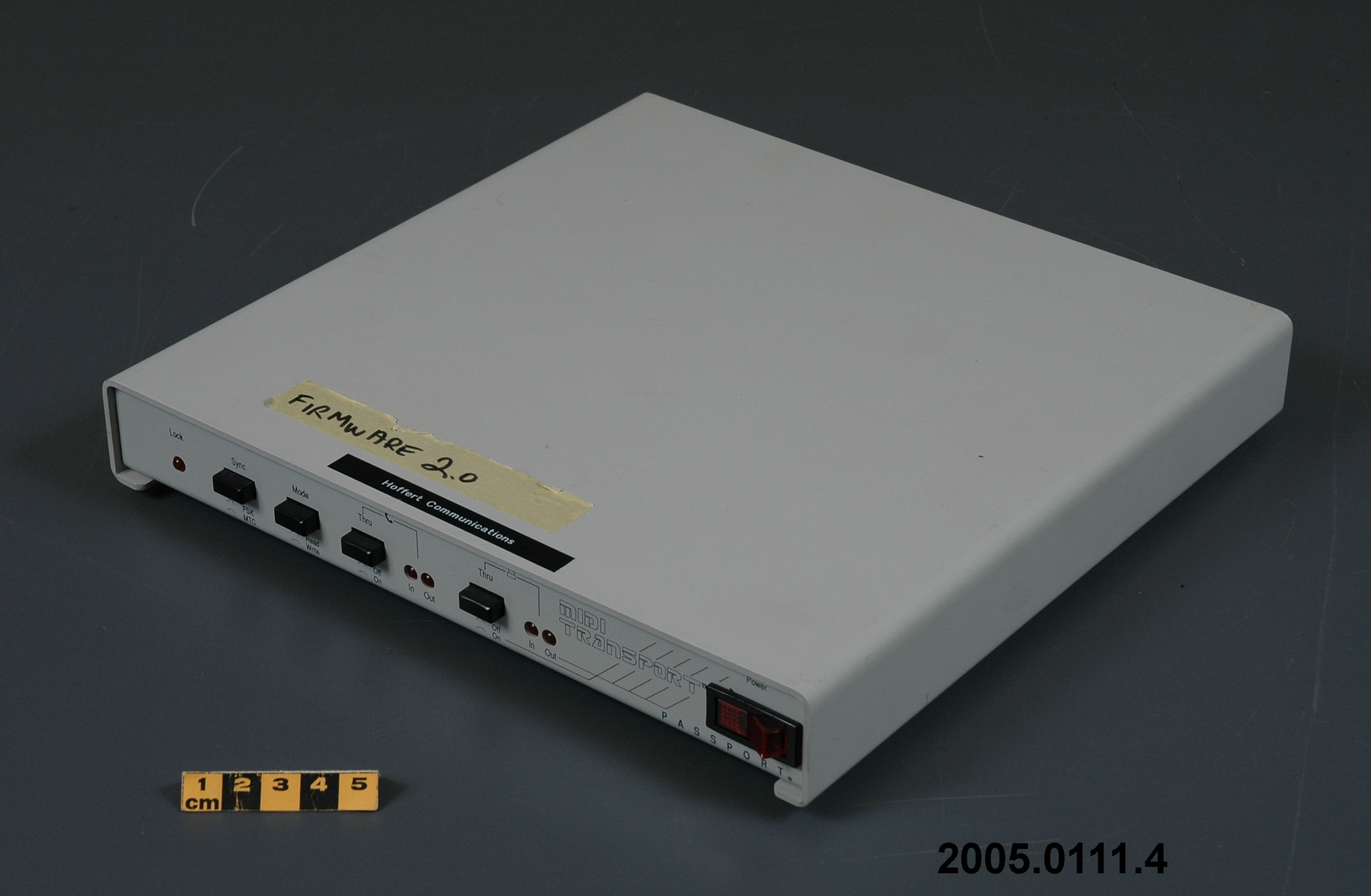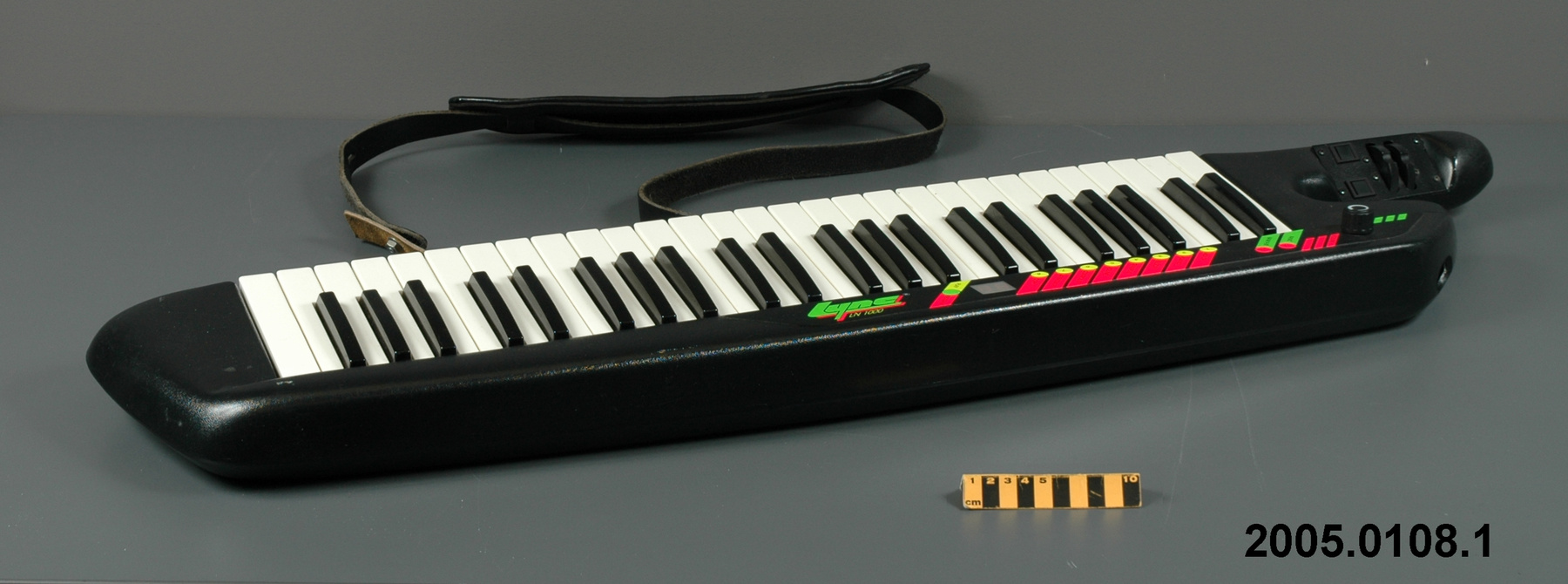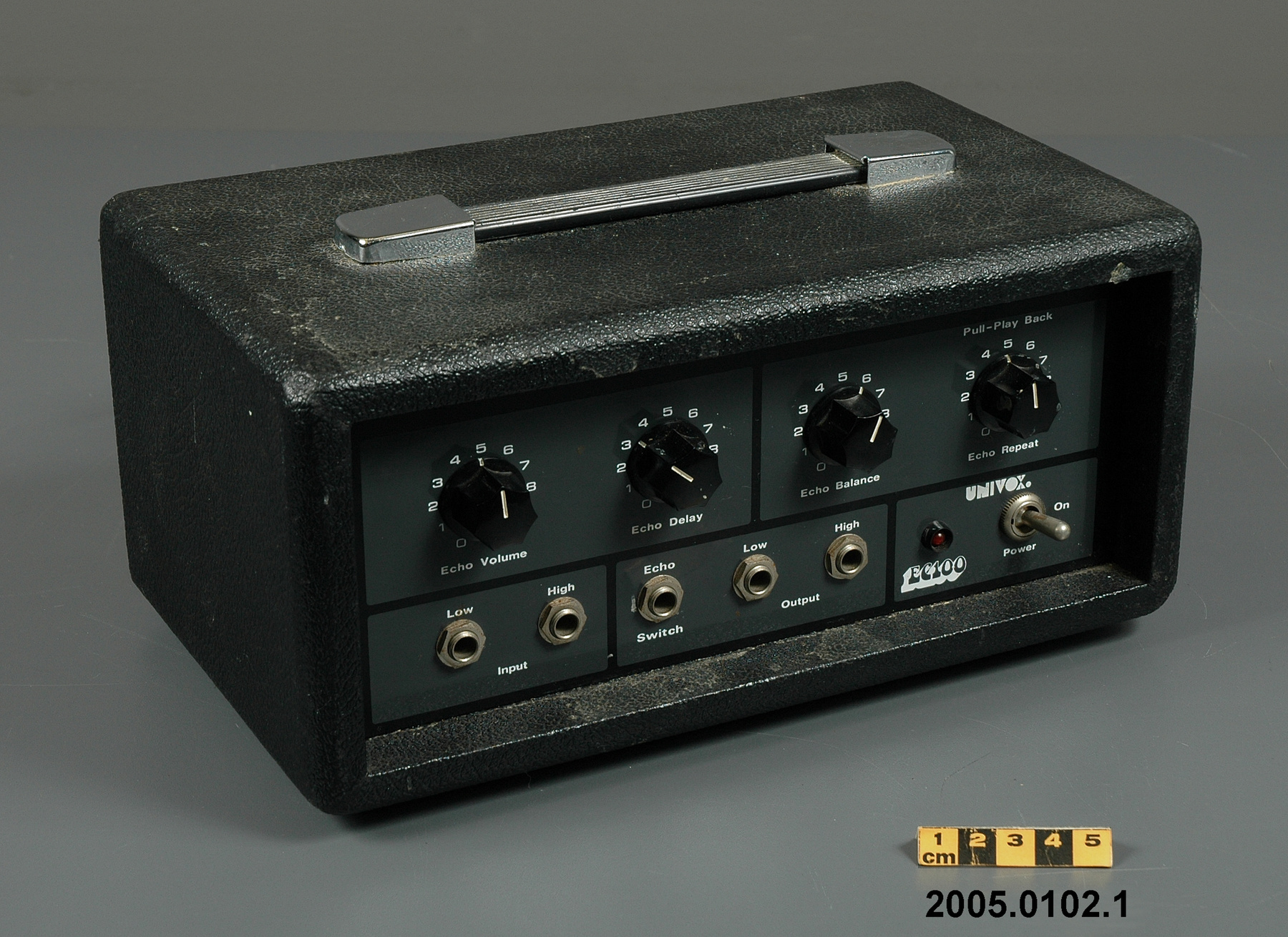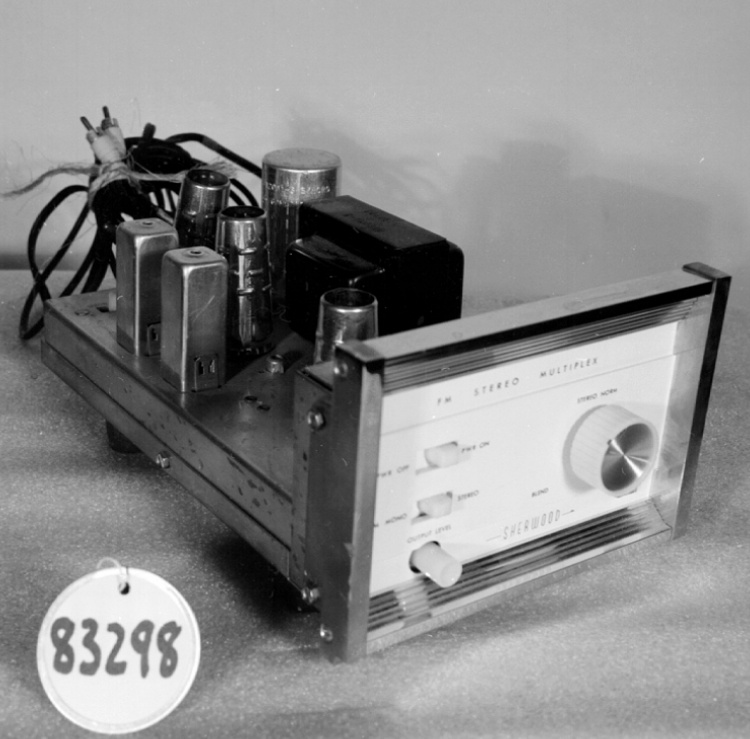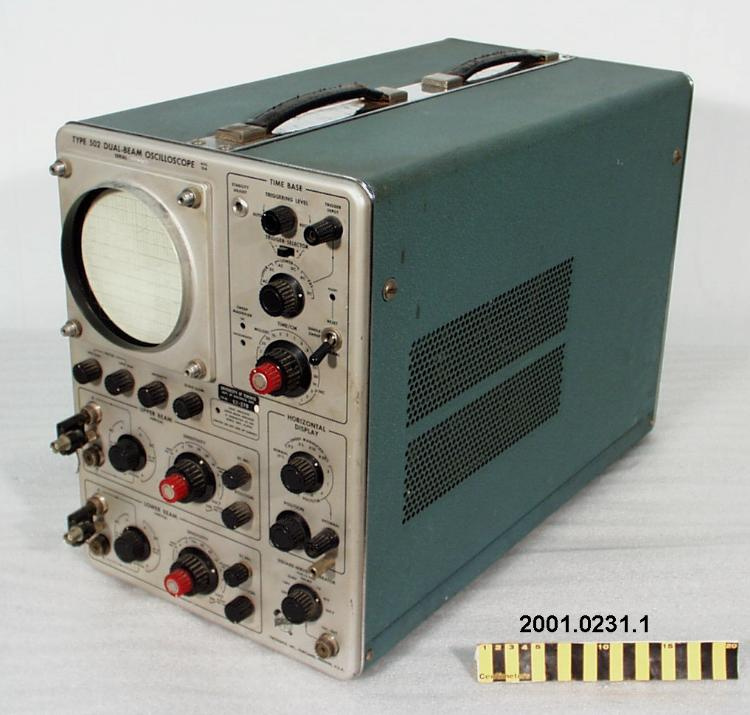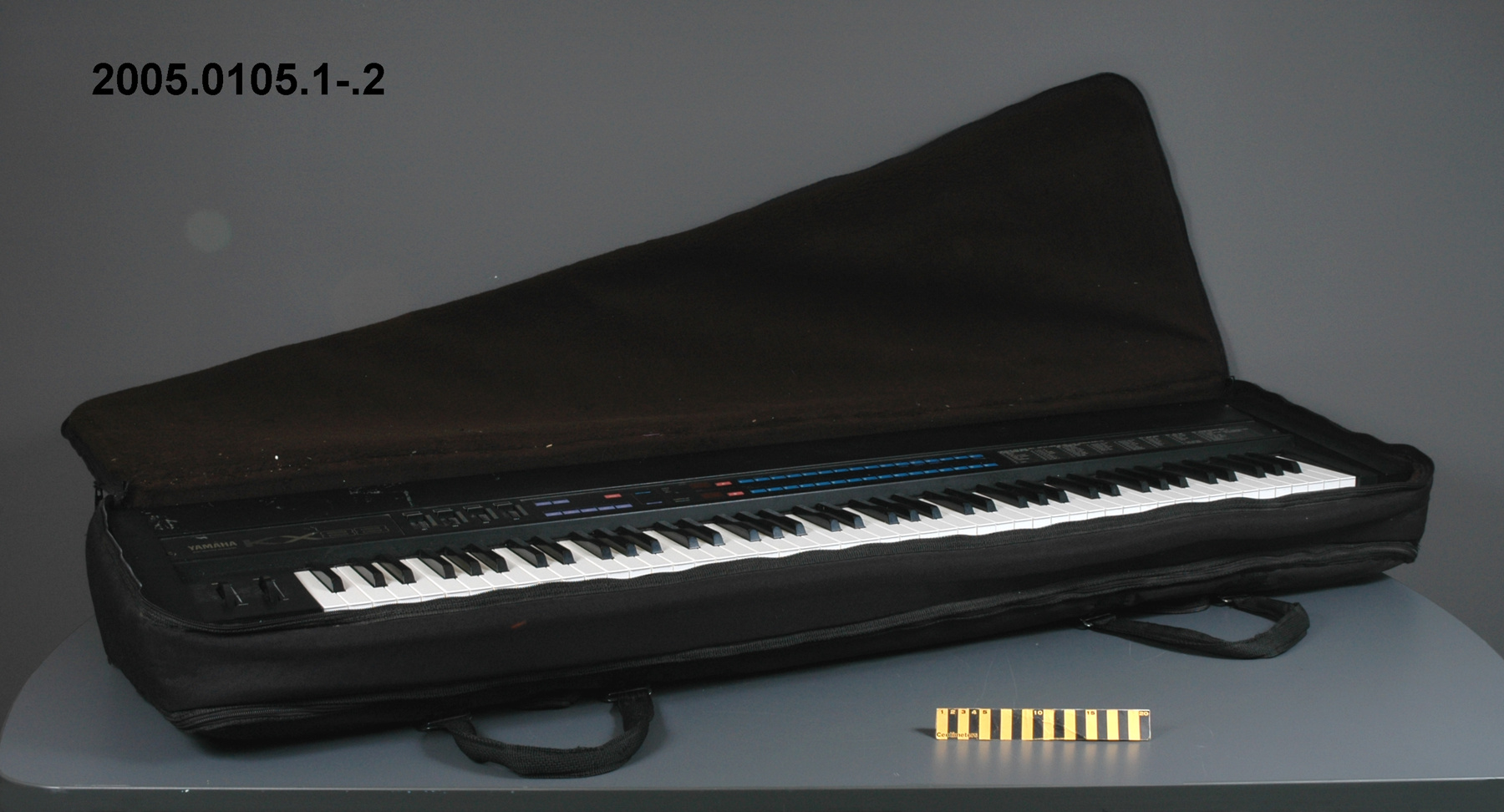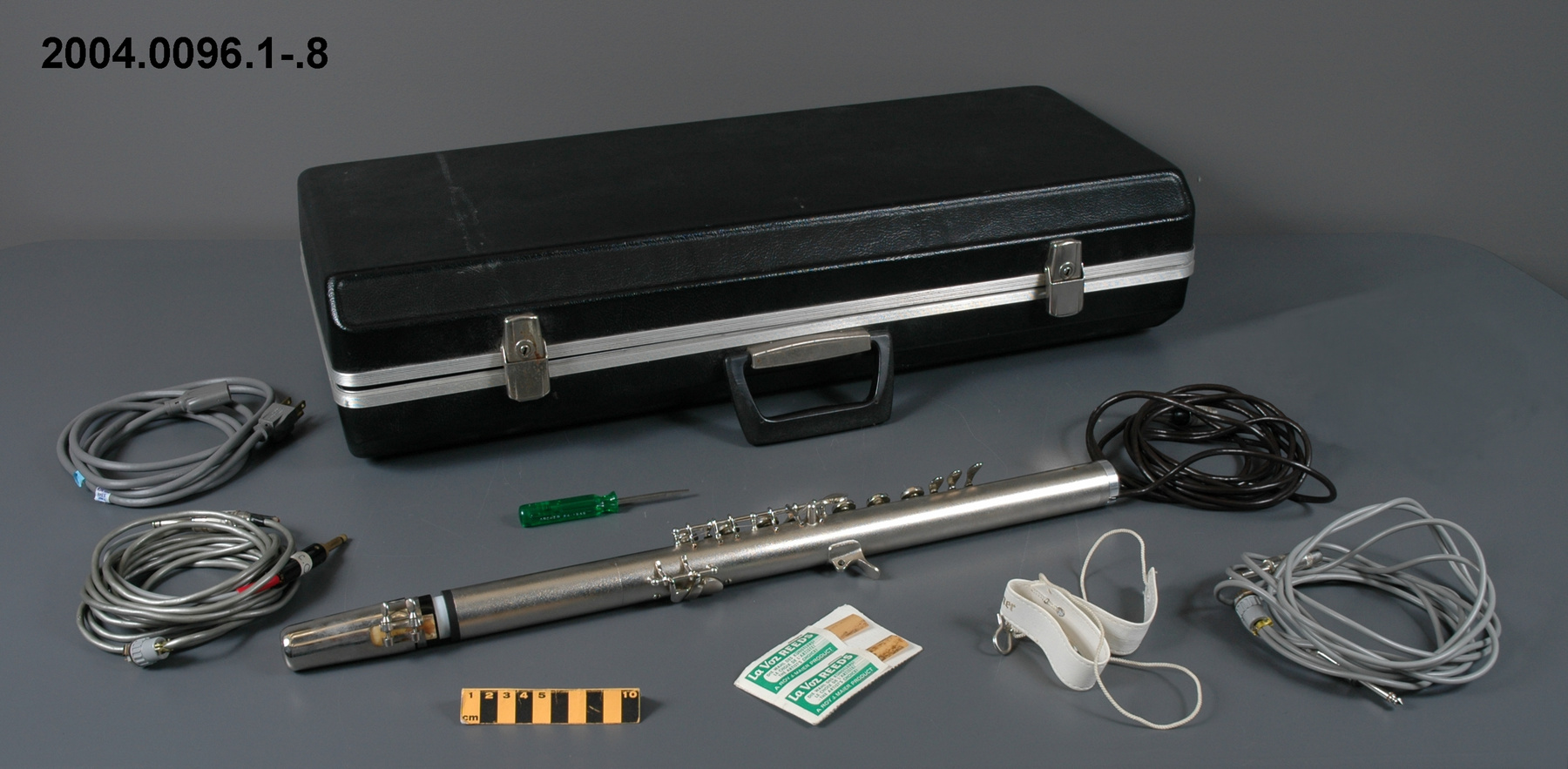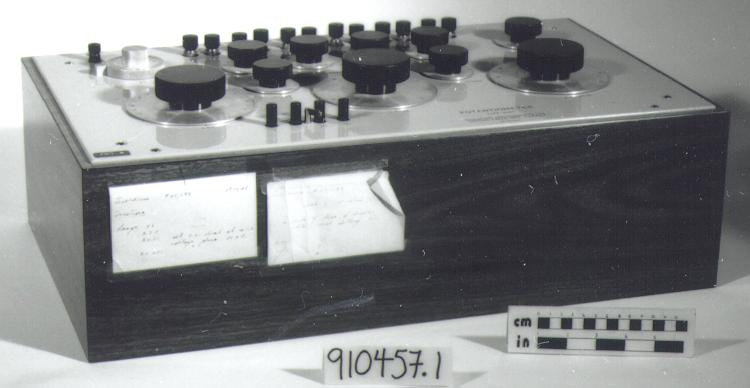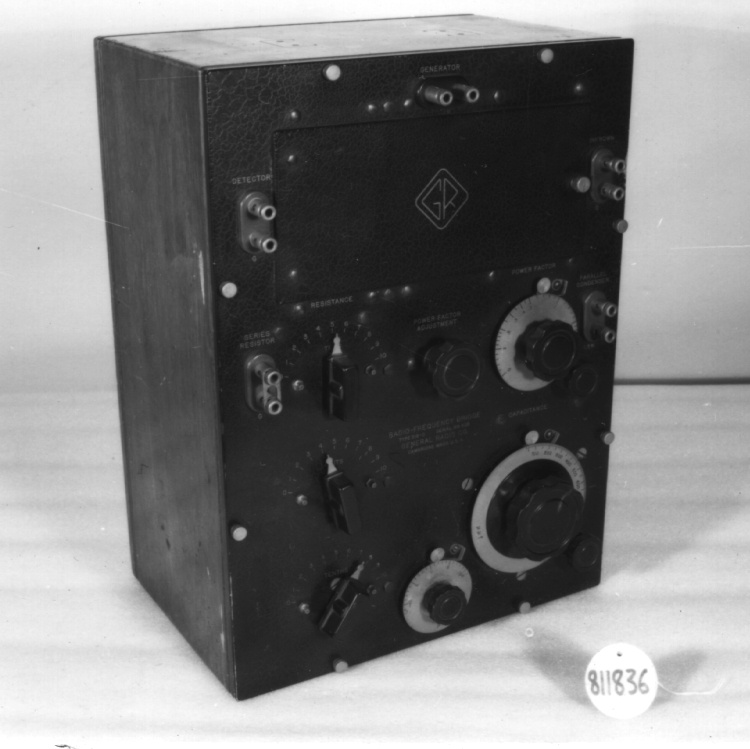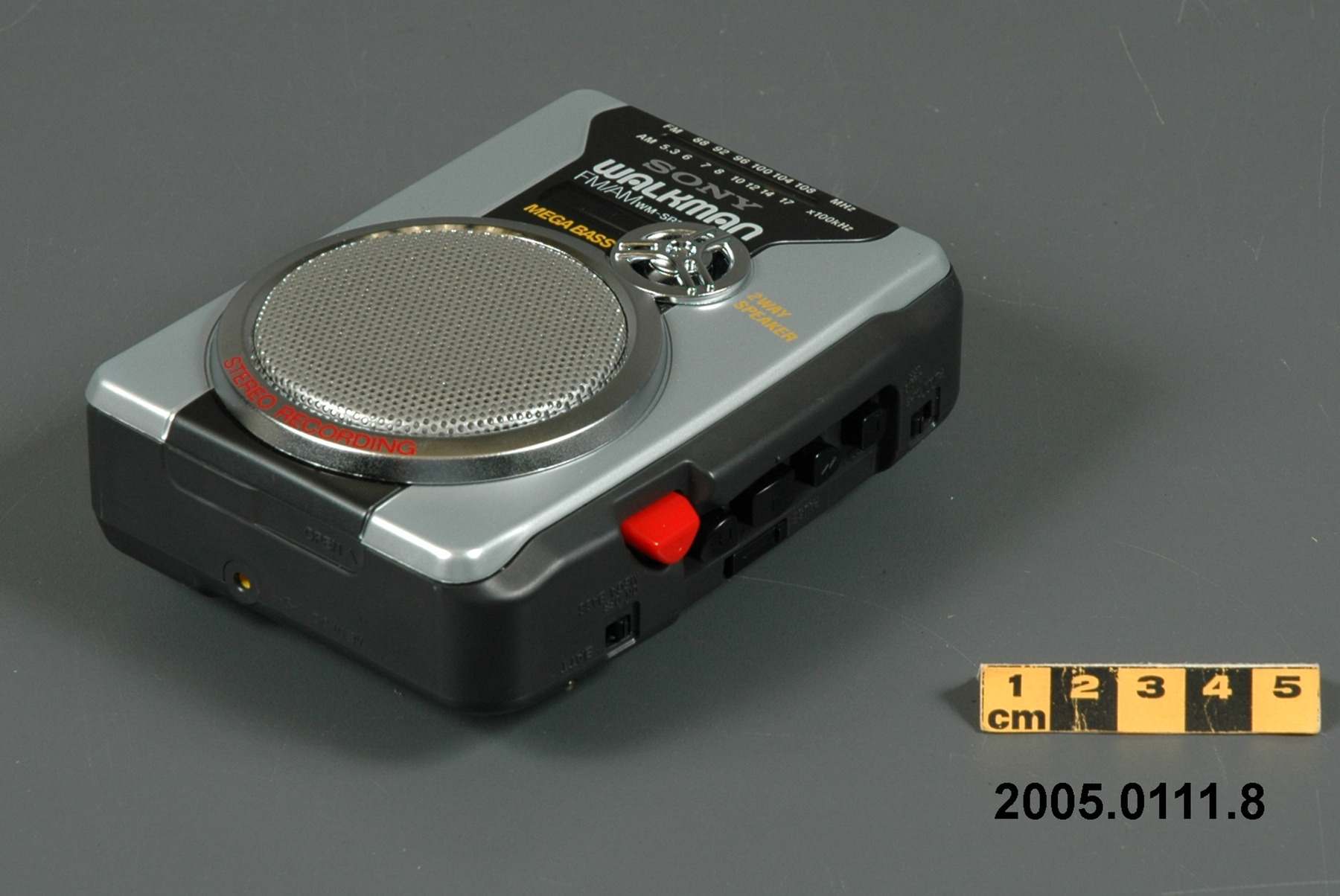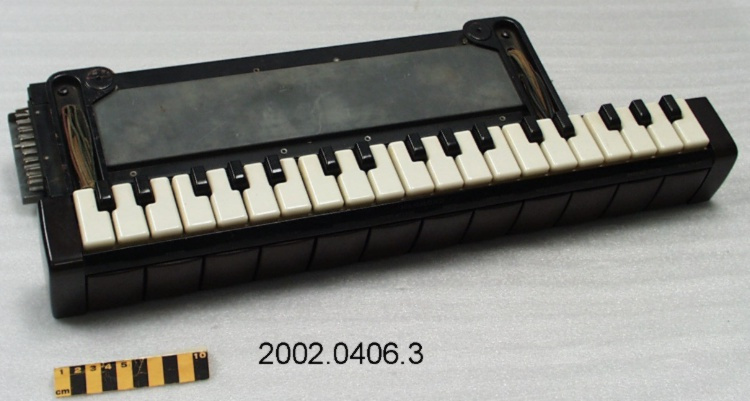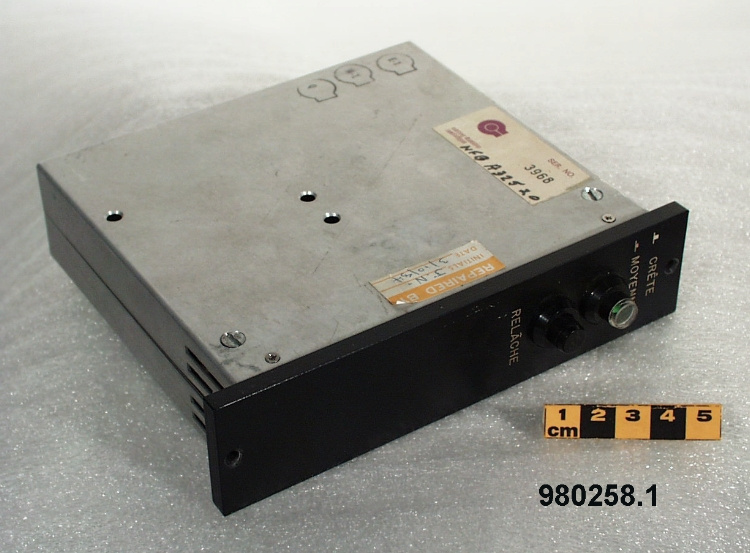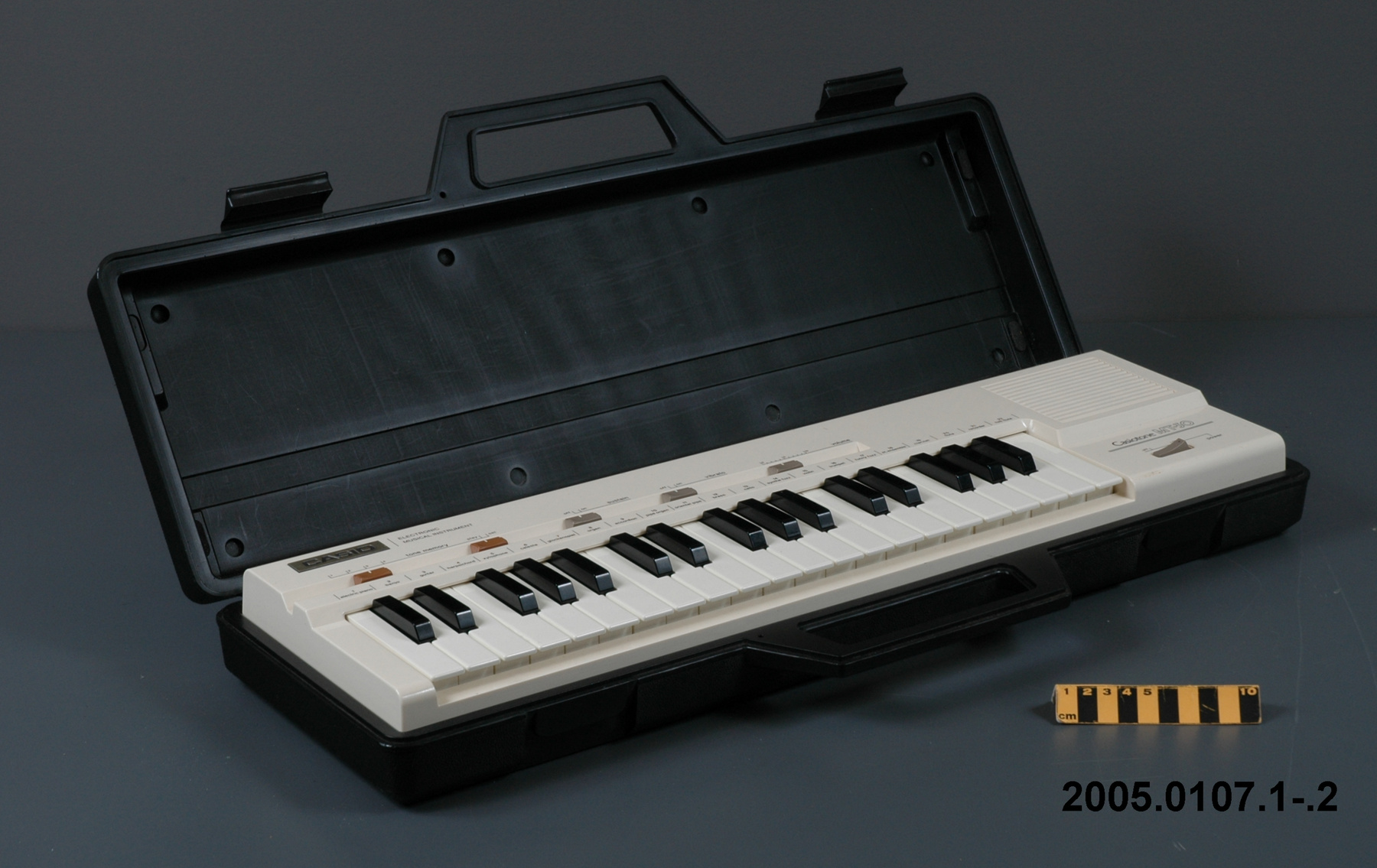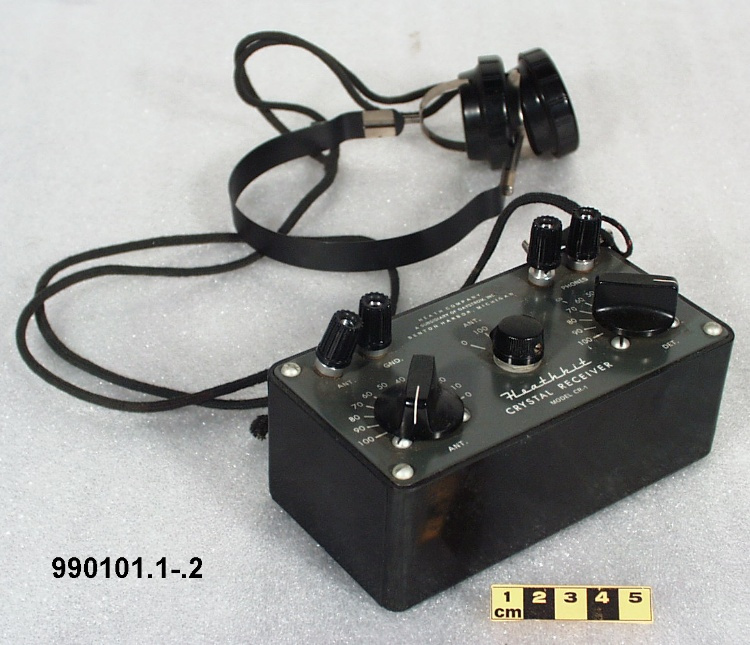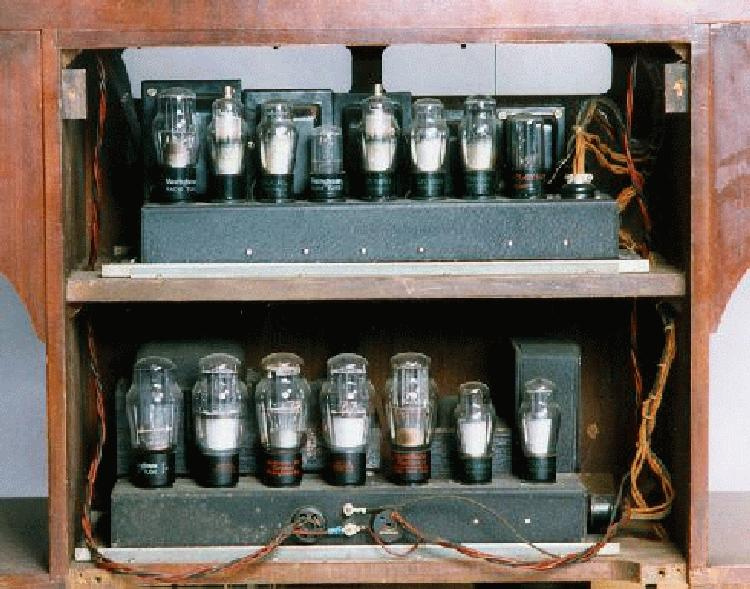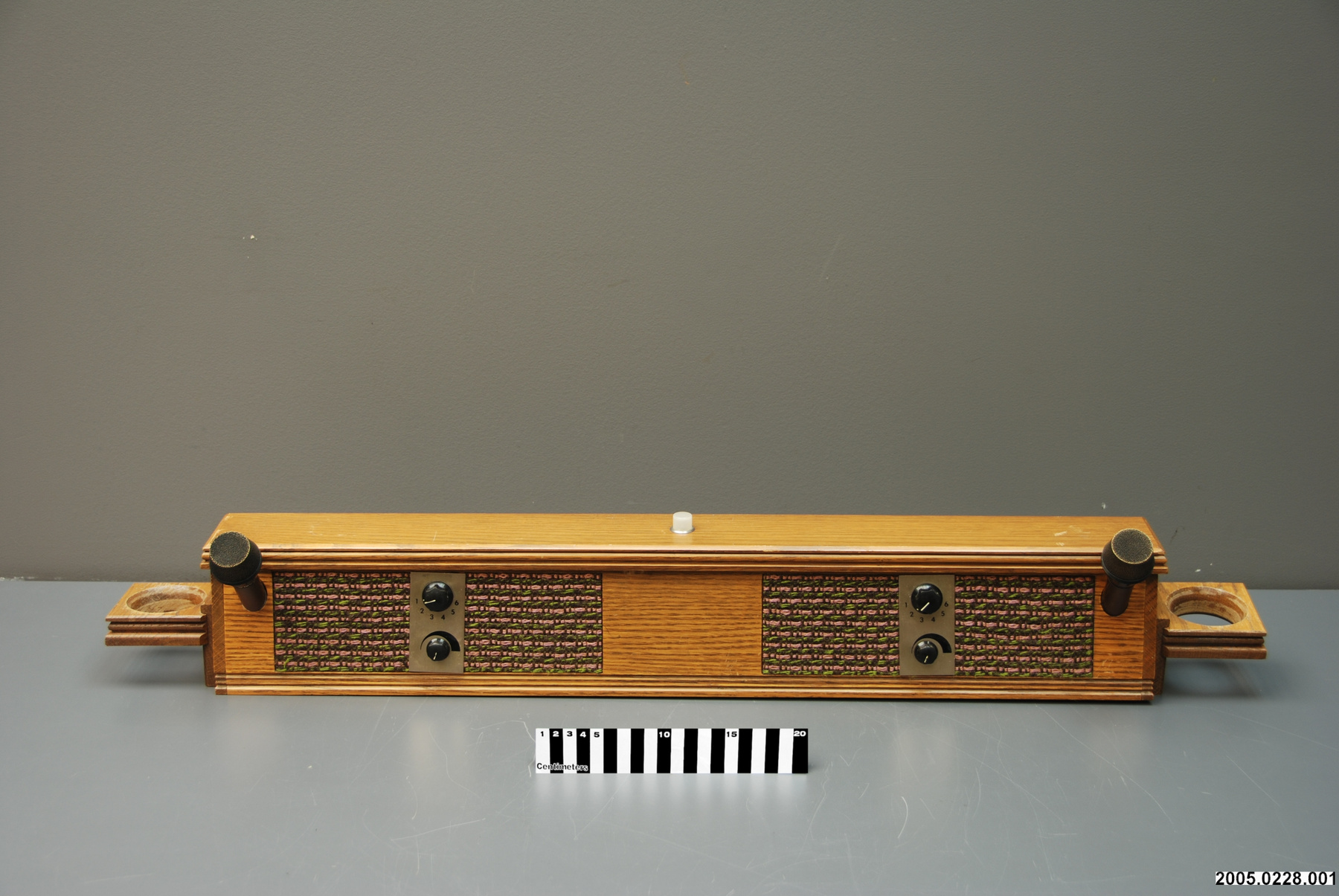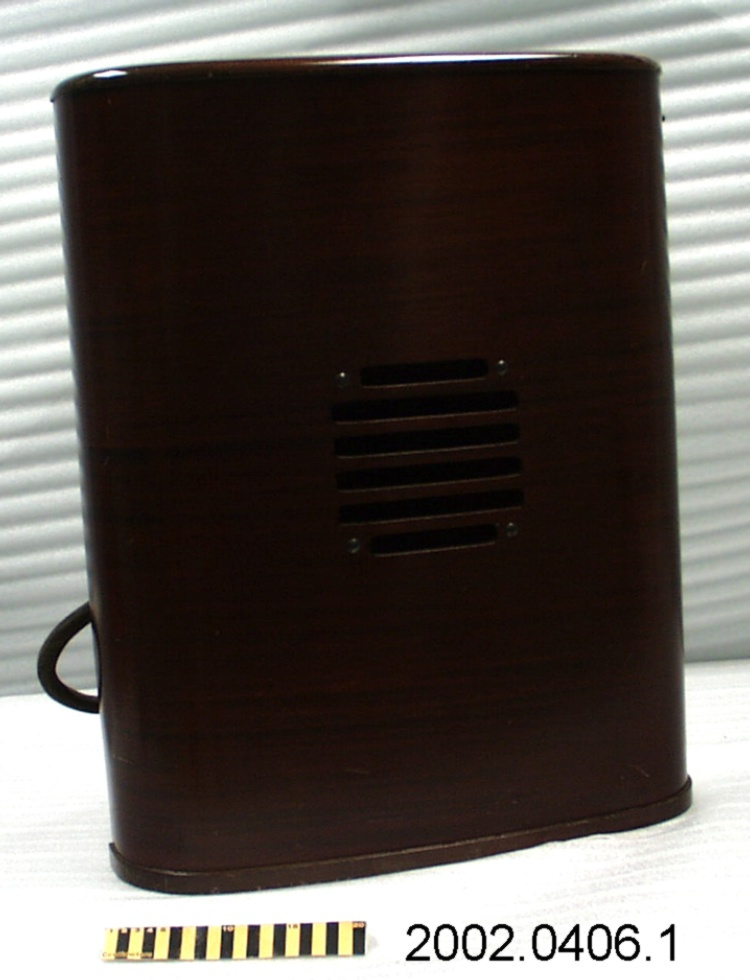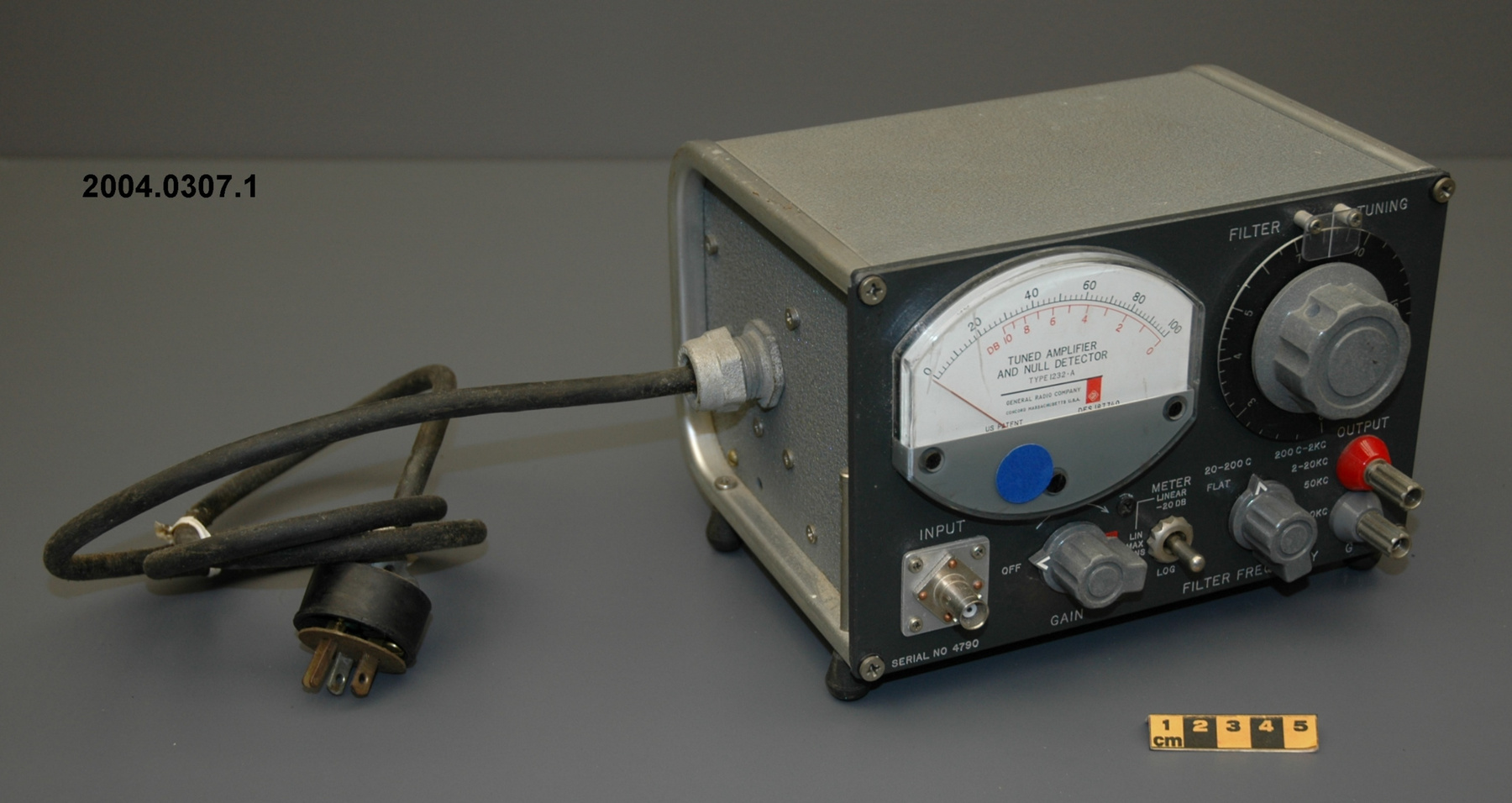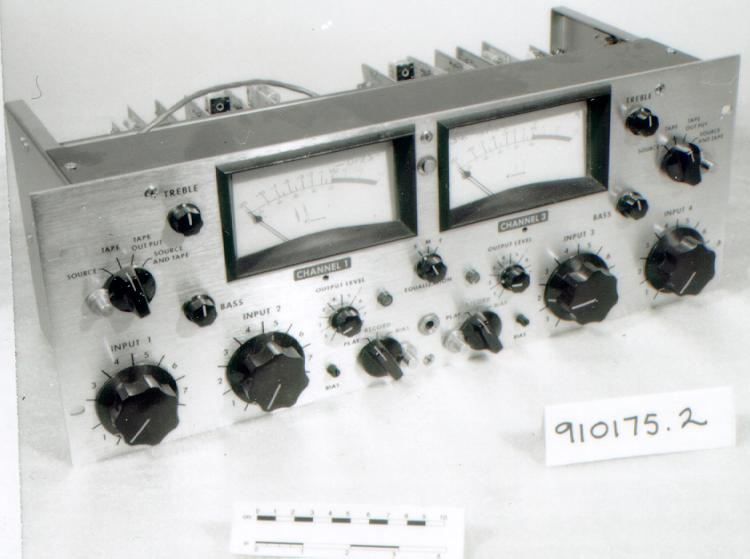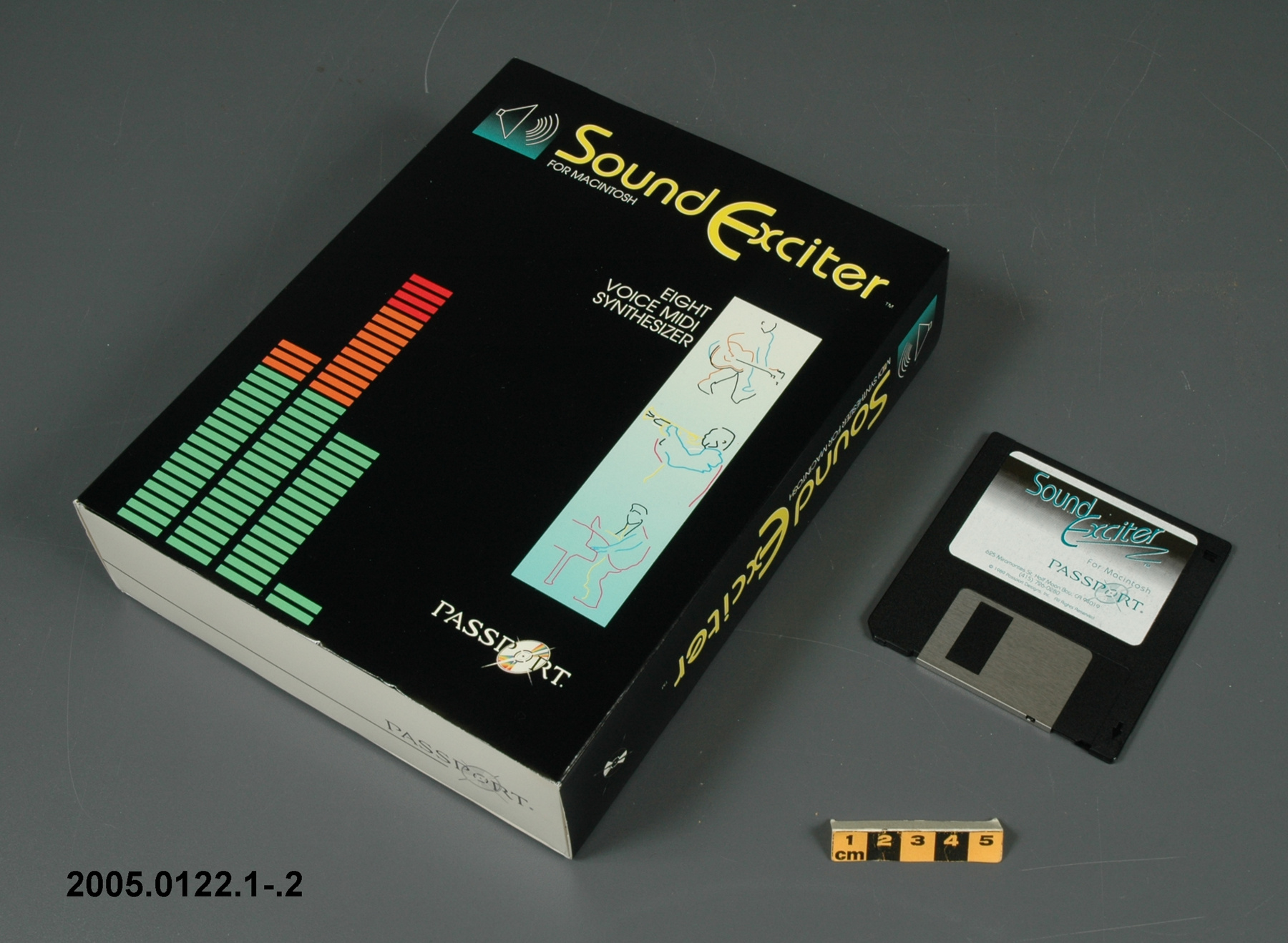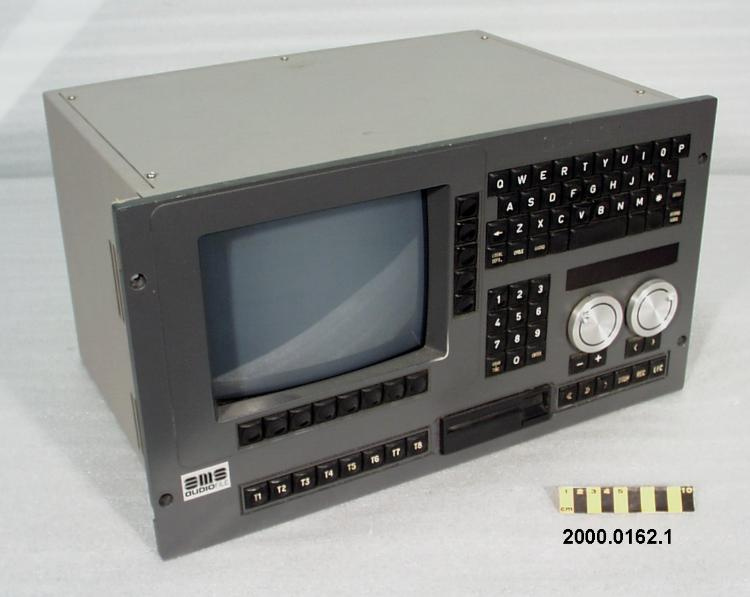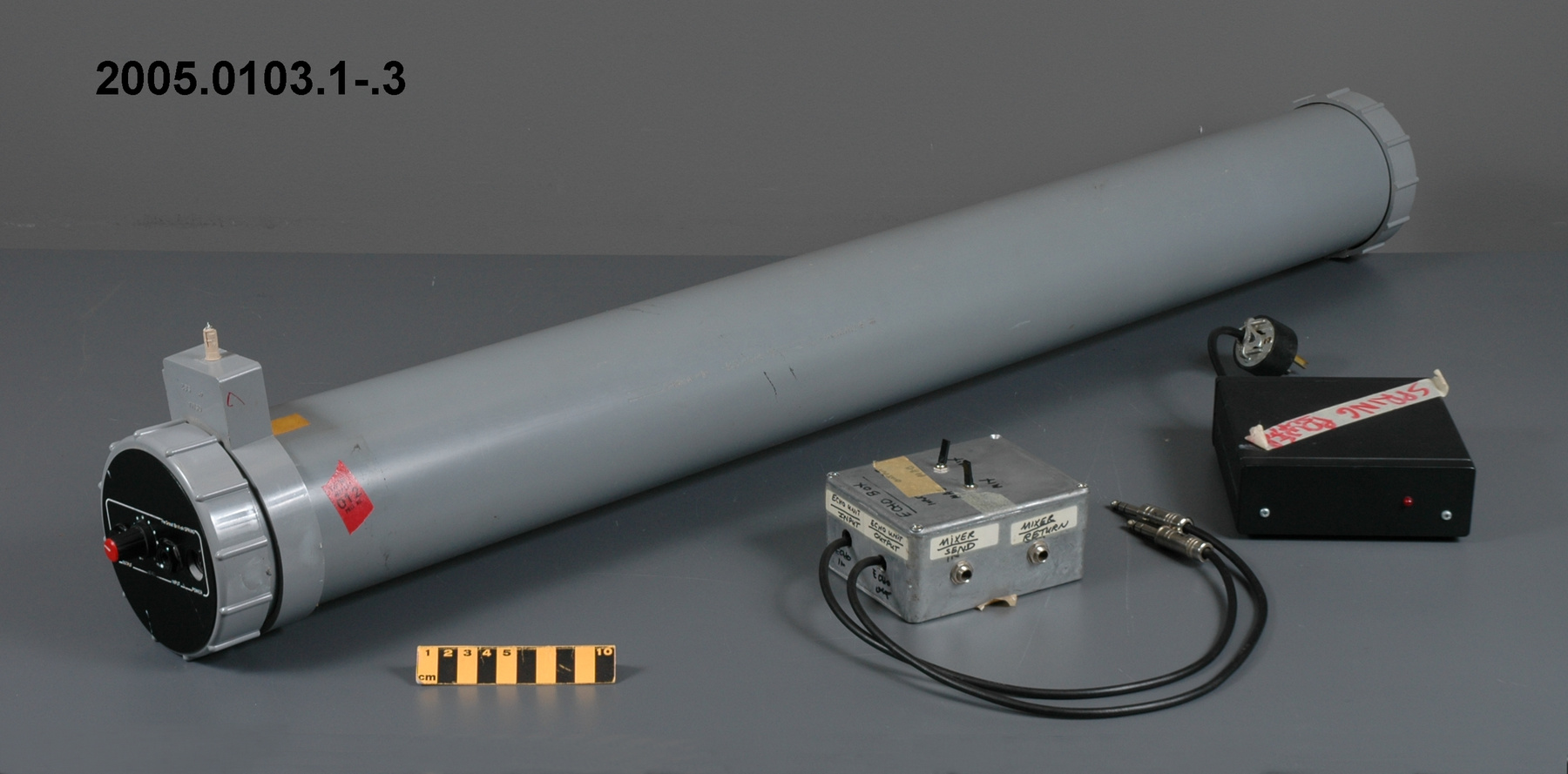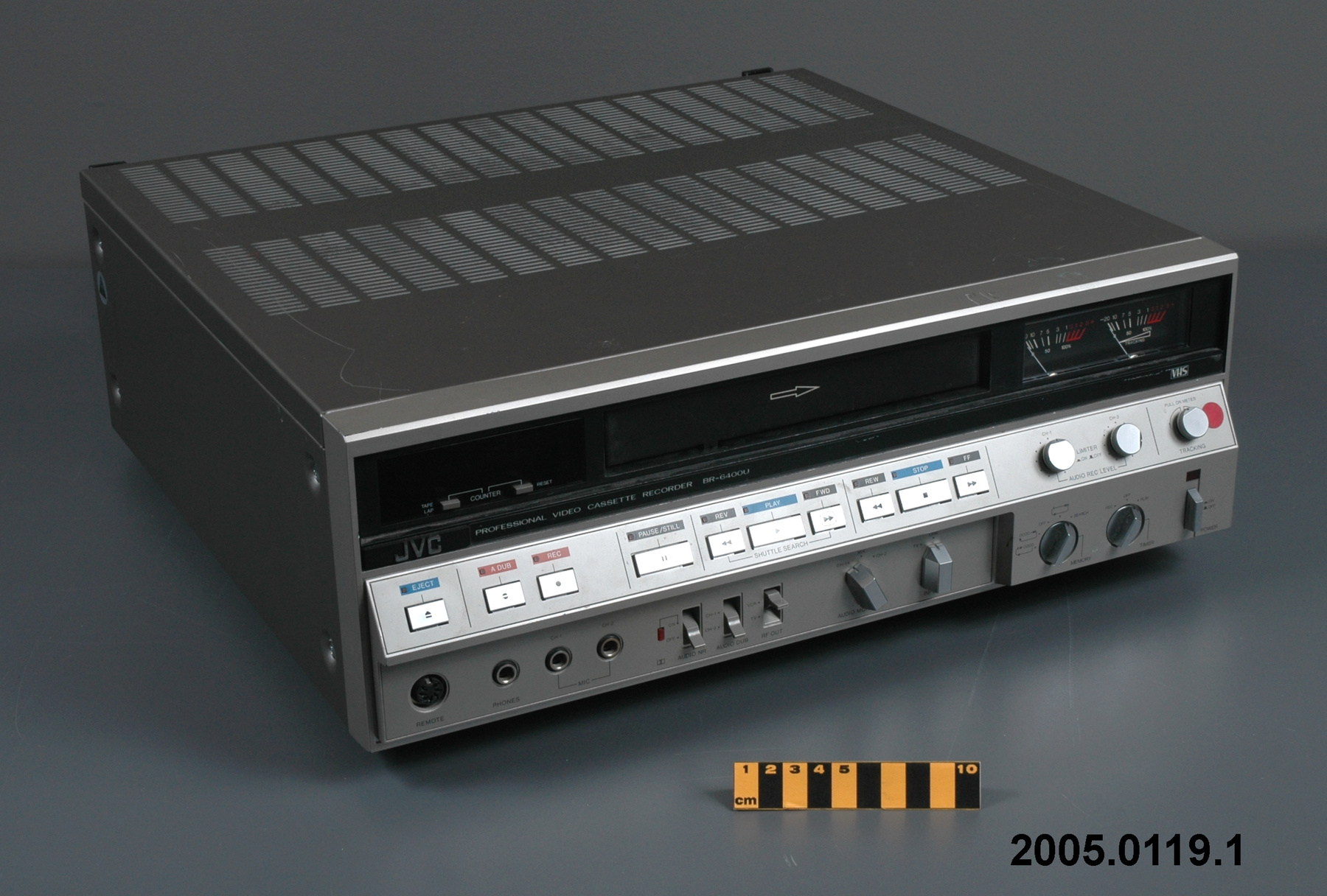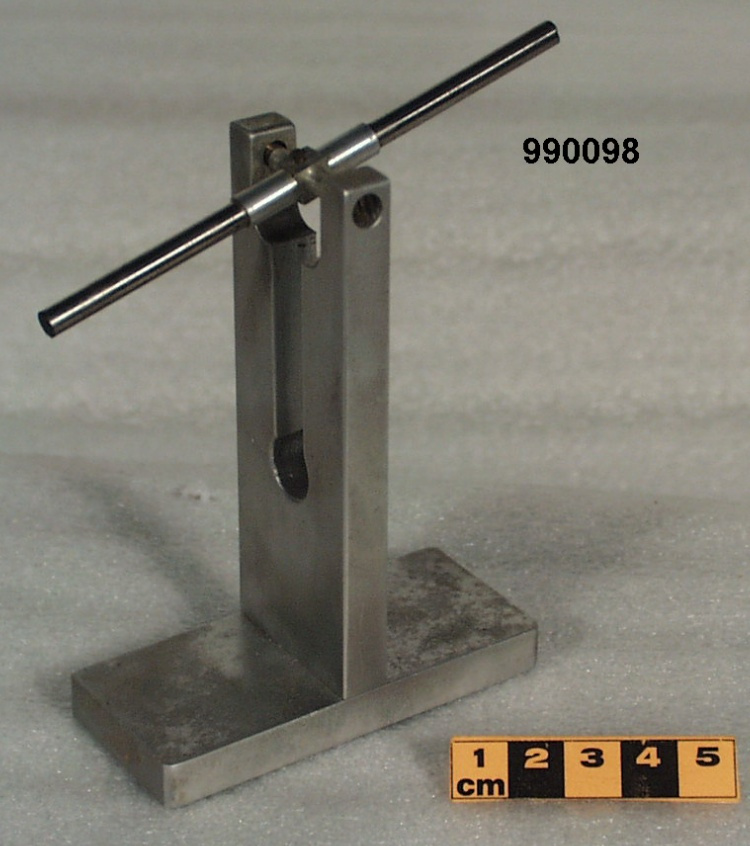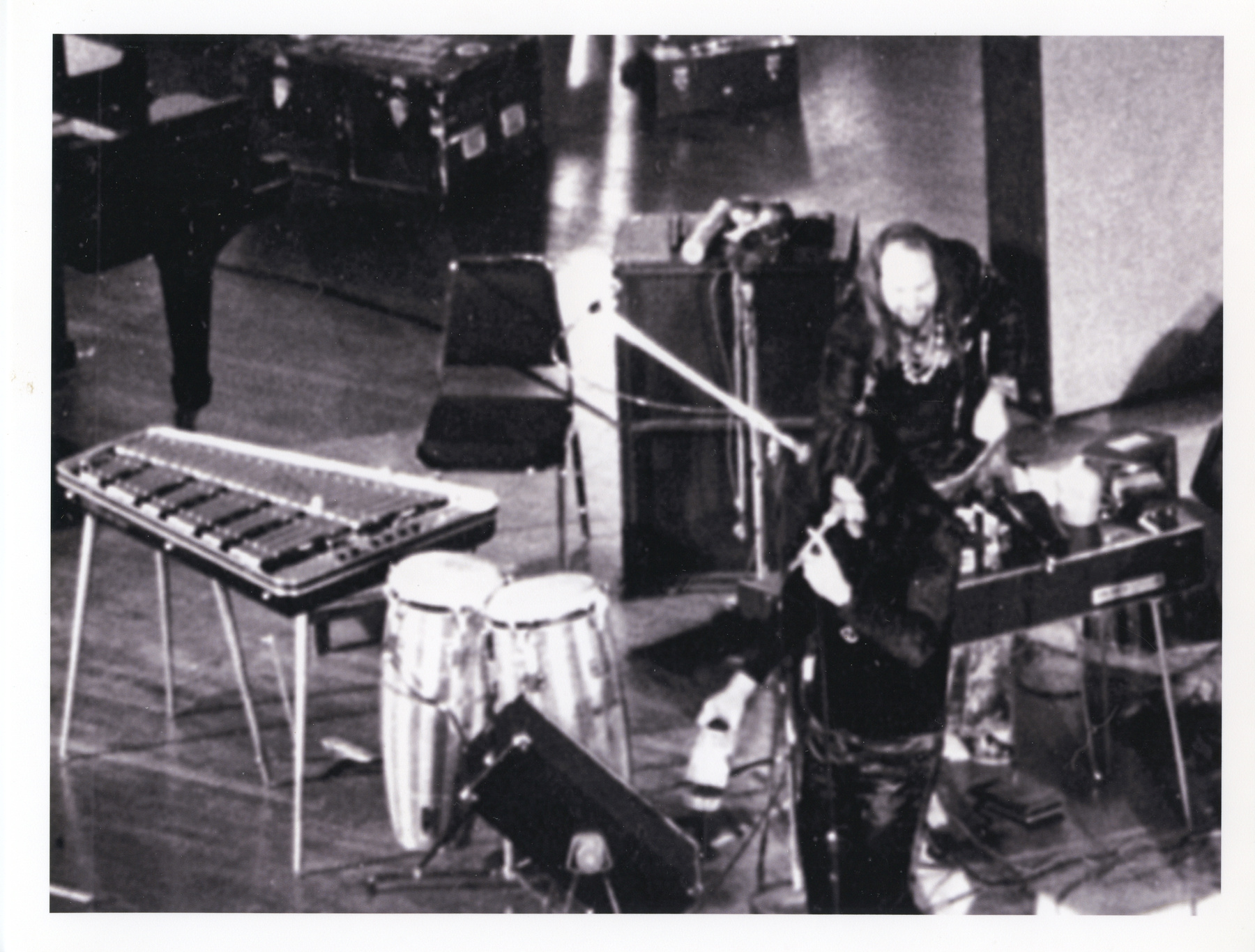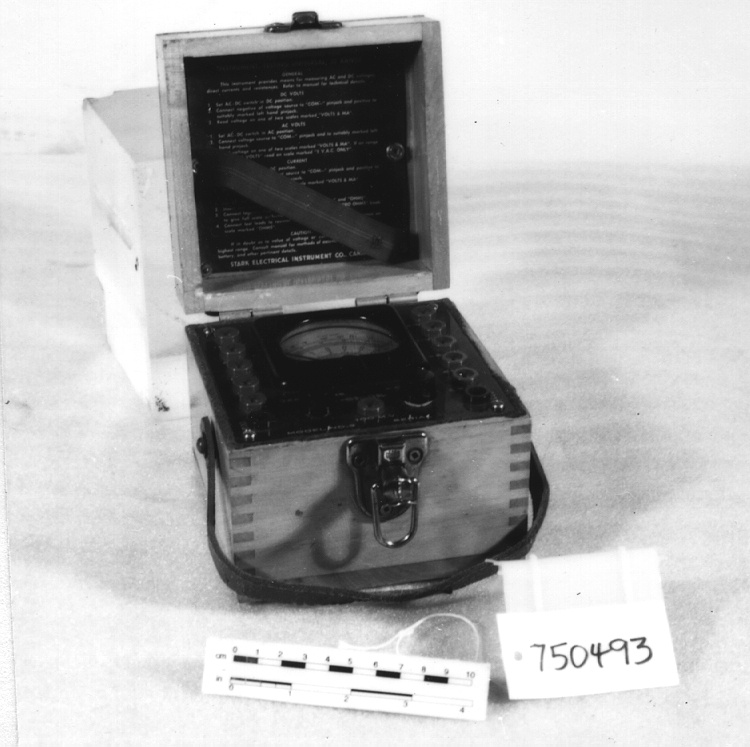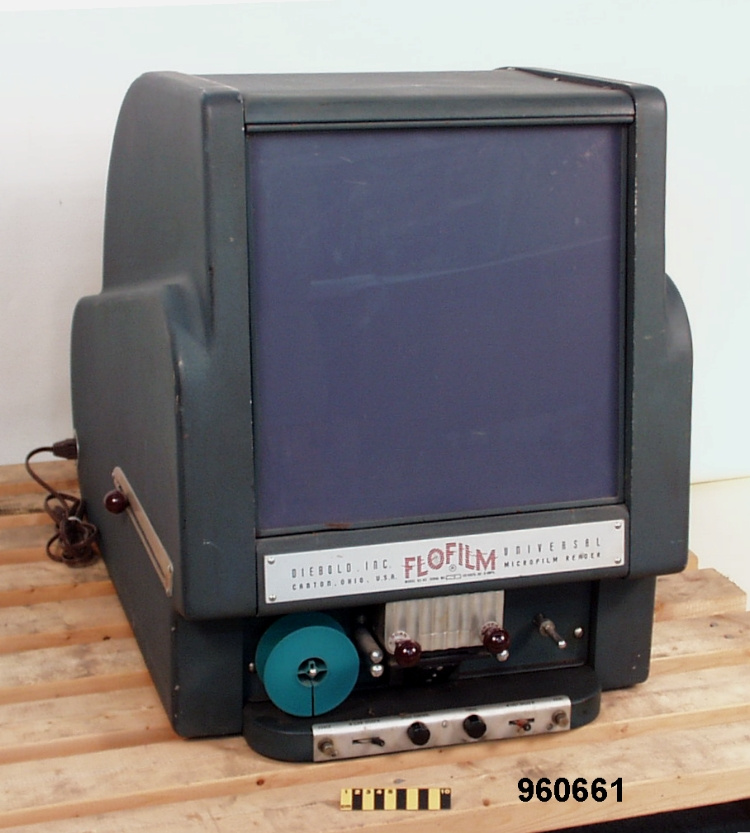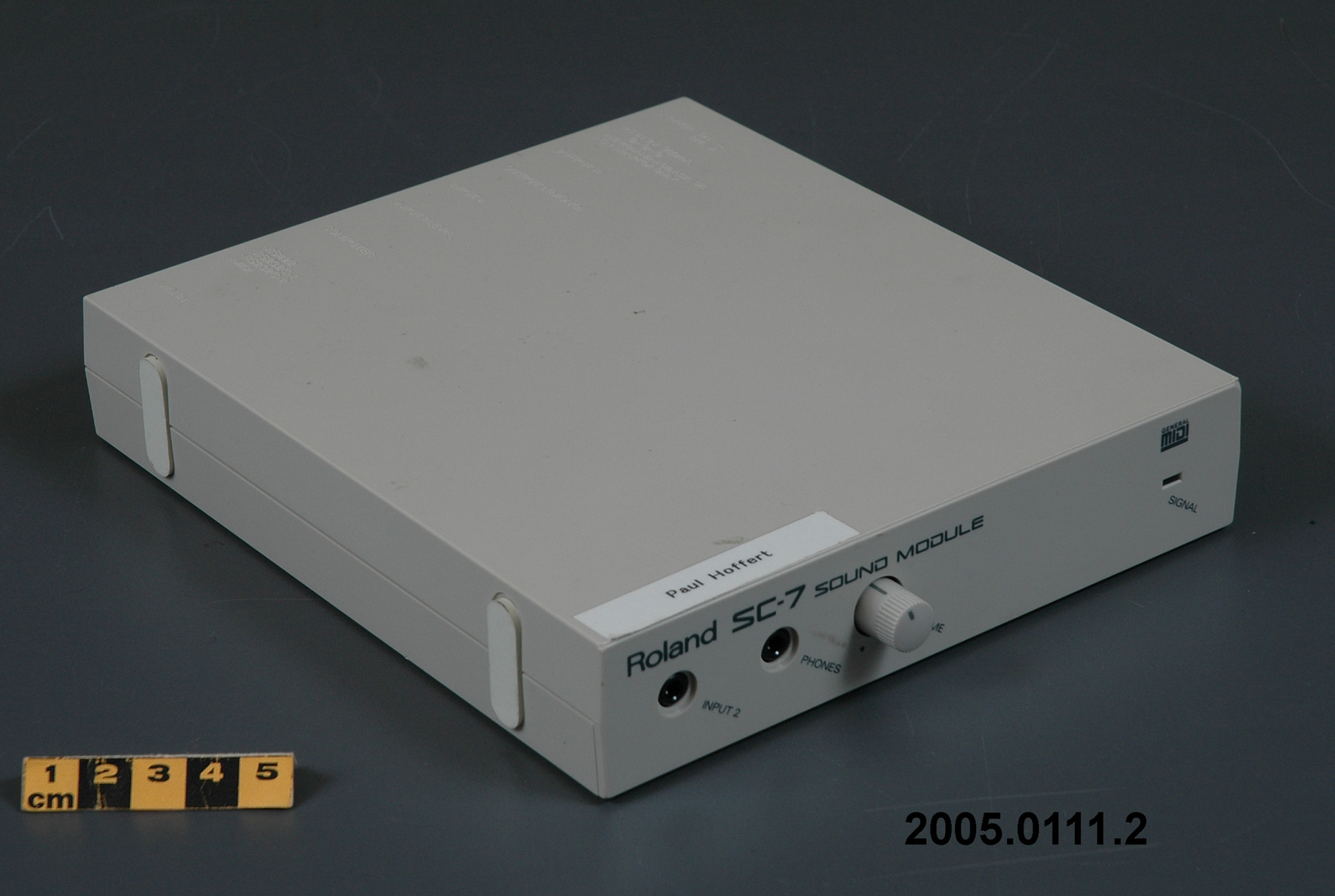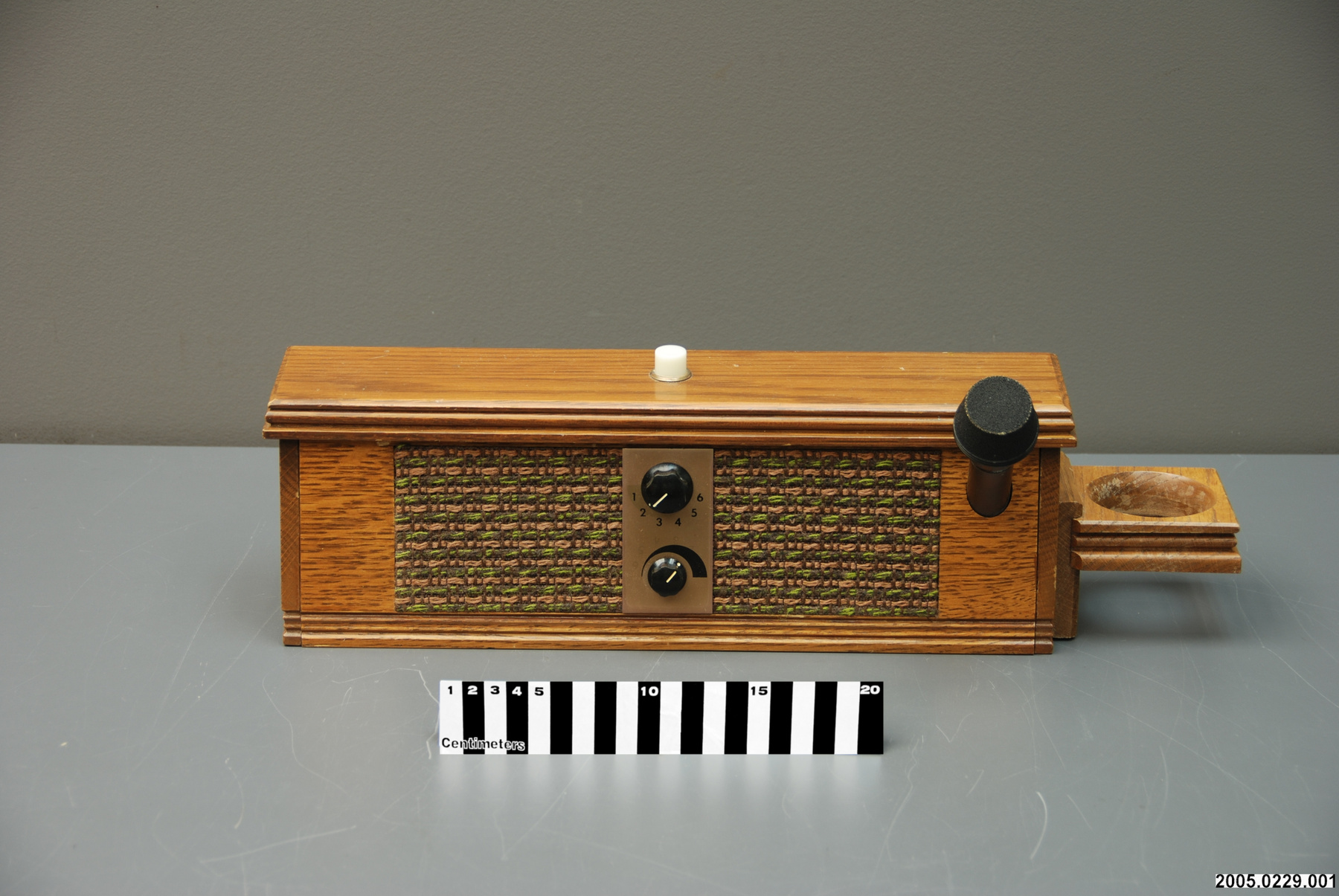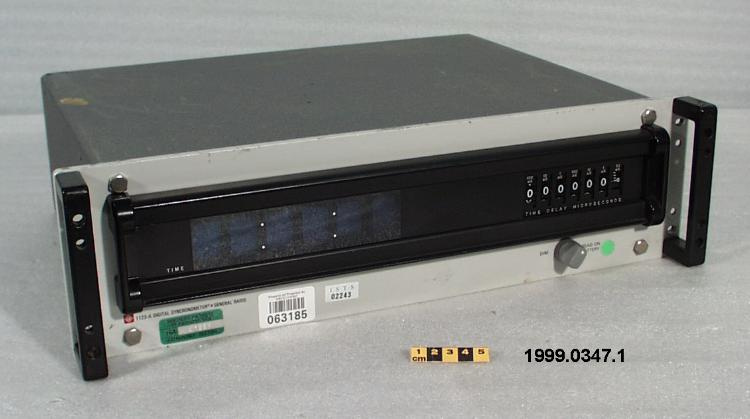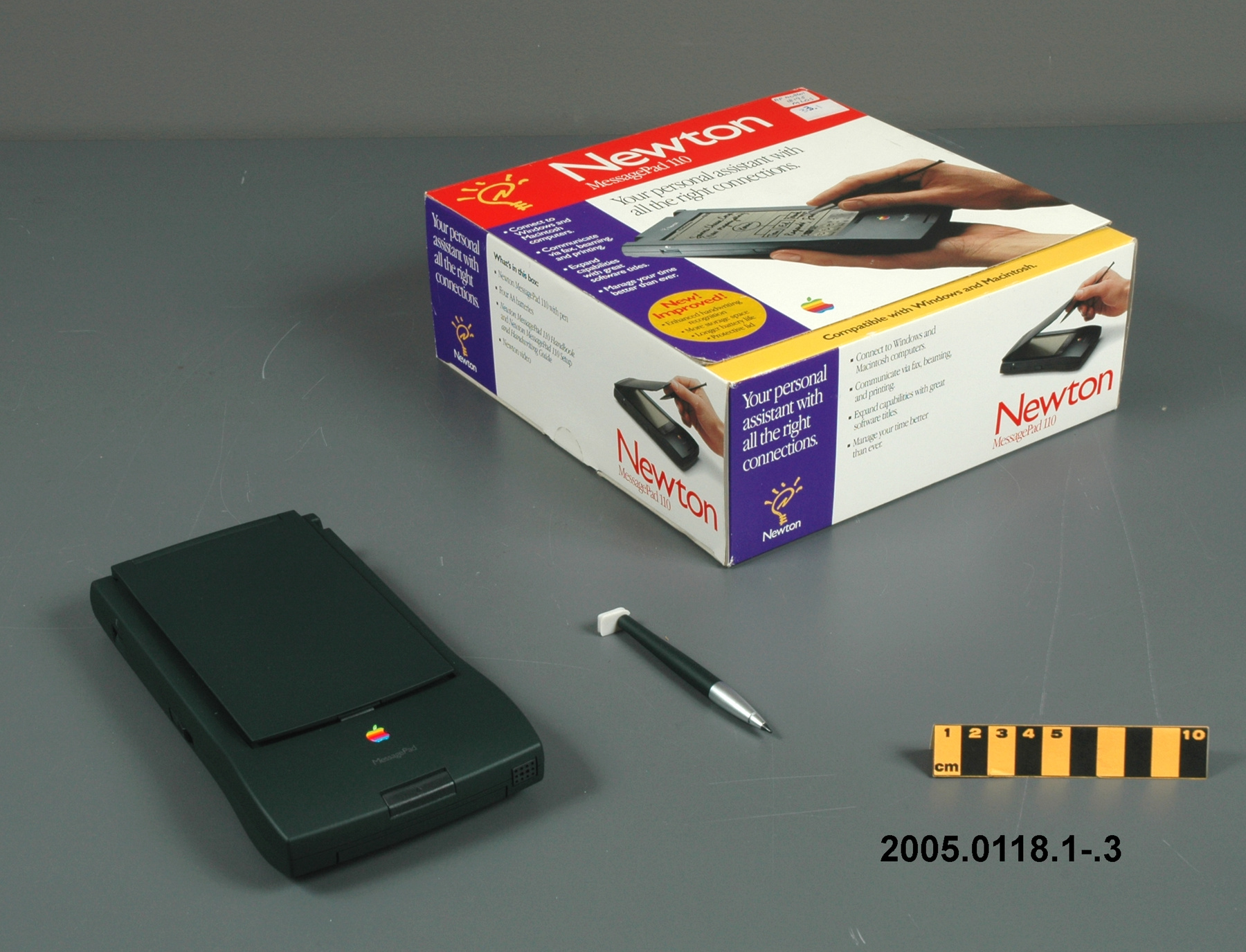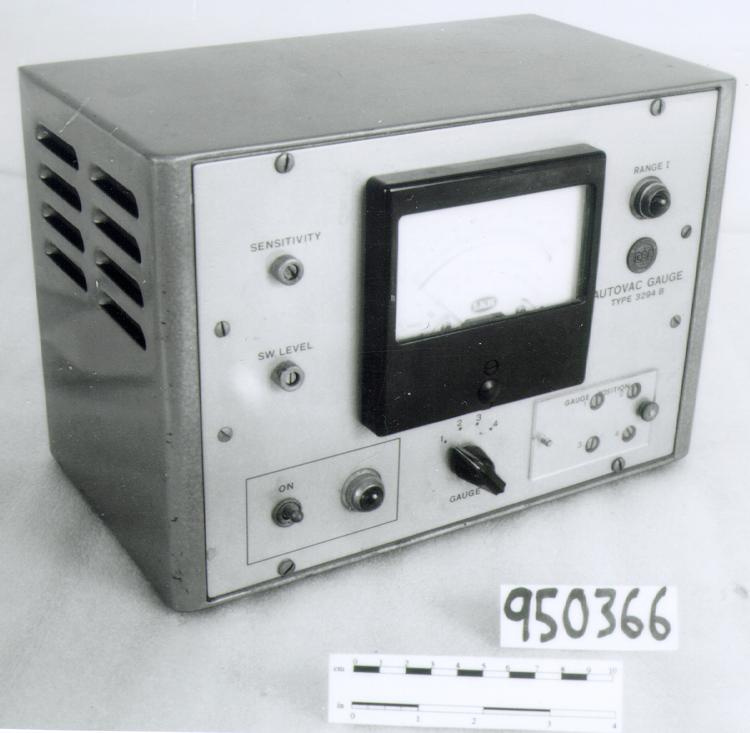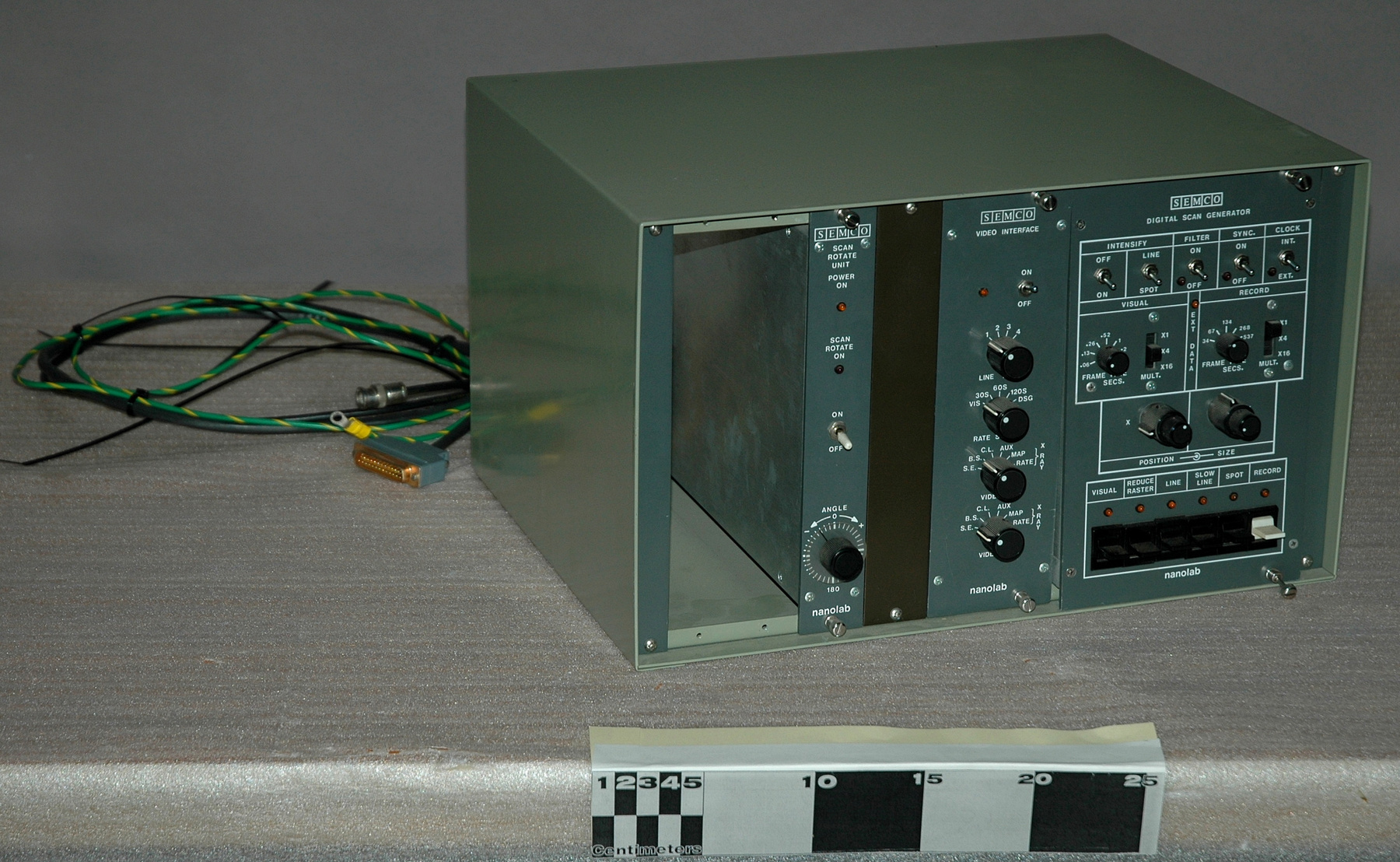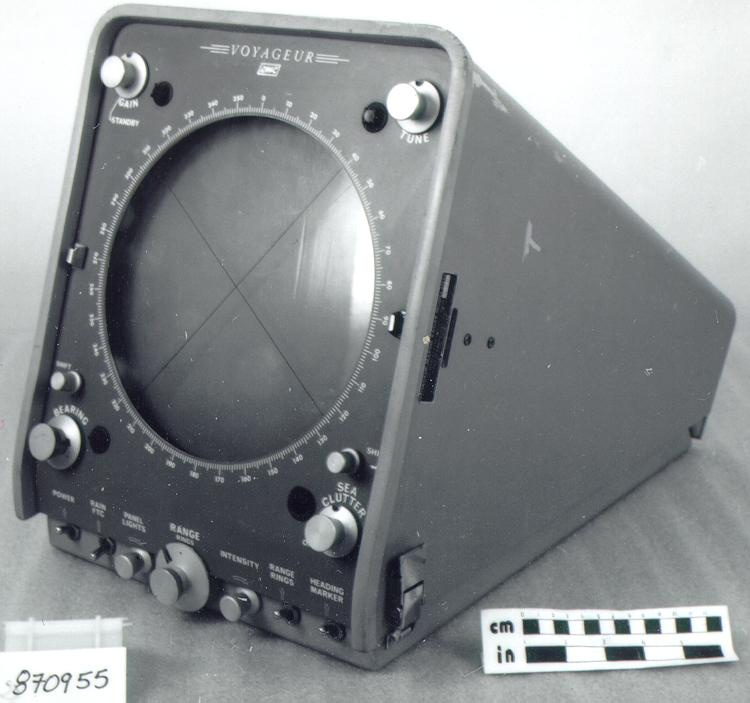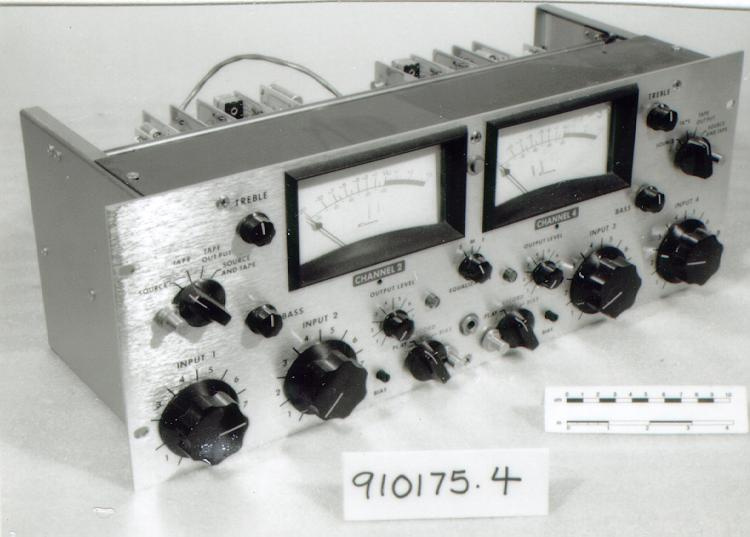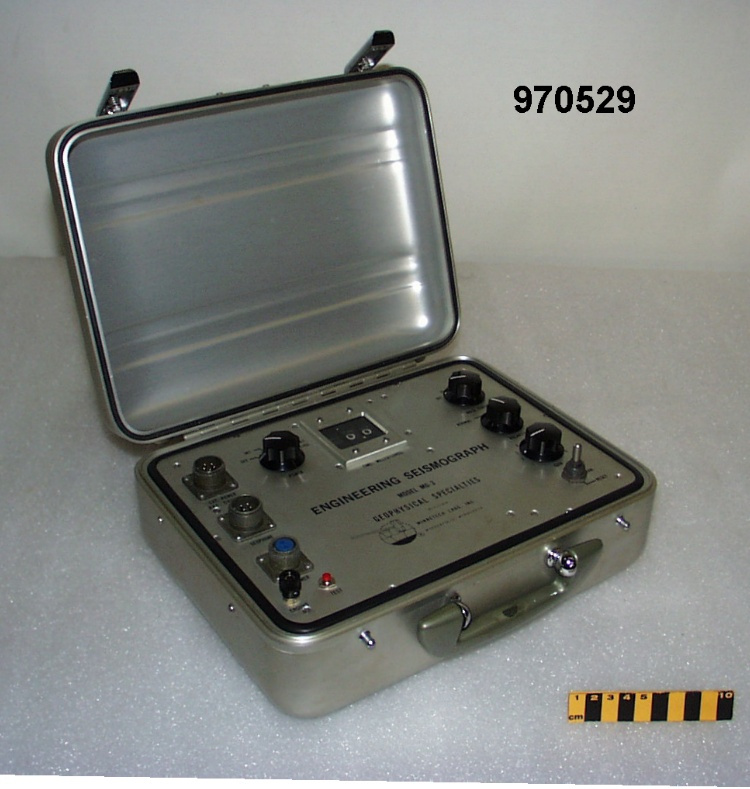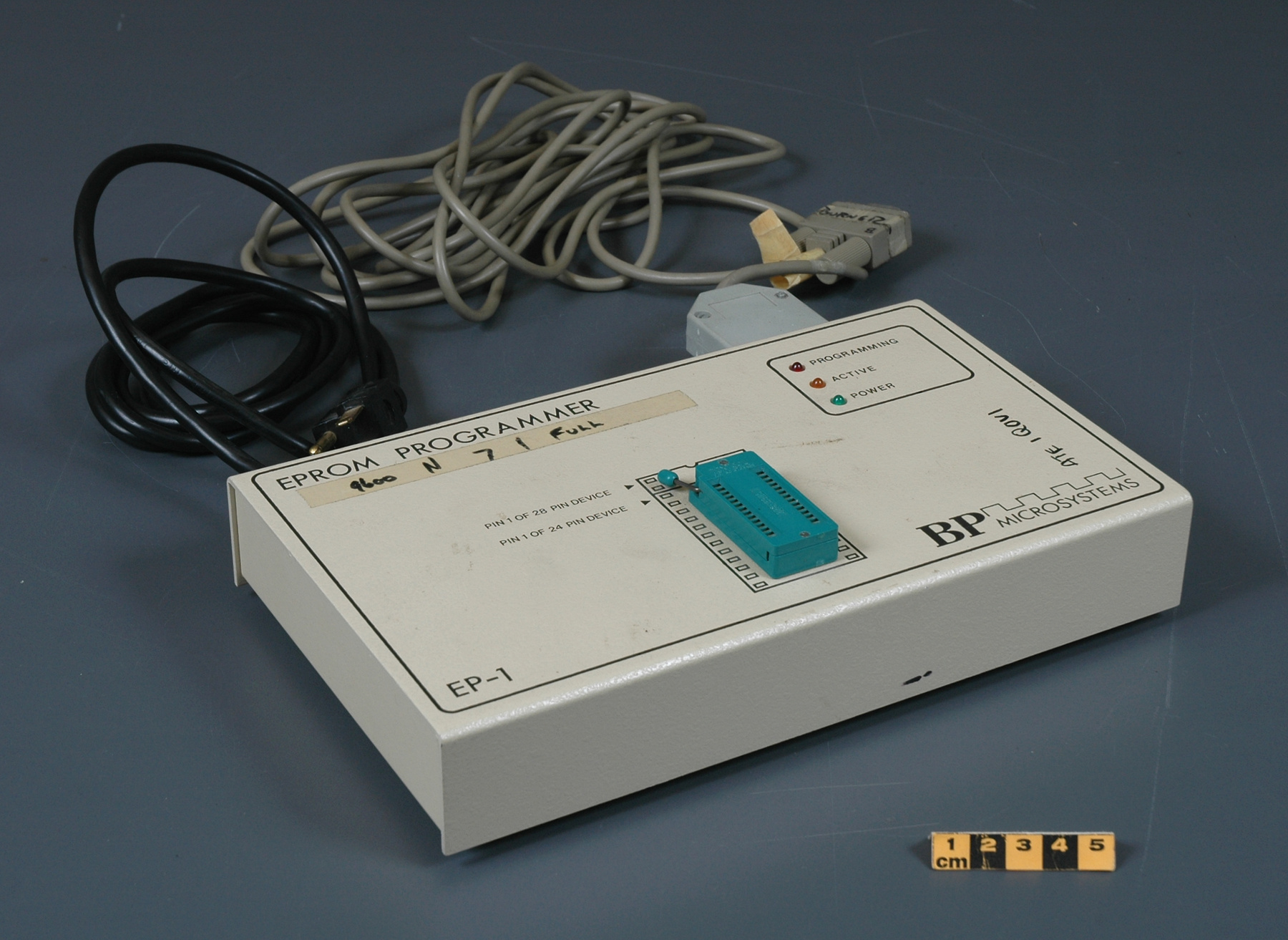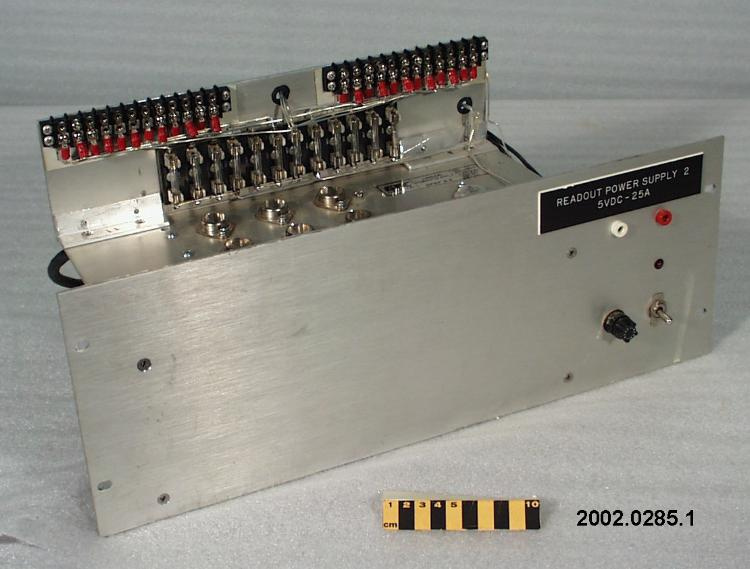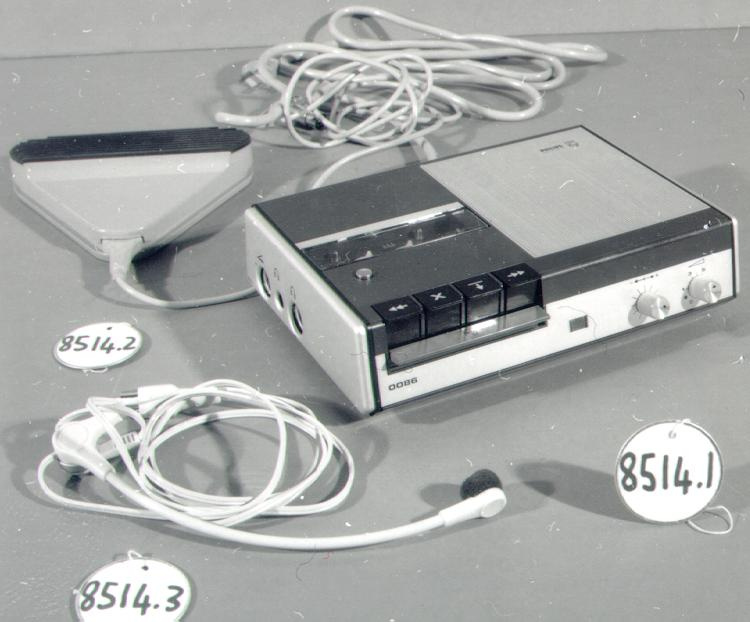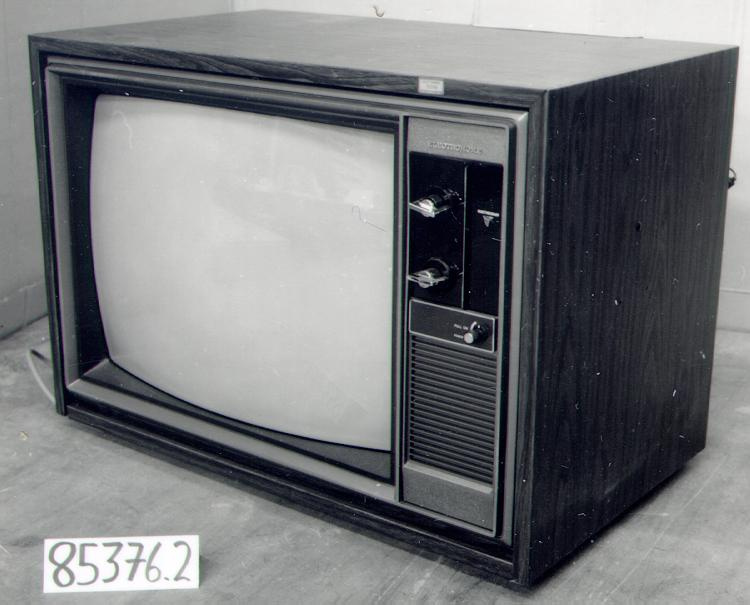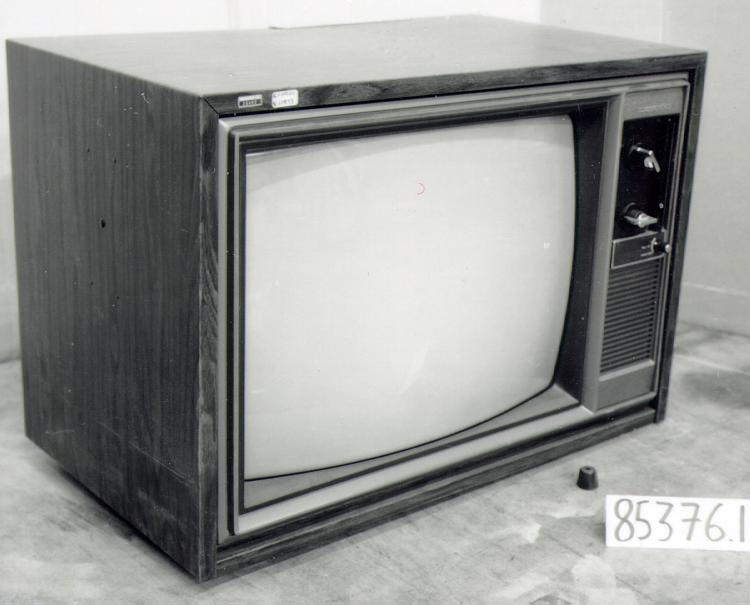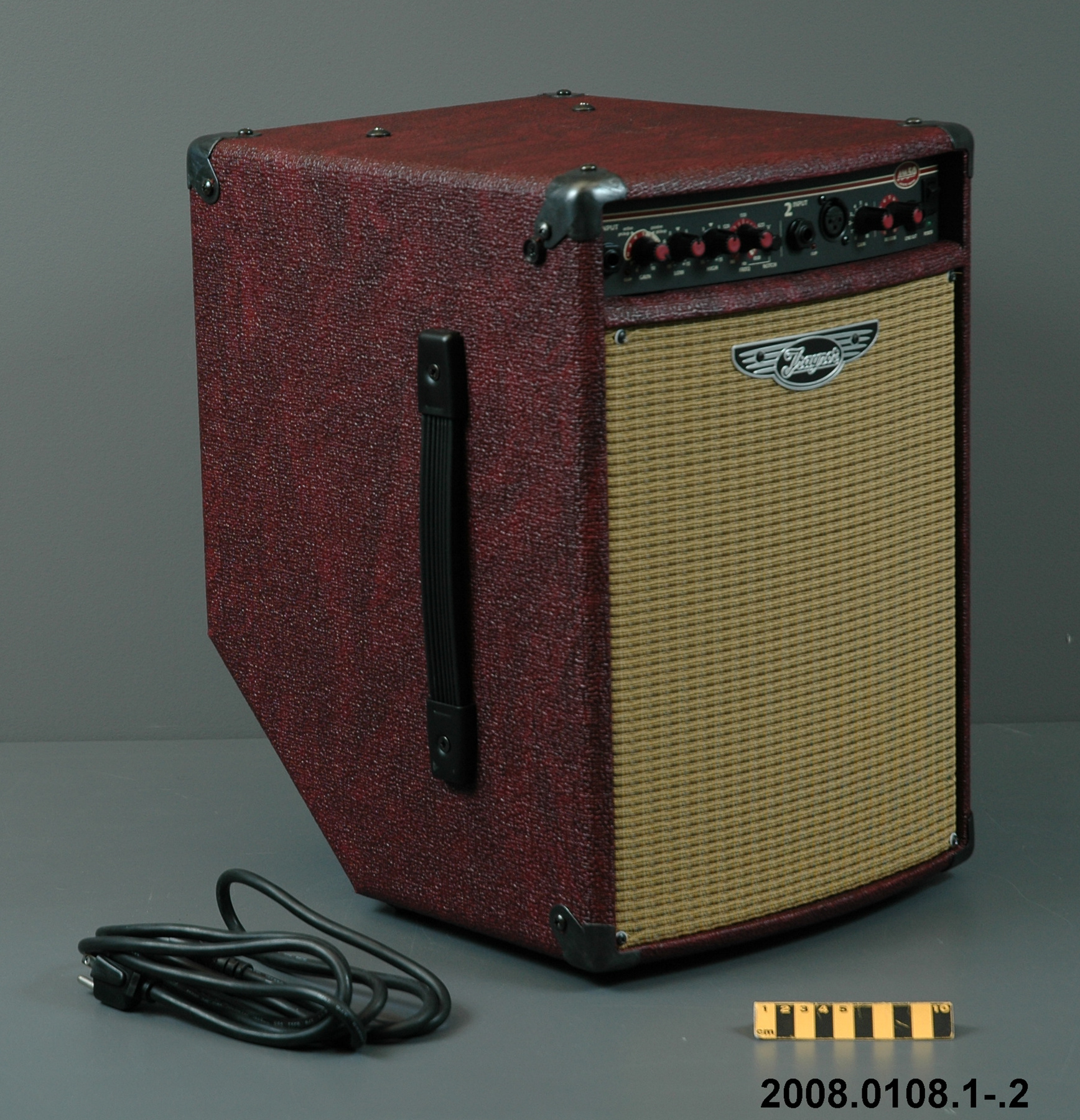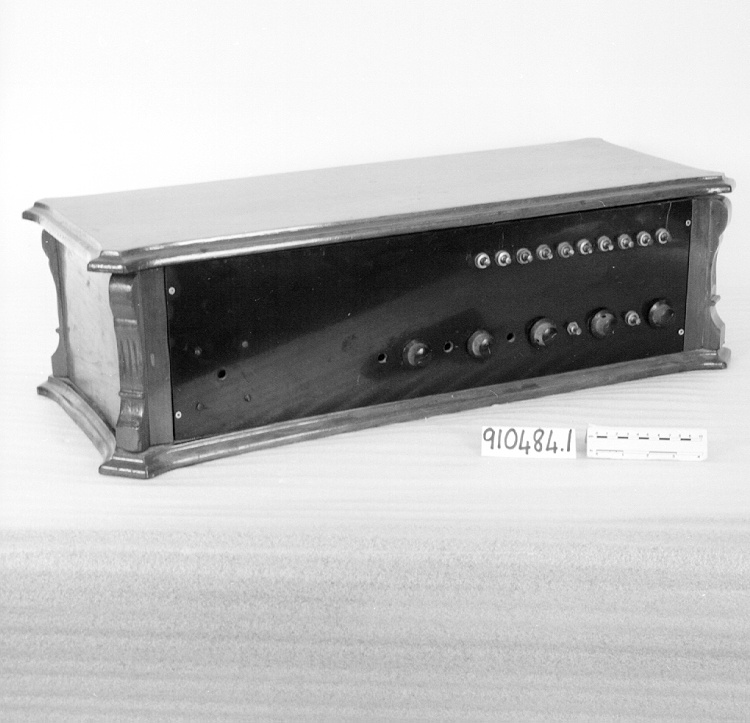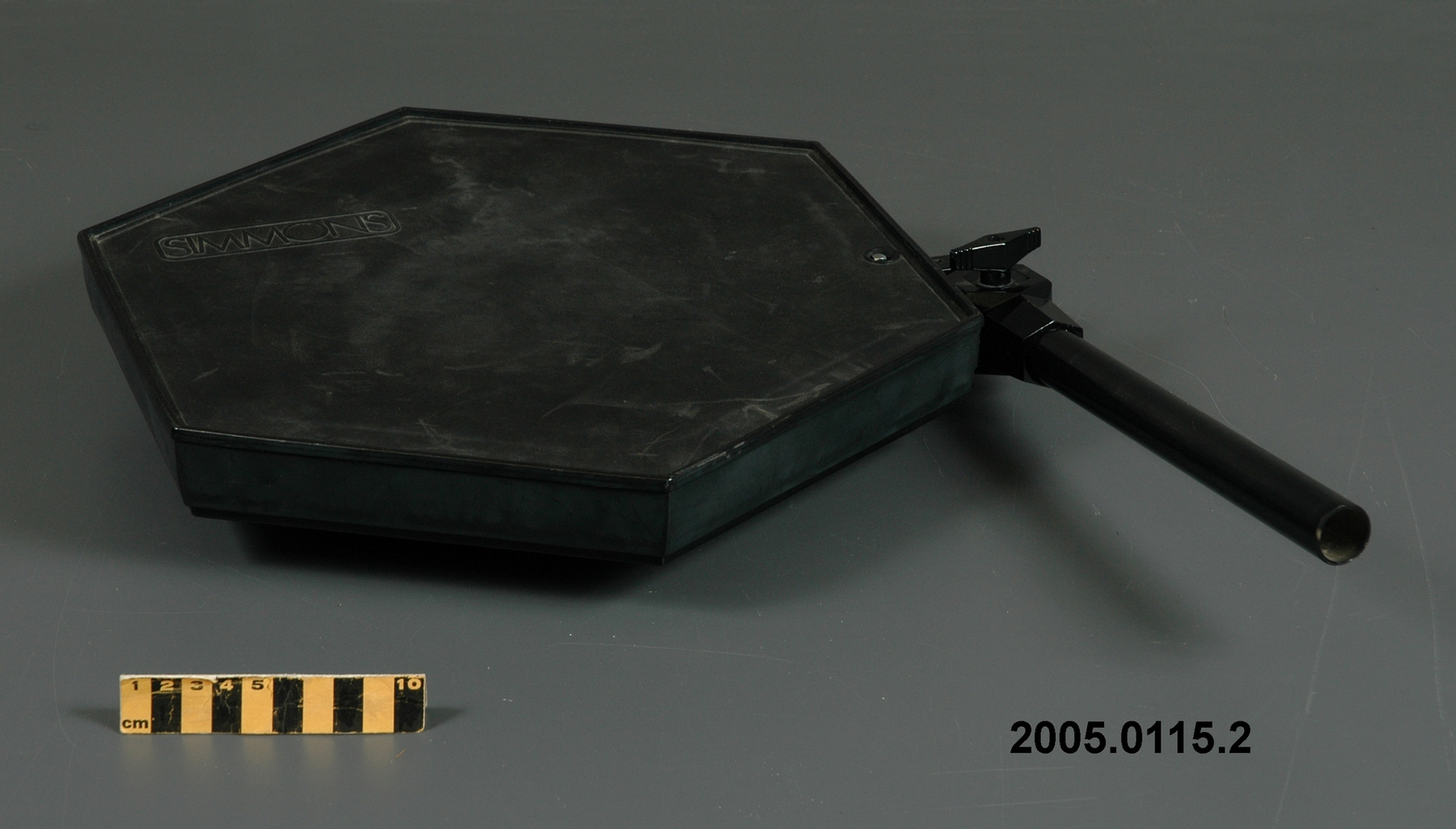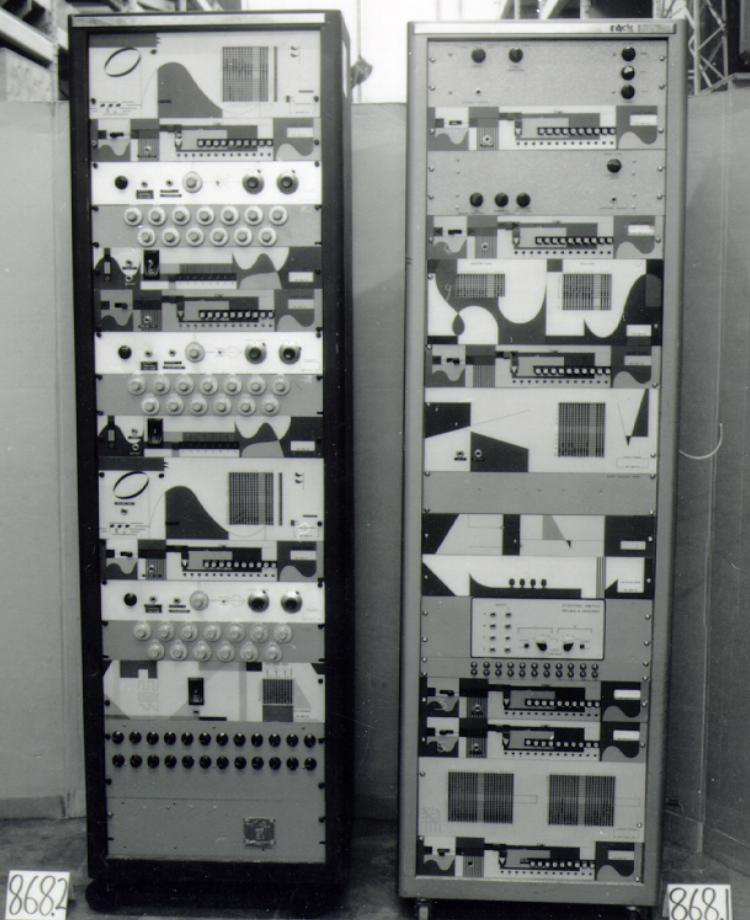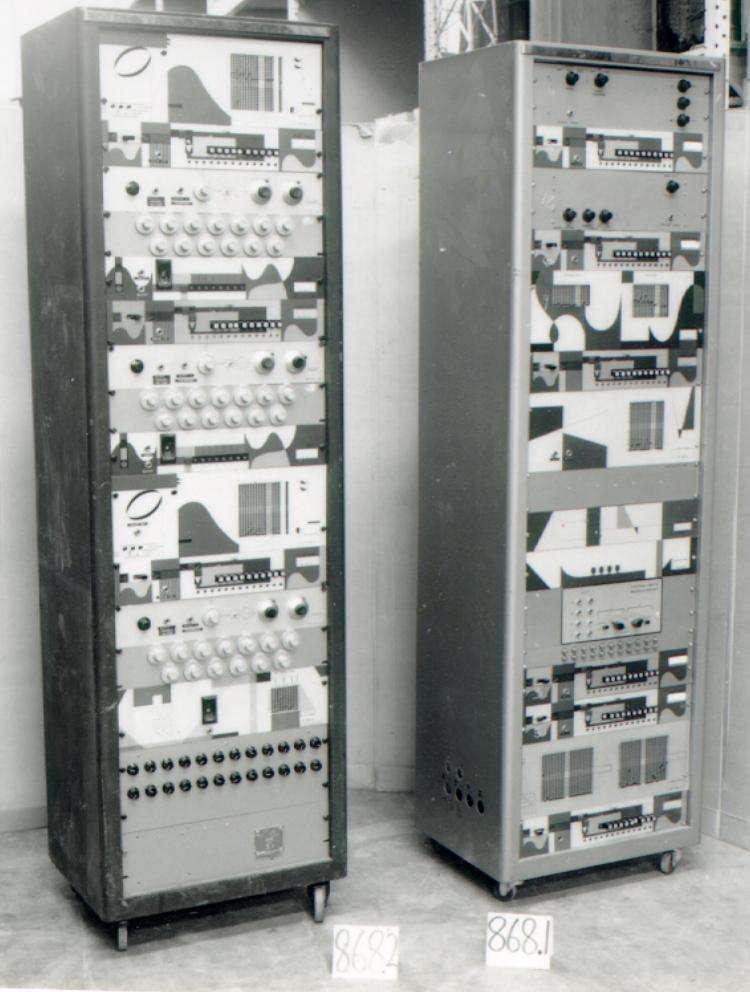Generator, serial sound structure
Use this image
Can I reuse this image without permission? Yes
Object images on the Ingenium Collection’s portal have the following Creative Commons license:
Copyright Ingenium / CC BY-NC-ND (Attribution-NonCommercial 4.0 International (CC BY-NC 4.0)
ATTRIBUTE THIS IMAGE
Ingenium,
1986.0008.001
Permalink:
Ingenium is releasing this image under the Creative Commons licensing framework, and encourages downloading and reuse for non-commercial purposes. Please acknowledge Ingenium and cite the artifact number.
DOWNLOAD IMAGEPURCHASE THIS IMAGE
This image is free for non-commercial use.
For commercial use, please consult our Reproduction Fees and contact us to purchase the image.
- OBJECT TYPE
- N/A
- DATE
- 1965–1970
- ARTIFACT NUMBER
- 1986.0008.001
- MANUFACTURER
- NRC, Elmus Lab
- MODEL
- Unknown
- LOCATION
- Ottawa, Ontario, Canada
More Information
General Information
- Serial #
- N/A
- Part Number
- 1
- Total Parts
- 2
- AKA
- N/A
- Patents
- N/A
- General Description
- FERROUS METAL RACKS/ NON-FERROUS METAL CASING FRONTS/ METAL WORKING PARTS/ SYNTHETIC KNOBS, BUTTONS, SWITCHES, & WORKING PARTS
Dimensions
Note: These reflect the general size for storage and are not necessarily representative of the object's true dimensions.
- Length
- 69.3 cm
- Width
- 45.0 cm
- Height
- 193.5 cm
- Thickness
- N/A
- Weight
- N/A
- Diameter
- N/A
- Volume
- N/A
Lexicon
- Group
- Communications
- Category
- Music
- Sub-Category
- N/A
Manufacturer
- AKA
- NRC
- Country
- Canada
- State/Province
- Ontario
- City
- Ottawa
Context
- Country
- Canada
- State/Province
- Quebec
- Period
- C. 1968 POSSIBLY UP TO EARLY 1980'S
- Canada
-
One of four SSSGs designed by pioneering Canadian electronic music composer and instrument designer Hugh Le Caine of NRC, and built at NRC Elmus Lab. It was used at McGill University at the second electronic music studio which opened in 1964. - Function
-
An electronic music instrument used in the studio to produce motifs to be recorded and used in composition according to classic studio techniques. It contained four types of control, which assigned to each note a duration, pitch, volume, and timbre characteristic. - Technical
-
The SSSG applied serial logic to various parameters of electronic musical texture. It was extremely complex and powerful sequencer and was capable of a wider application than later commercial sequencers. The SSSG anticipated developments in the application of computers to sound generation and control. - Area Notes
-
Unknown
Details
- Markings
- BLACK PRINTED LETTERING FOR CONTROL FUNCTIONS/ PLATE ON CASING BACK READS 'HAMMOND/ 1463-C1/ HAMMOND MFG. CO. LTD./ GUELPH, CANADA'.
- Missing
- N/A
- Finish
- OUTER CASING PAINTED GREY/ COMPONENT CASING FRONTS PAINTED GREY OR WITH MULTICOLOURED DESIGNS/ BLACK, WHITE, & BLUE CONTROLS/ METALLIC APPLIQUE SHEET ON FRONT PANEL AS BACKGROUND FOR CONTROL KNOBS
- Decoration
- RED, GREEN, YELLOW, BLUE, BLACK, & BUFF ABSTRACT CURVILINEAR DESIGNS ON SOME FRONT PANELS, CREATED BY NRC ARTIST ANNE-LORE THOMSON DANIELS, WITH THE COLOURED SHAPES RELATED TO THE FUNCTIONS OF THE DIFFERENT CONTROLS OF THE INSTRUMENT.
CITE THIS OBJECT
If you choose to share our information about this collection object, please cite:
NRC, Elmus Lab, Generator, serial sound structure, between 1965–1970, Artifact no. 1986.0008, Ingenium – Canada’s Museums of Science and Innovation, http://collection.ingeniumcanada.org/en/item/1986.0008.001/
FEEDBACK
Submit a question or comment about this artifact.
More Like This
